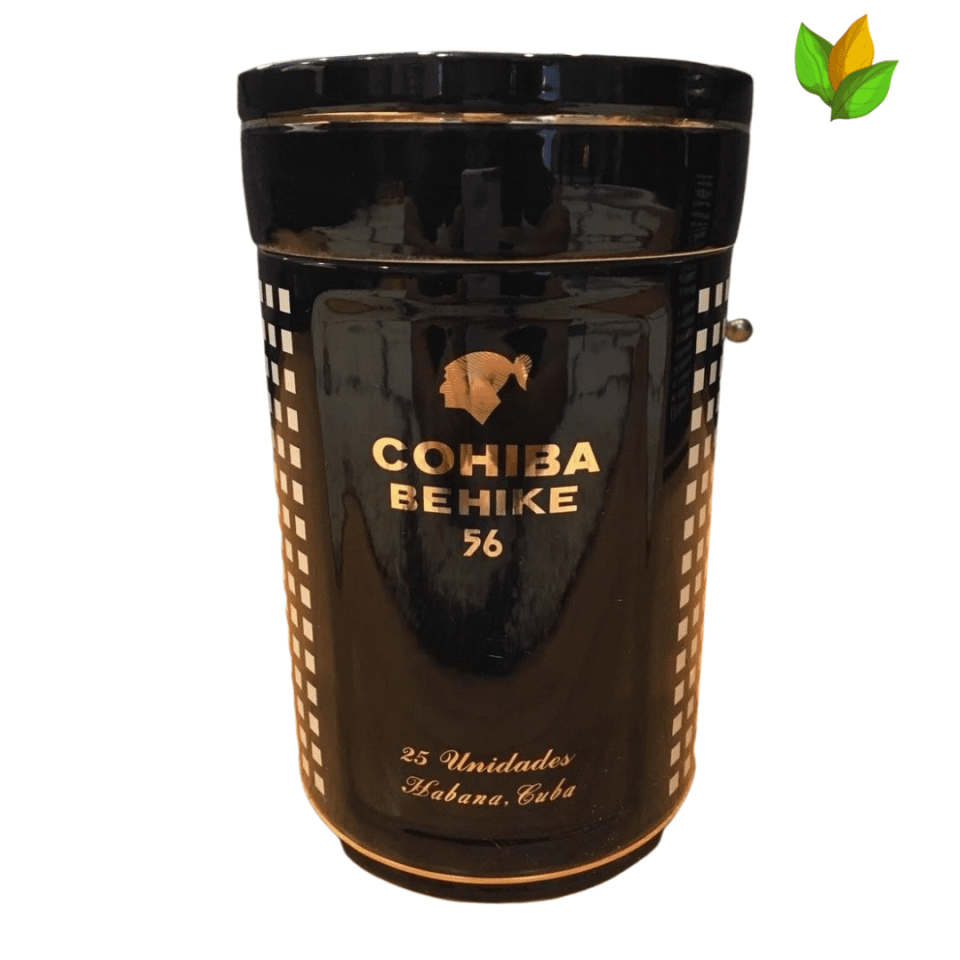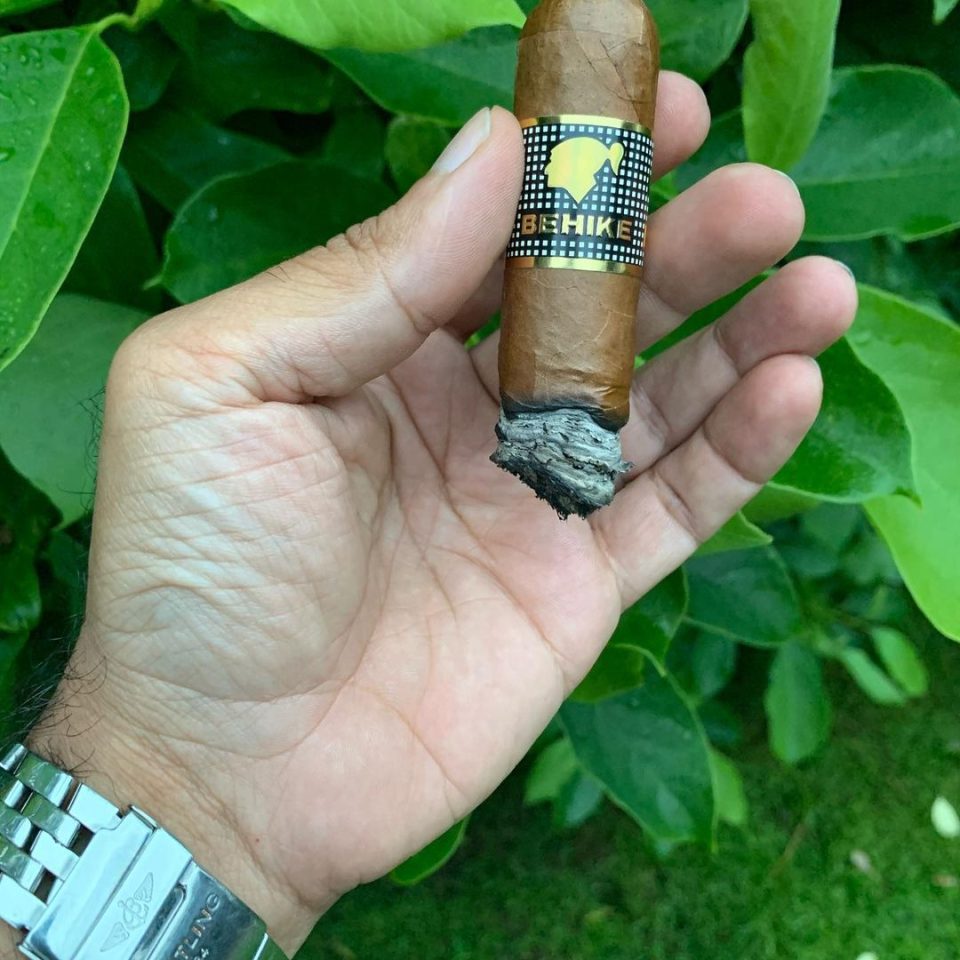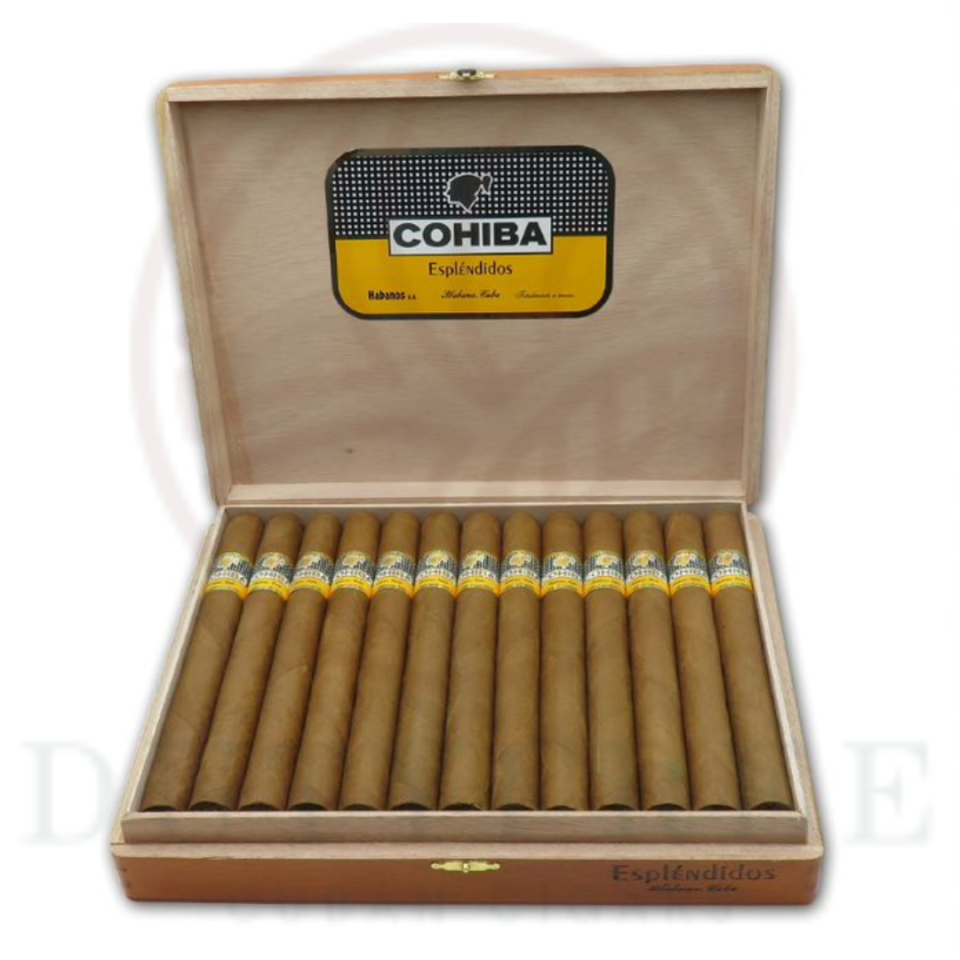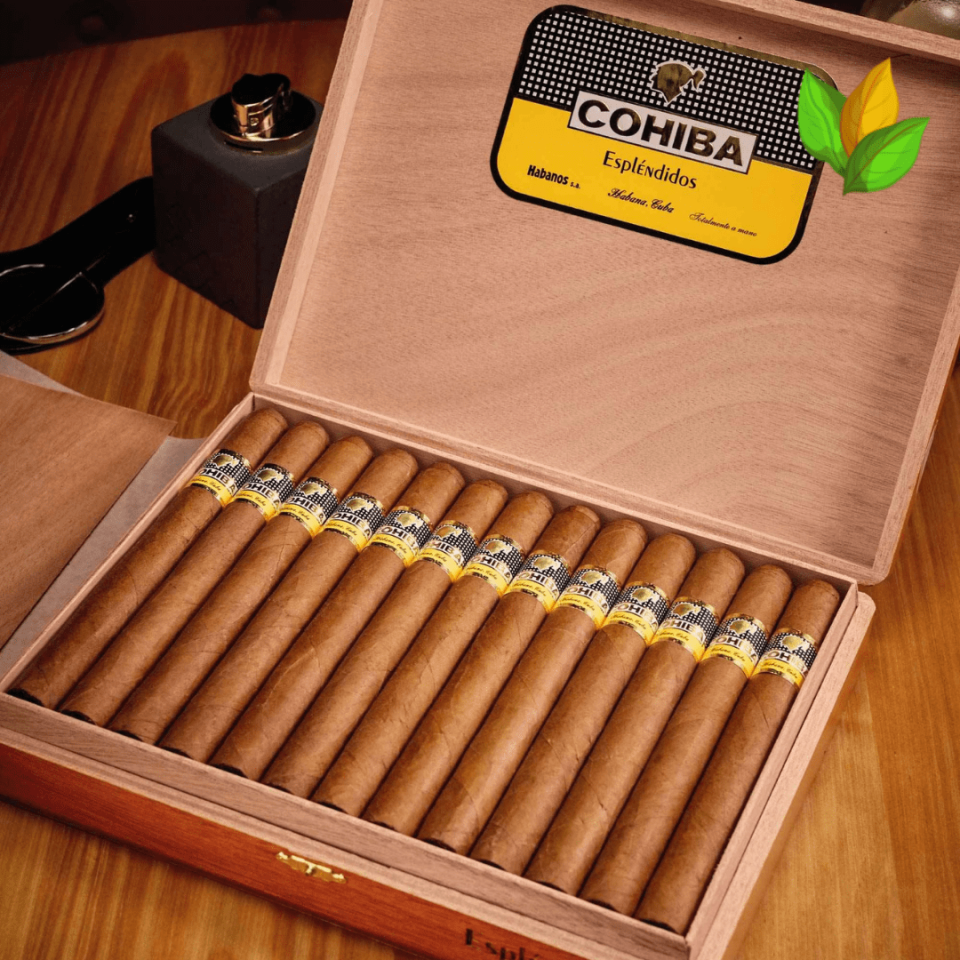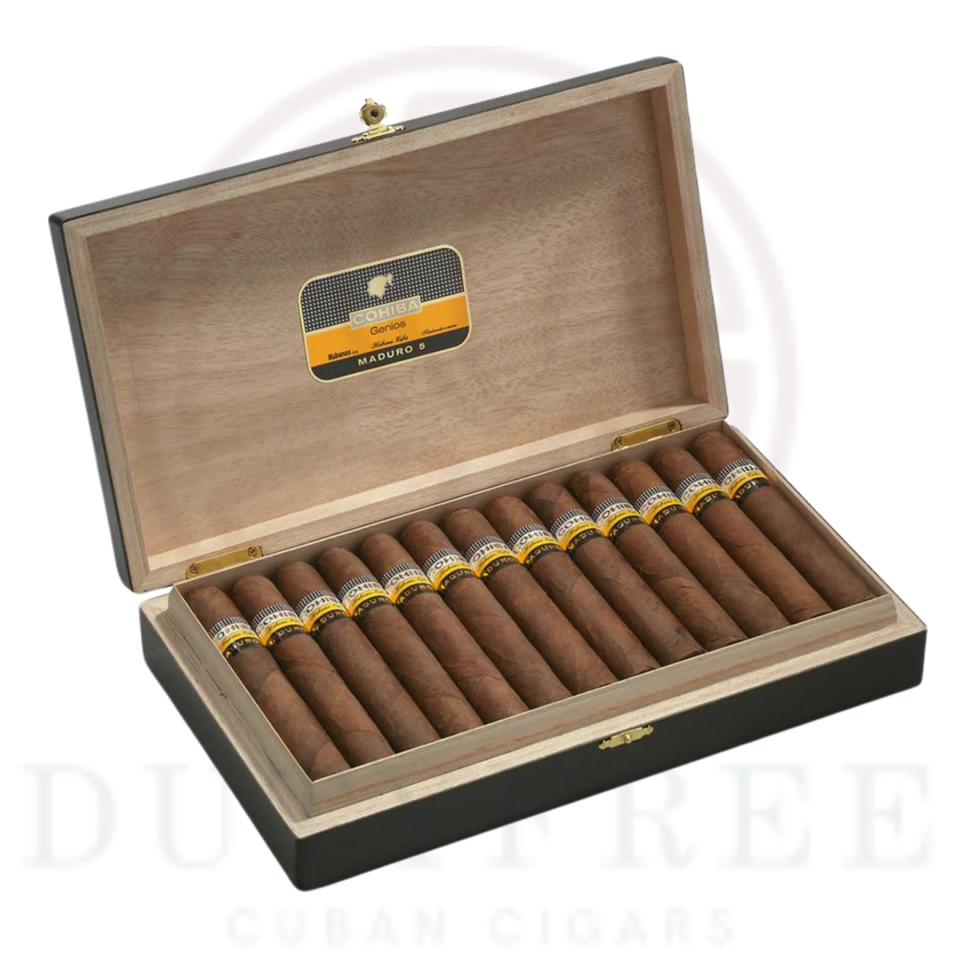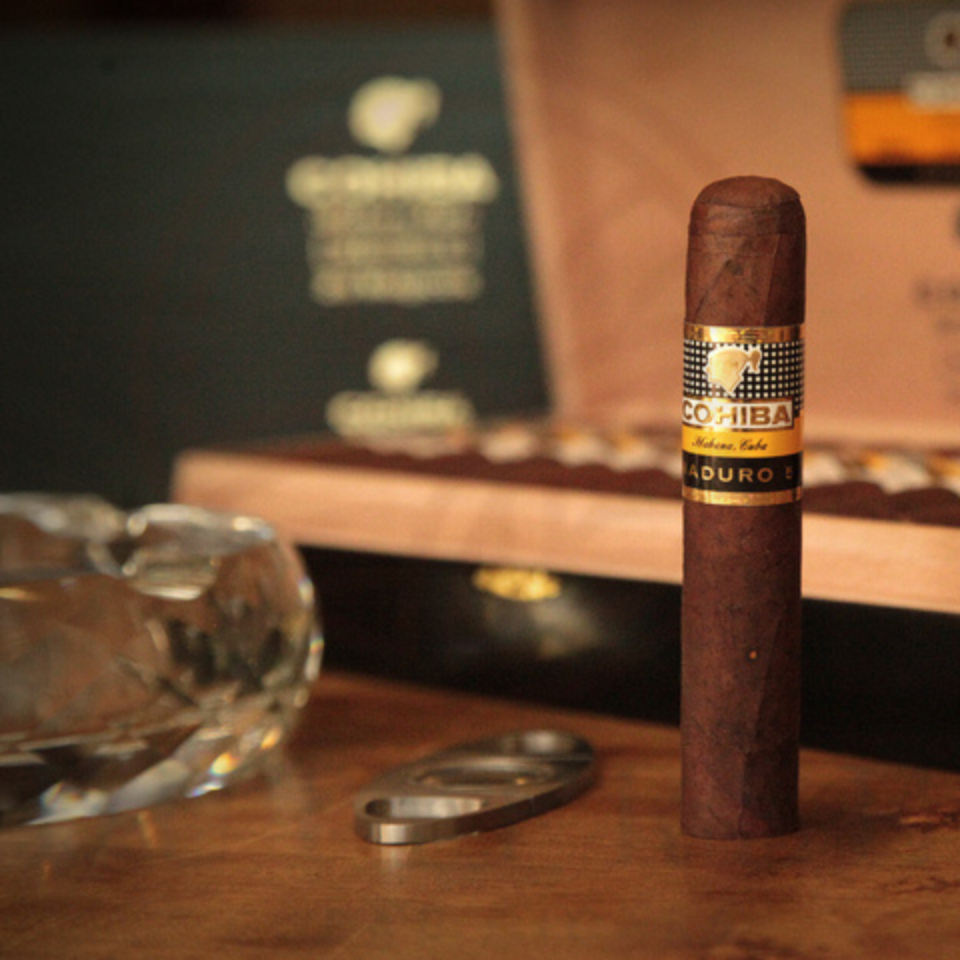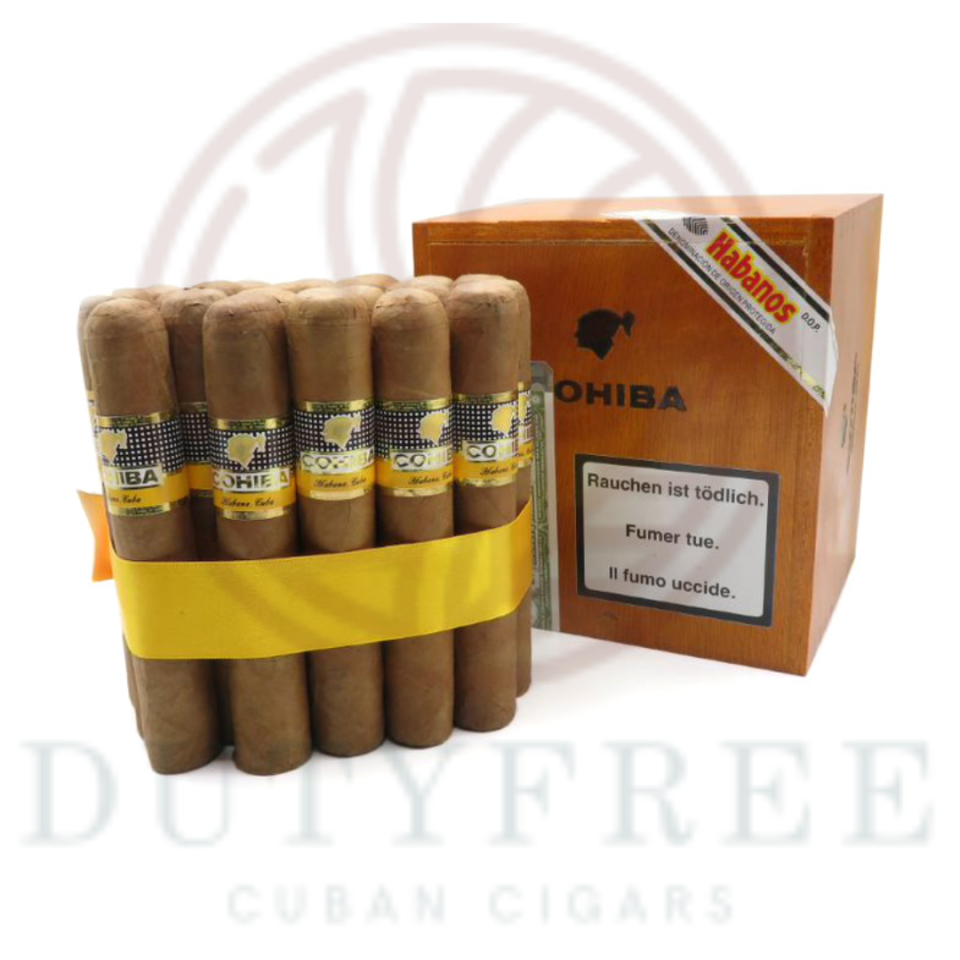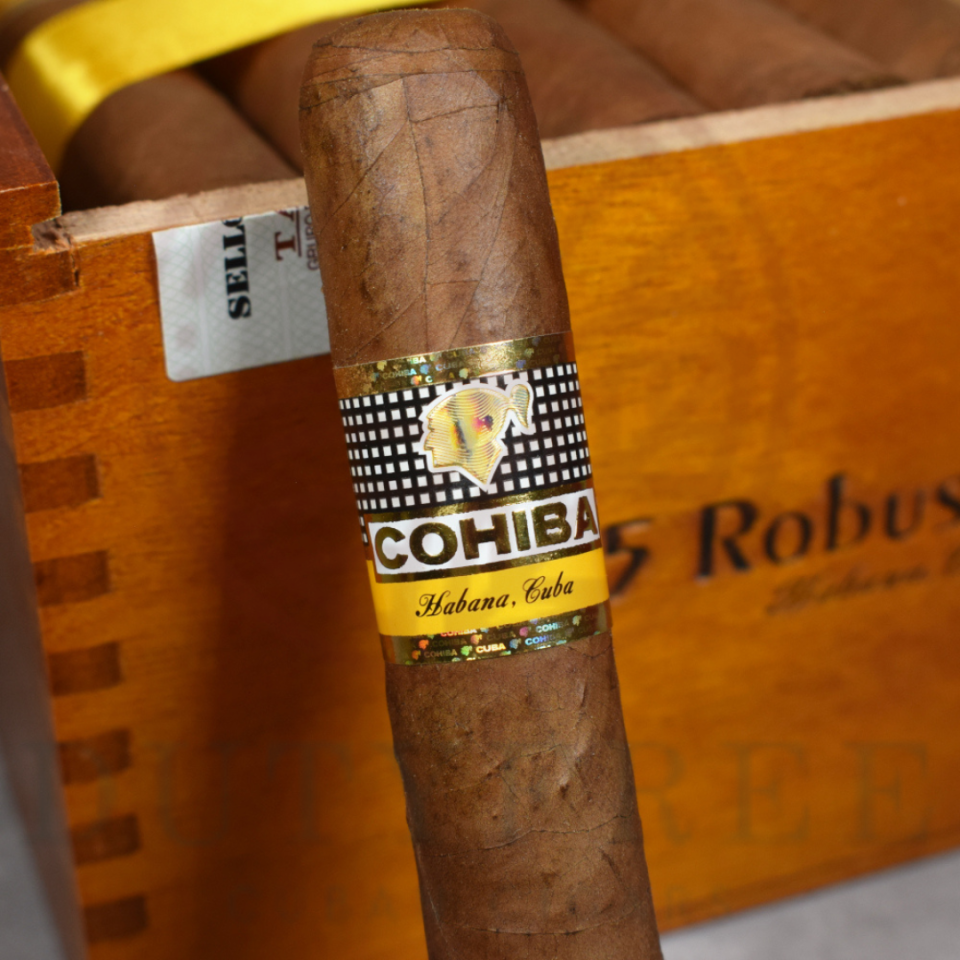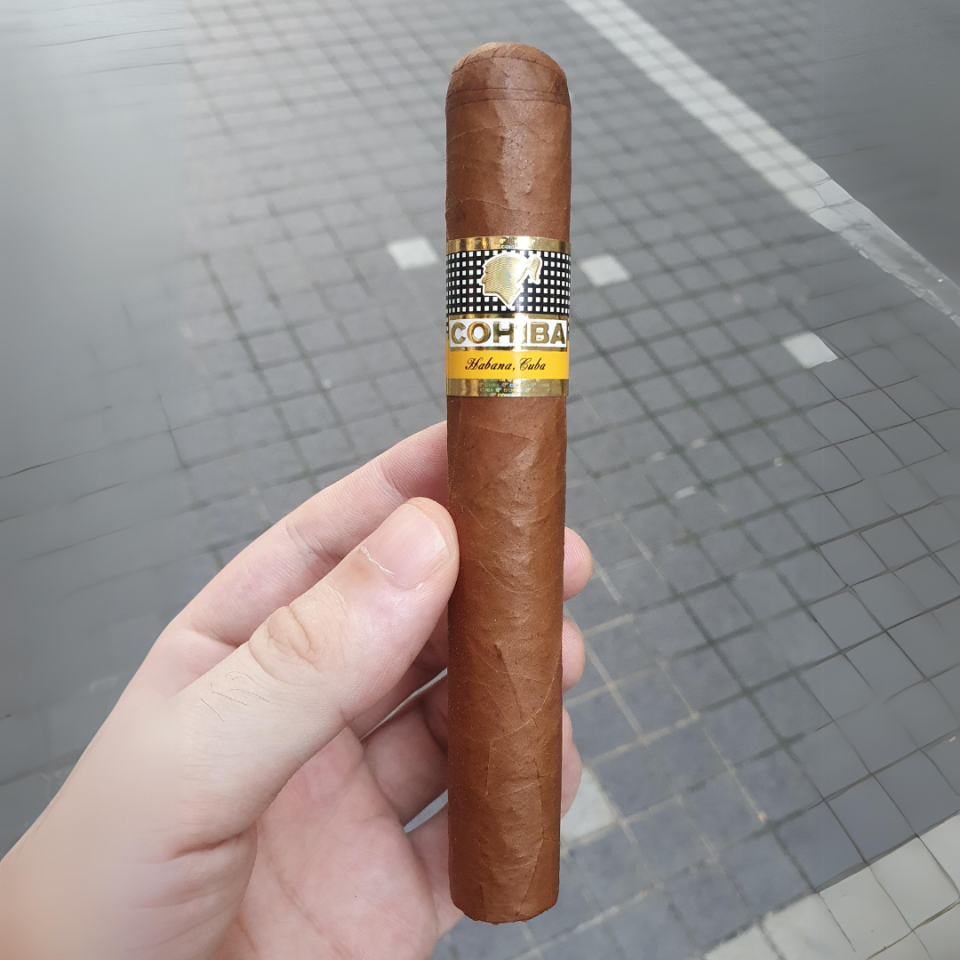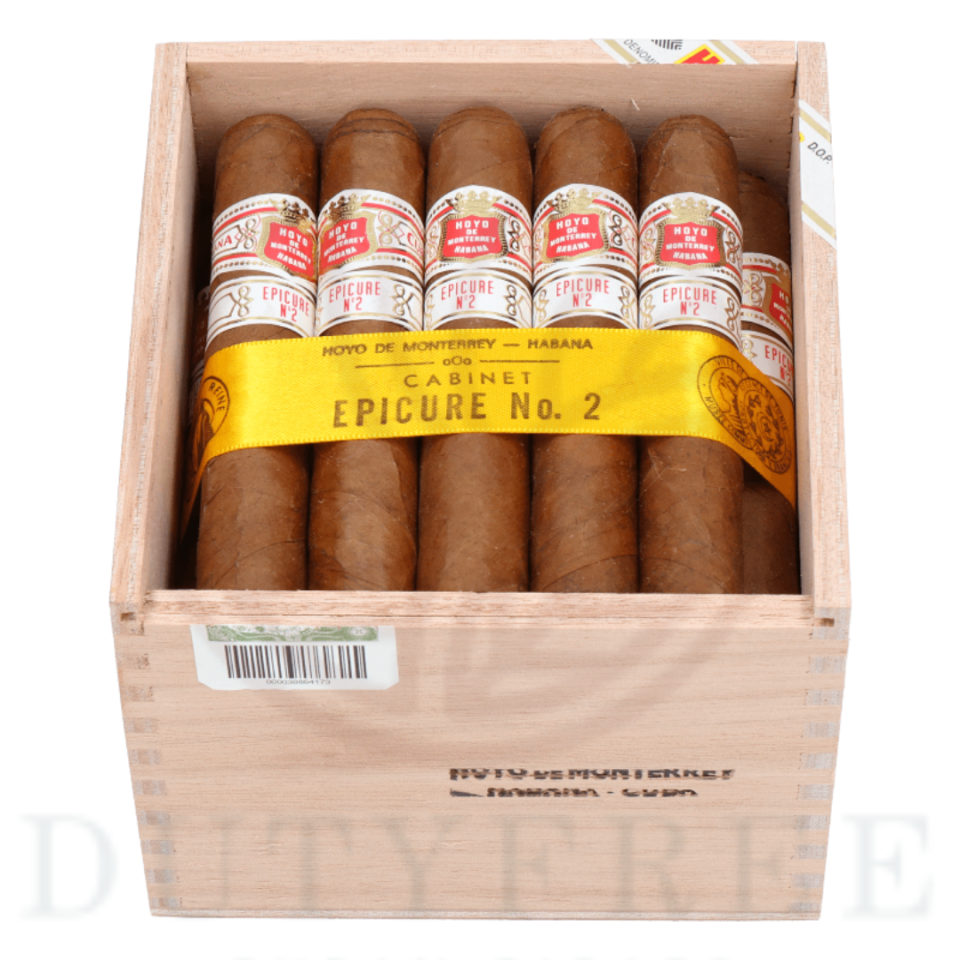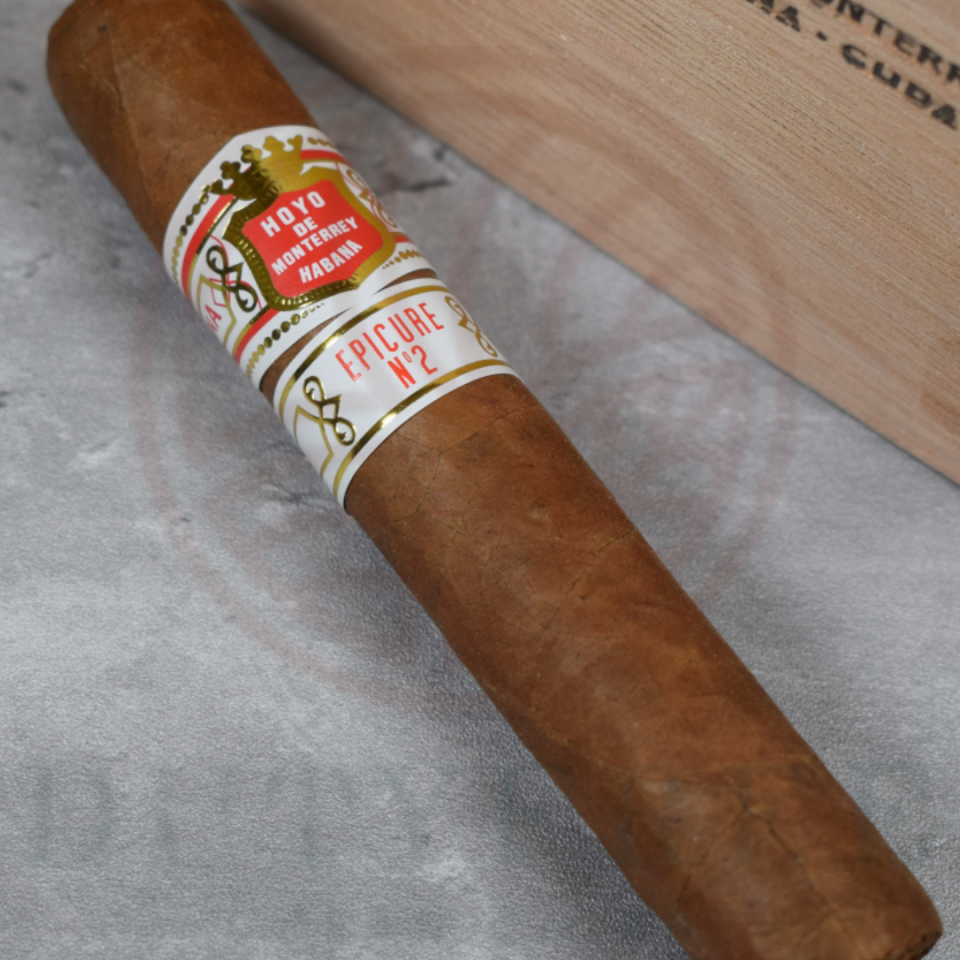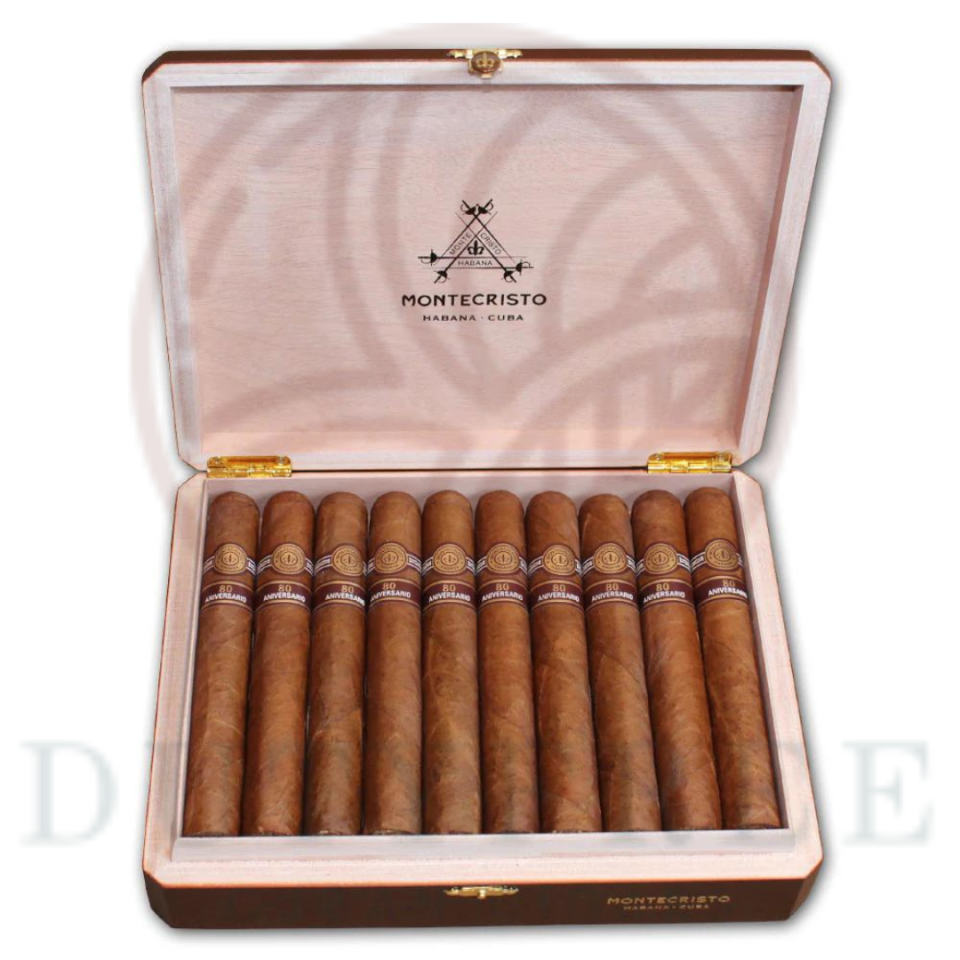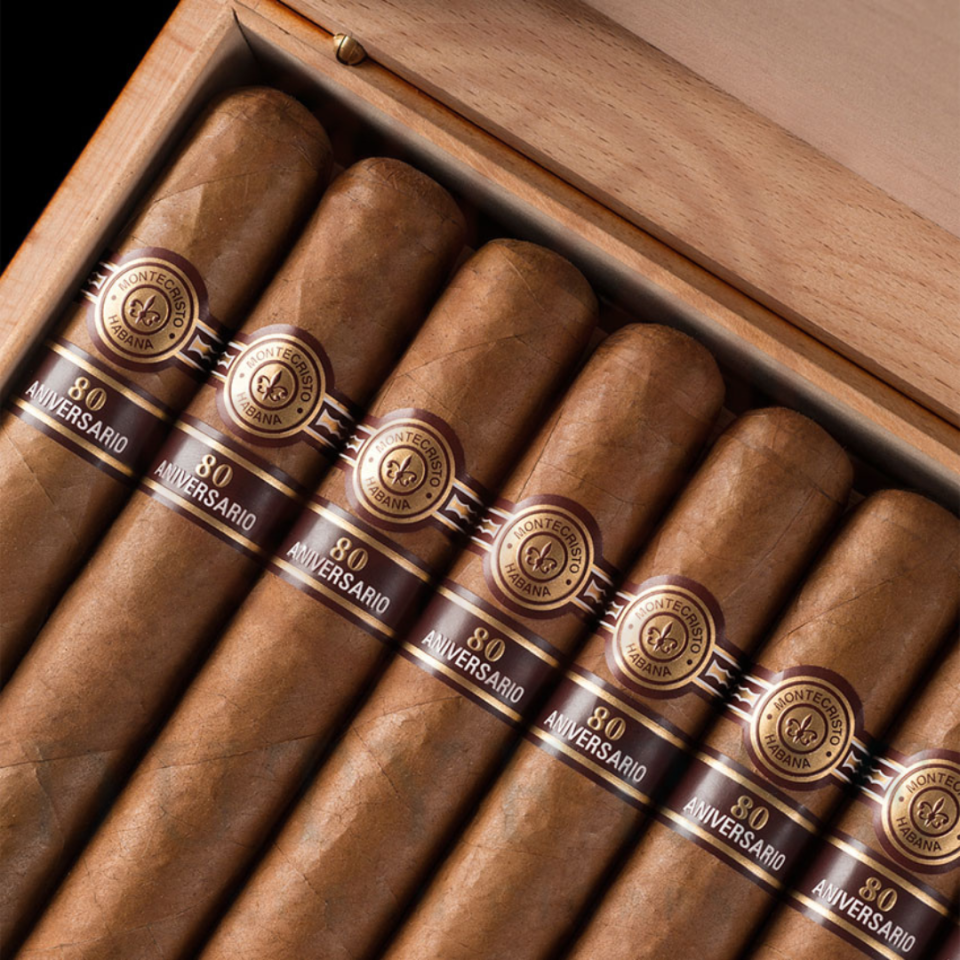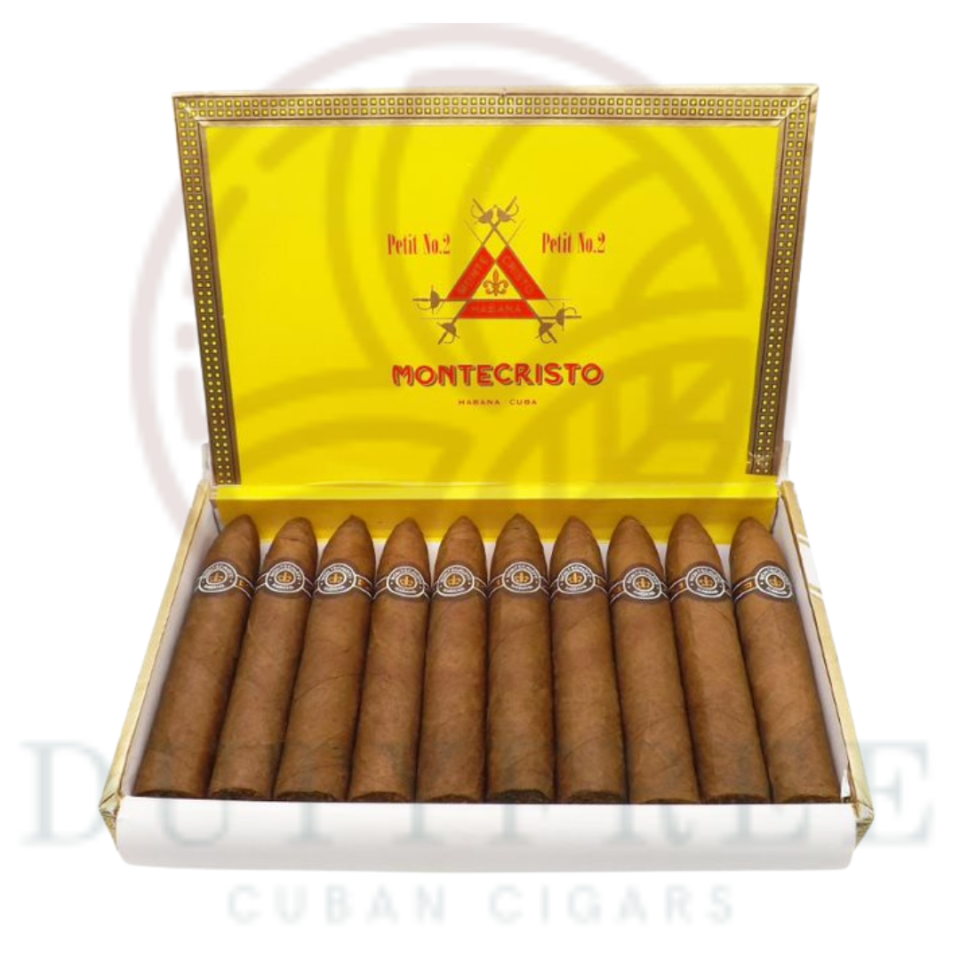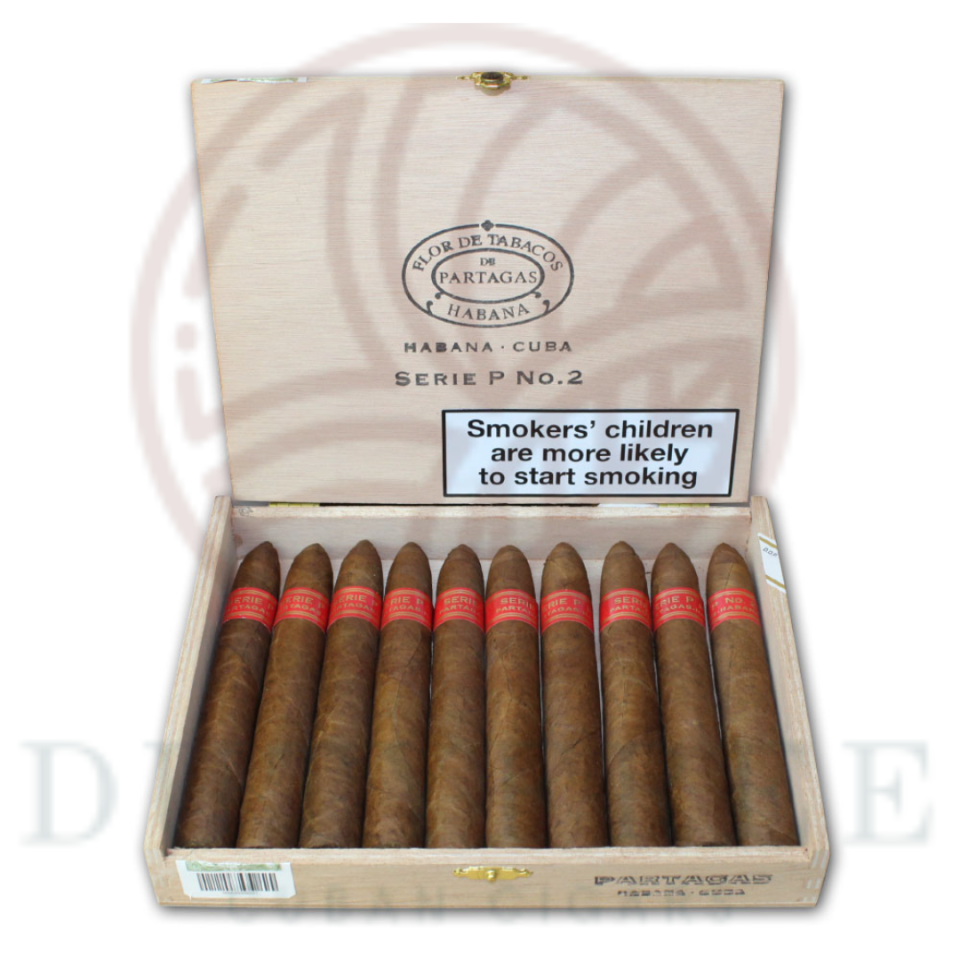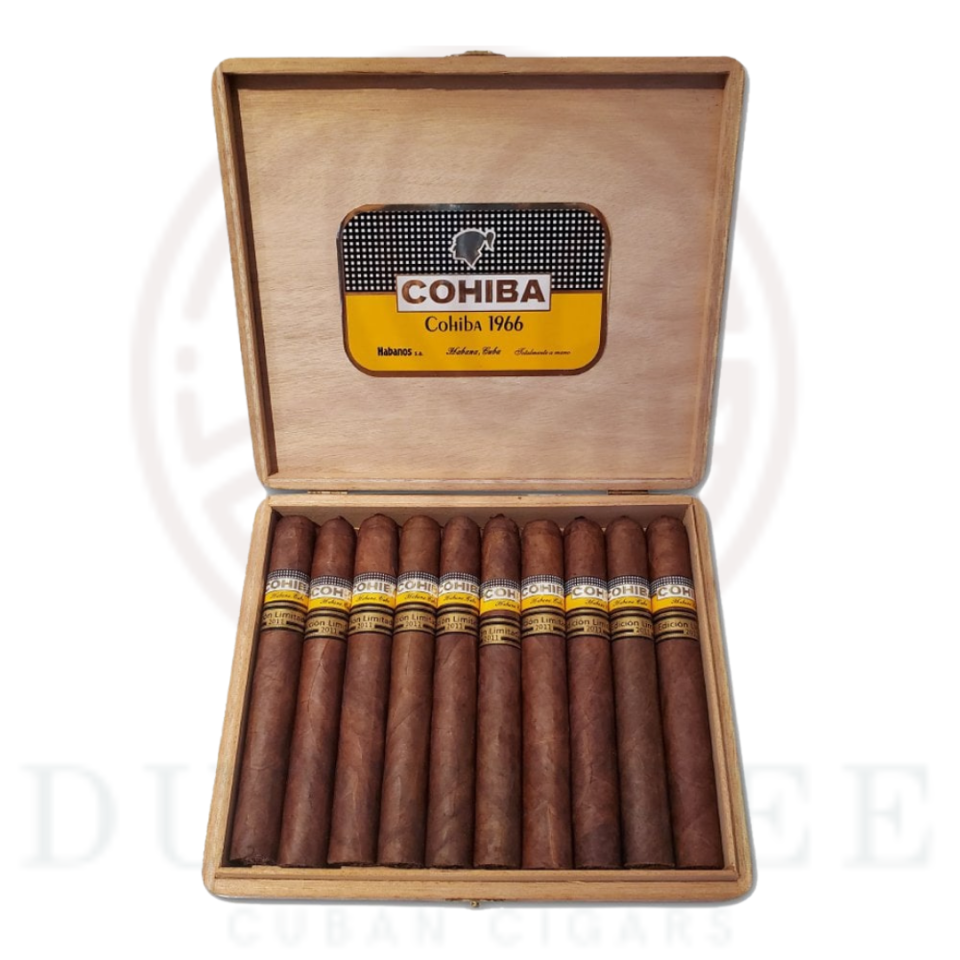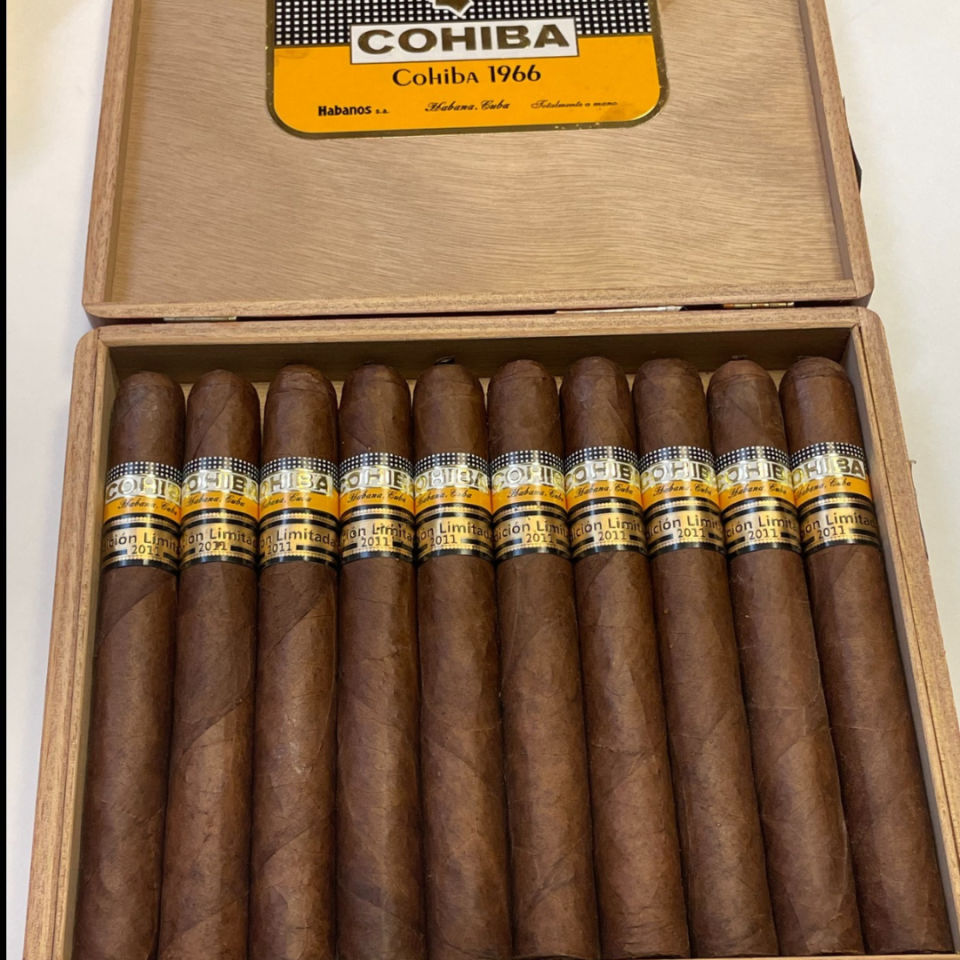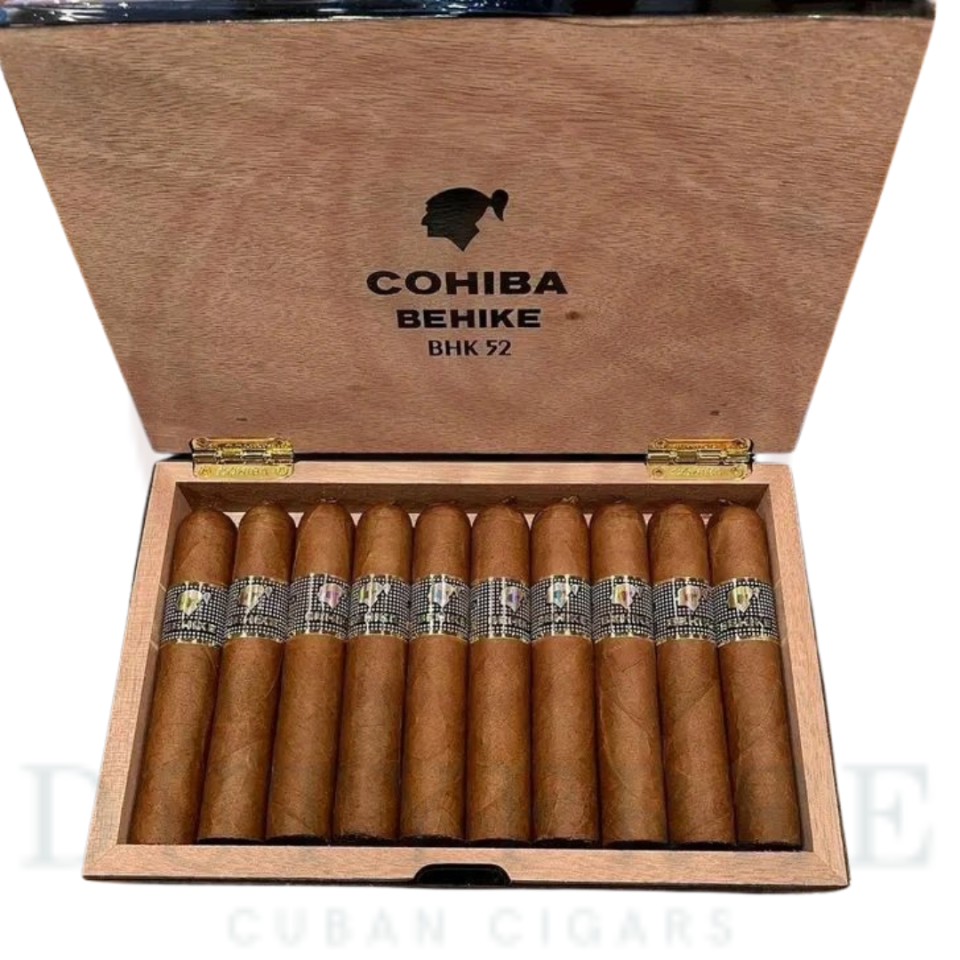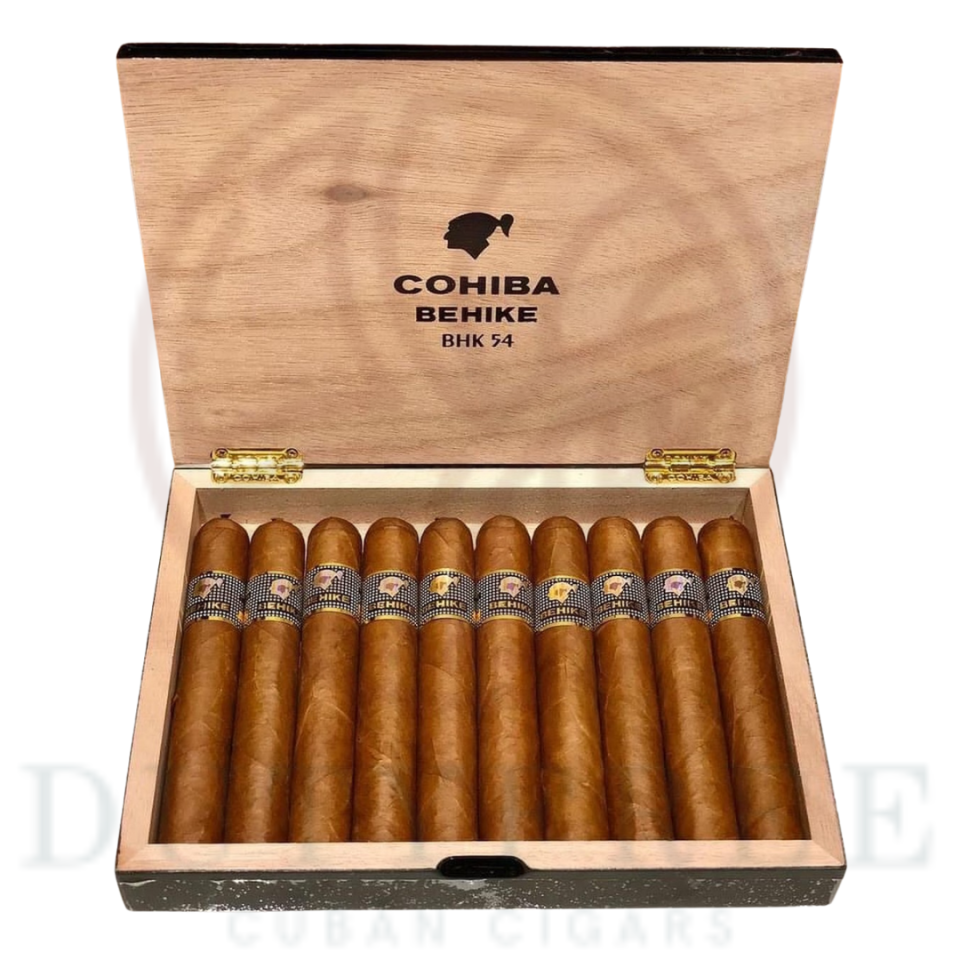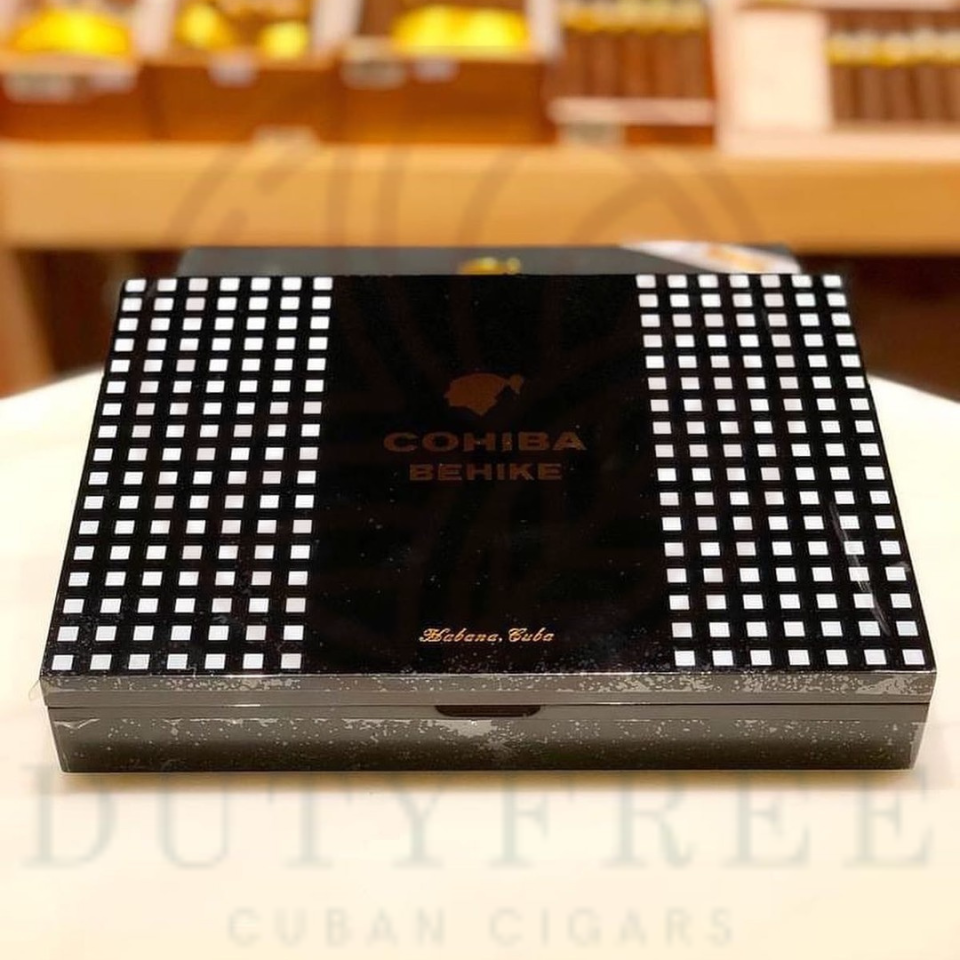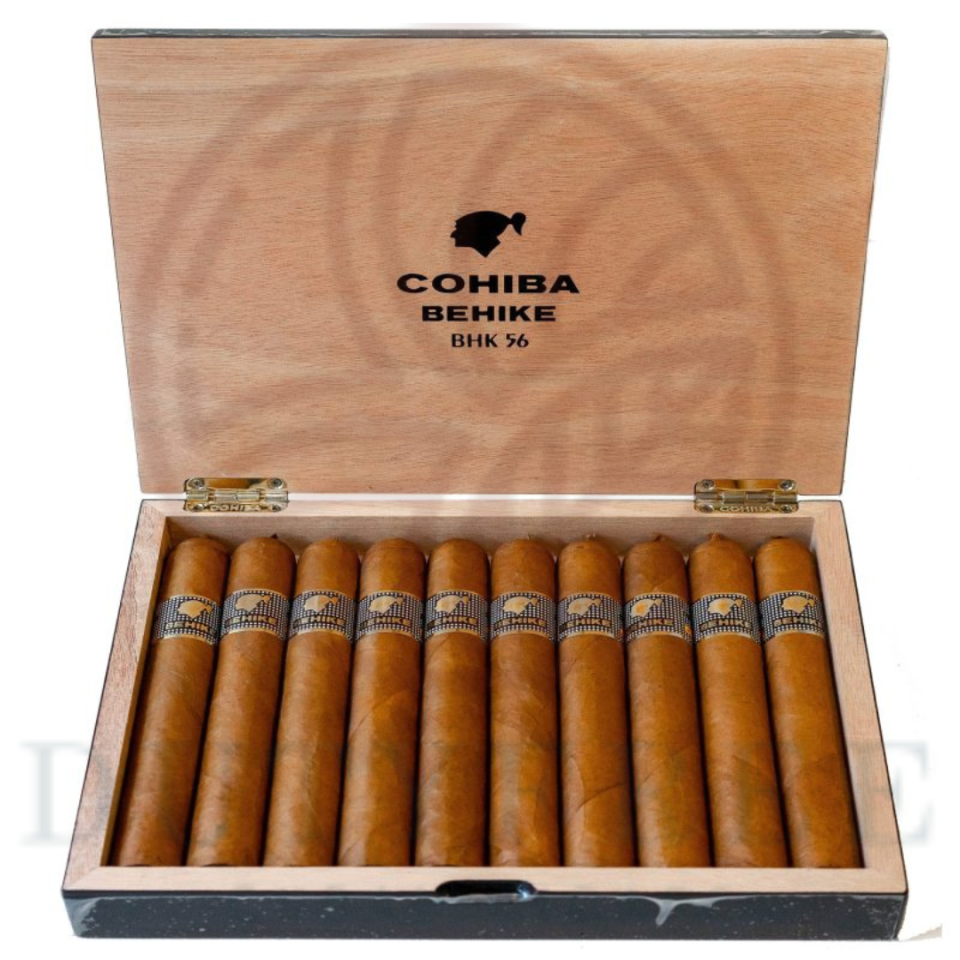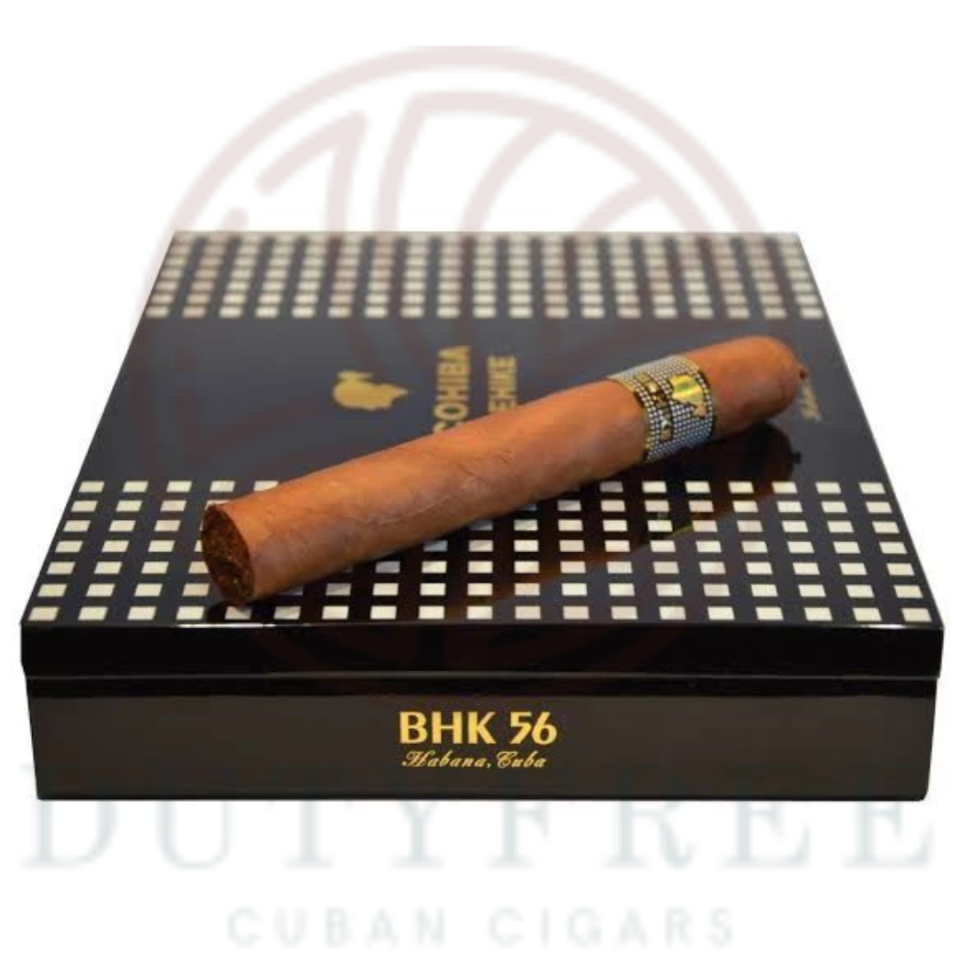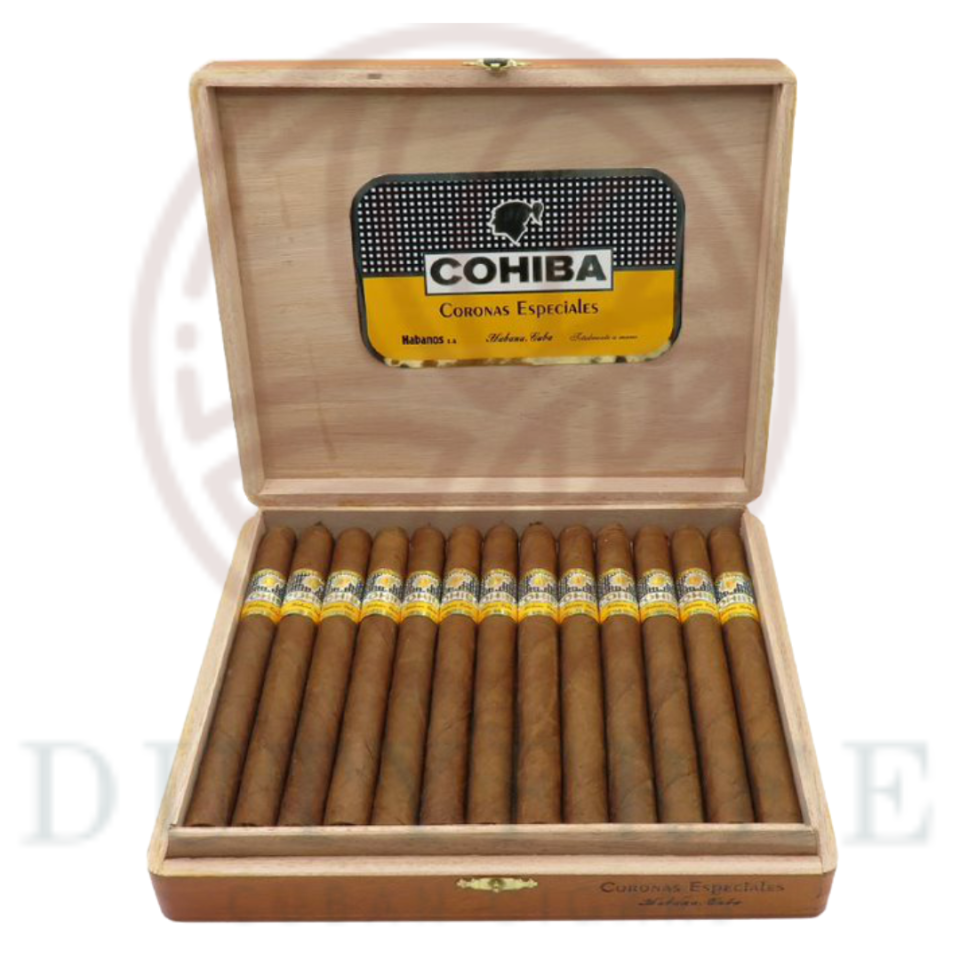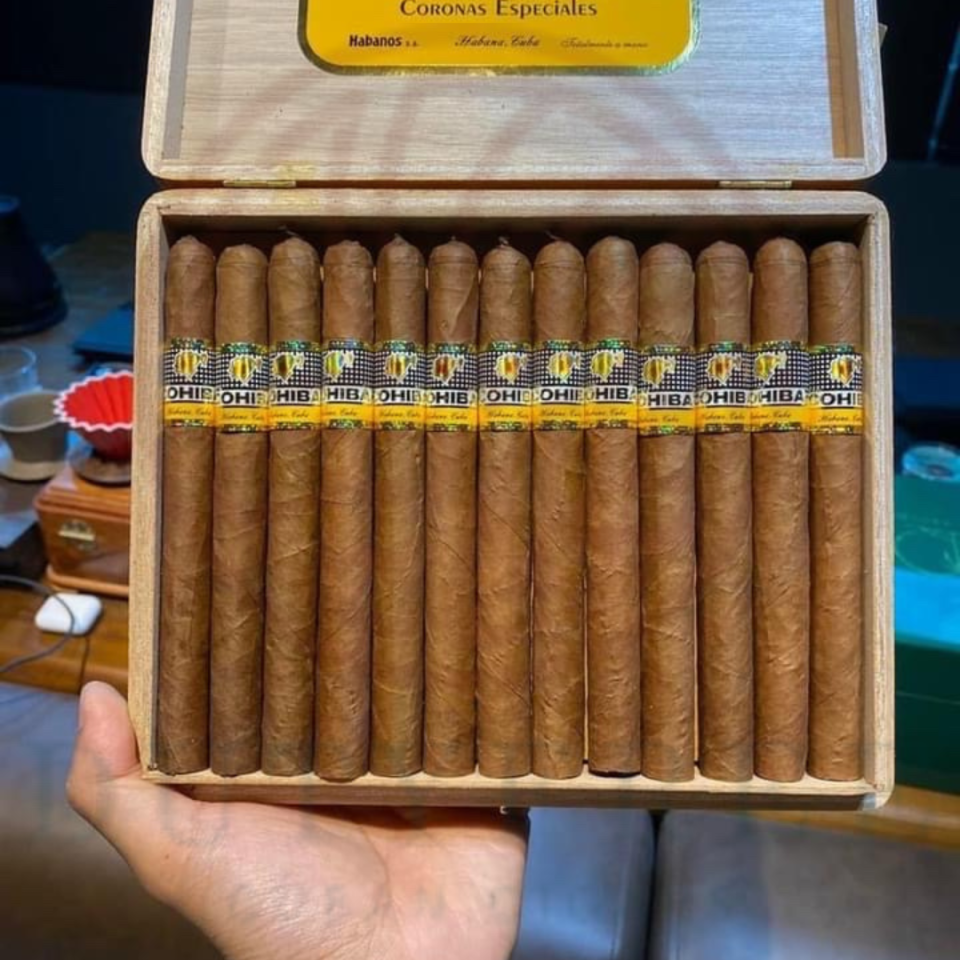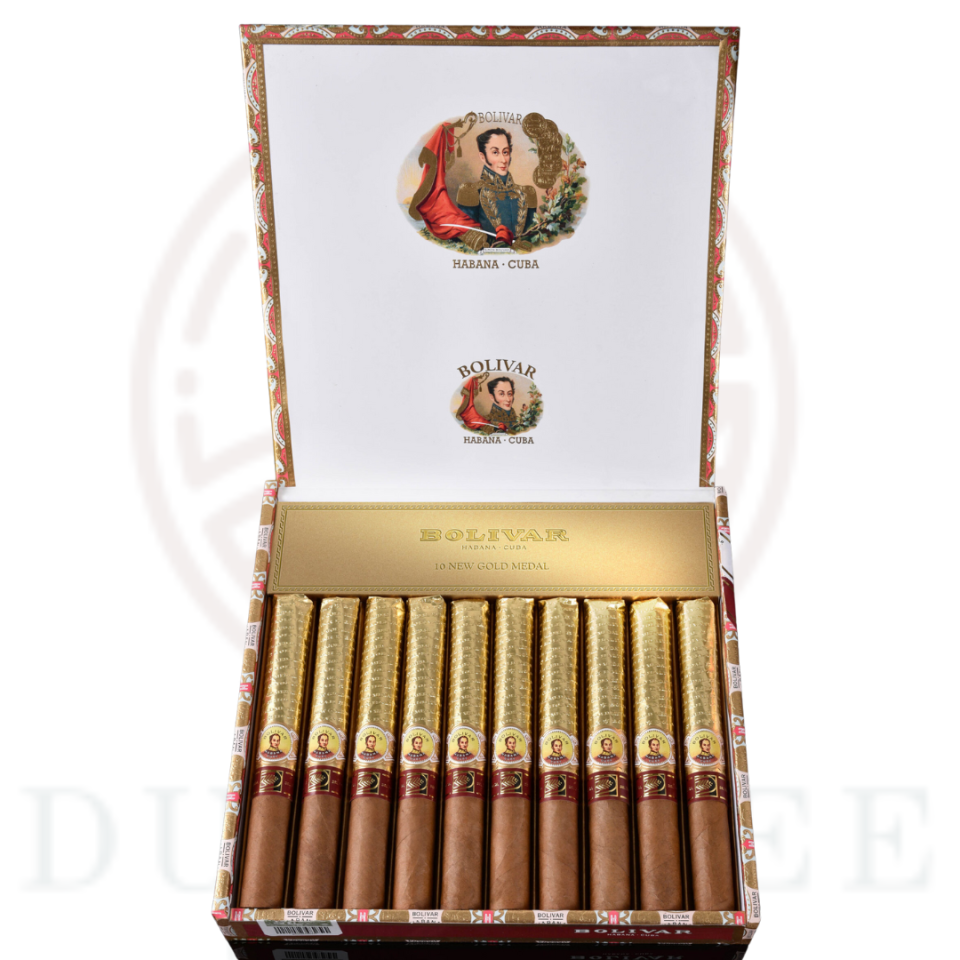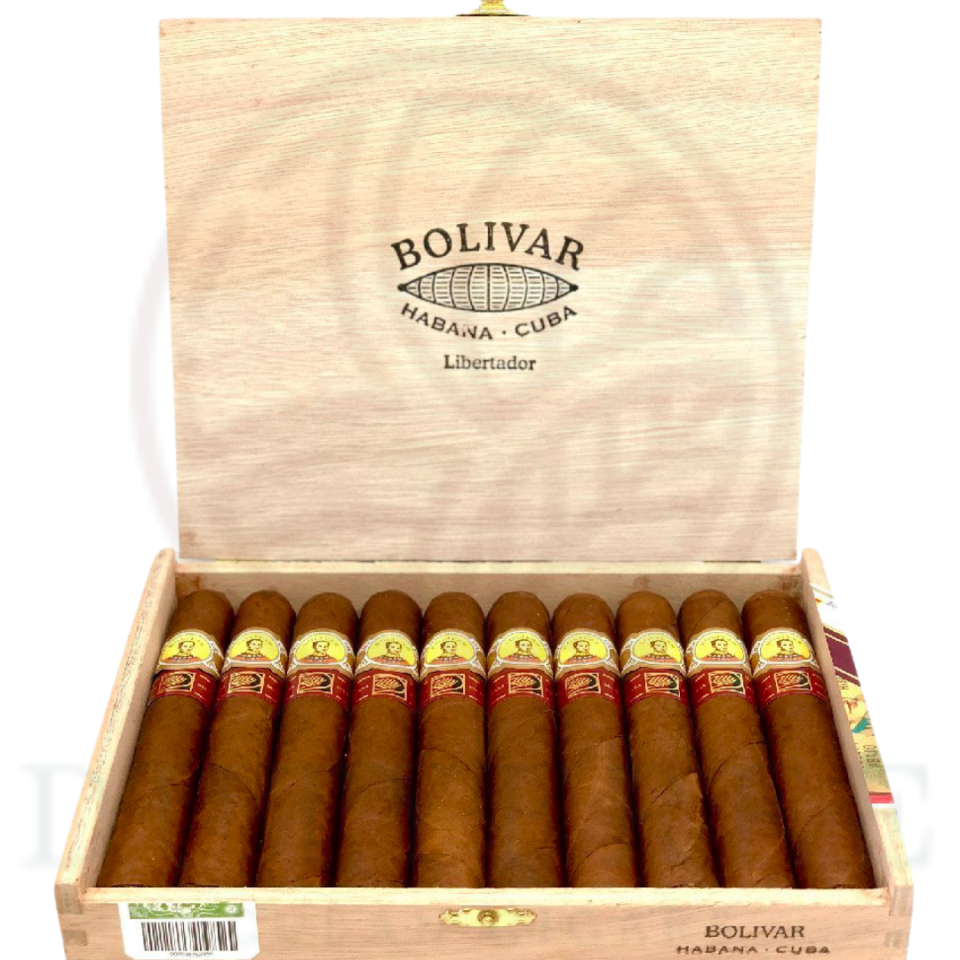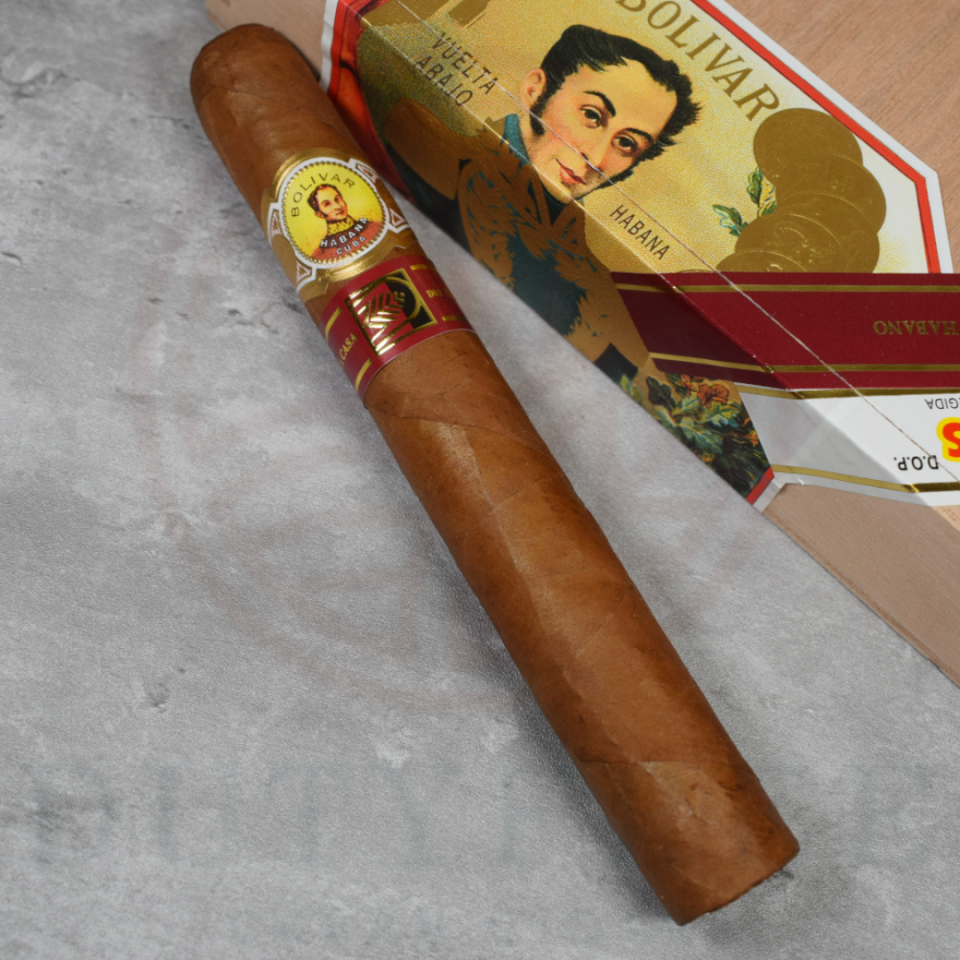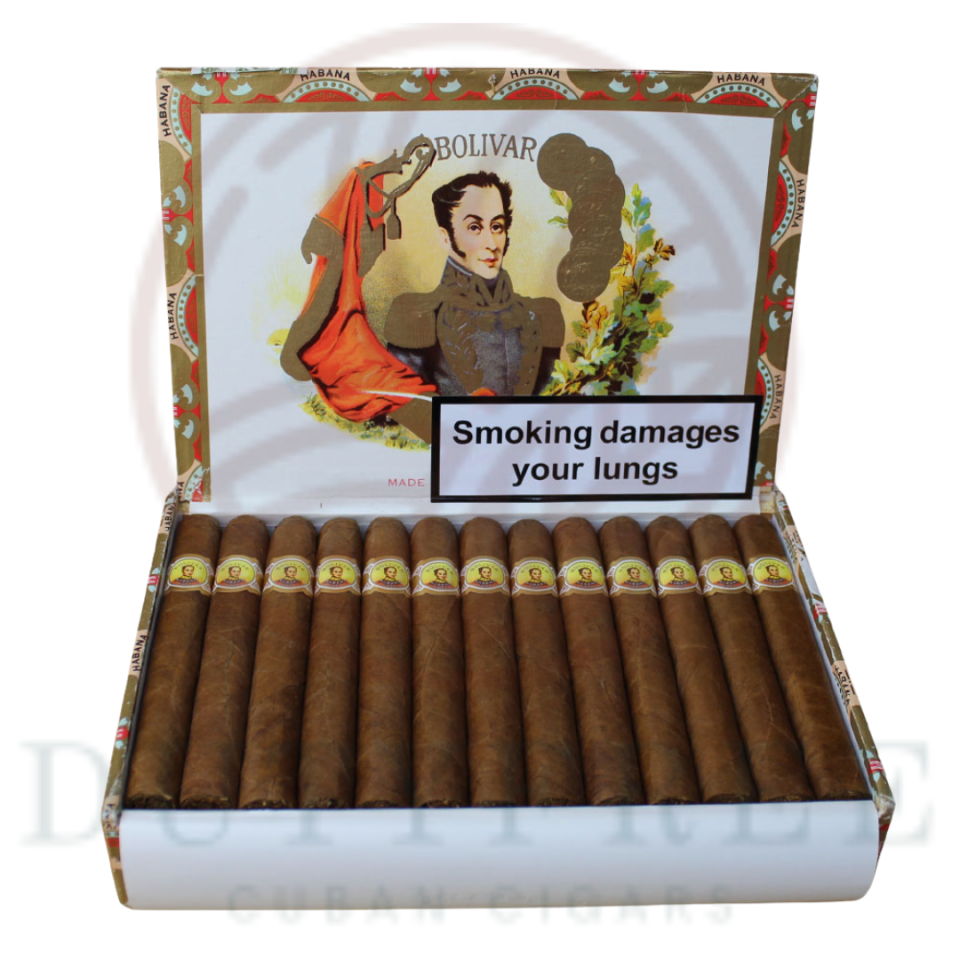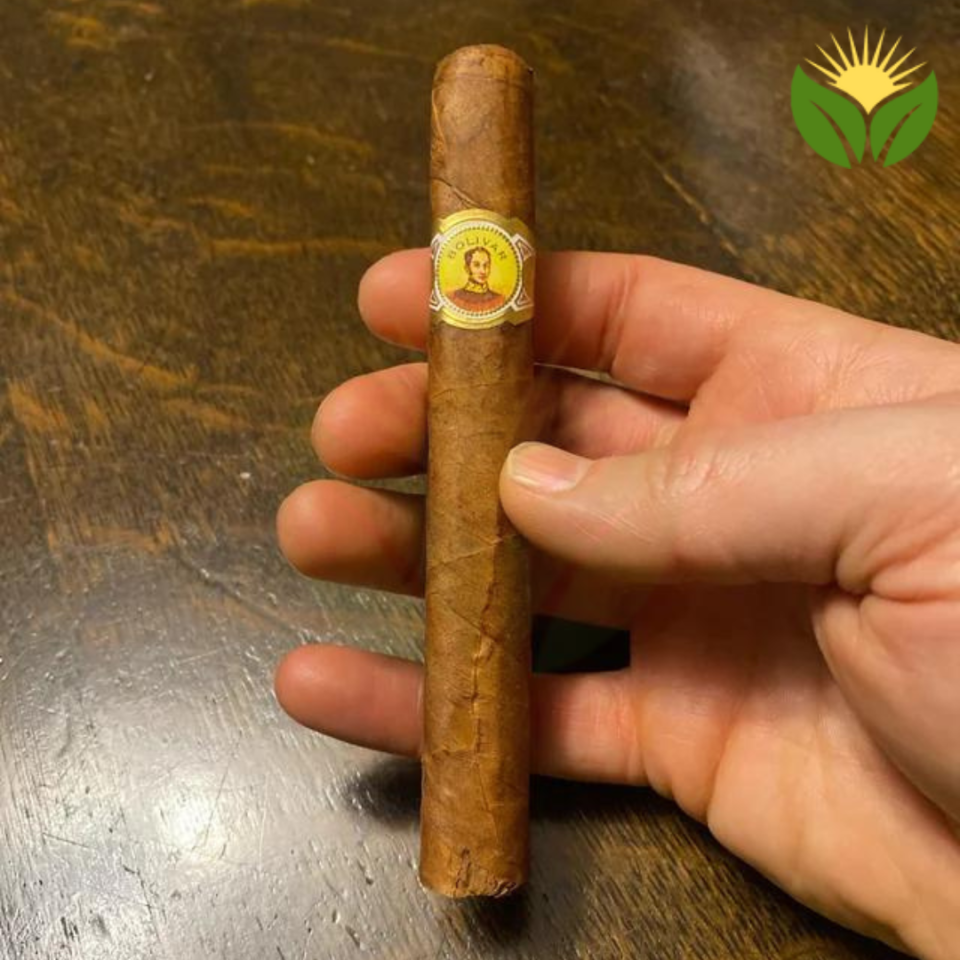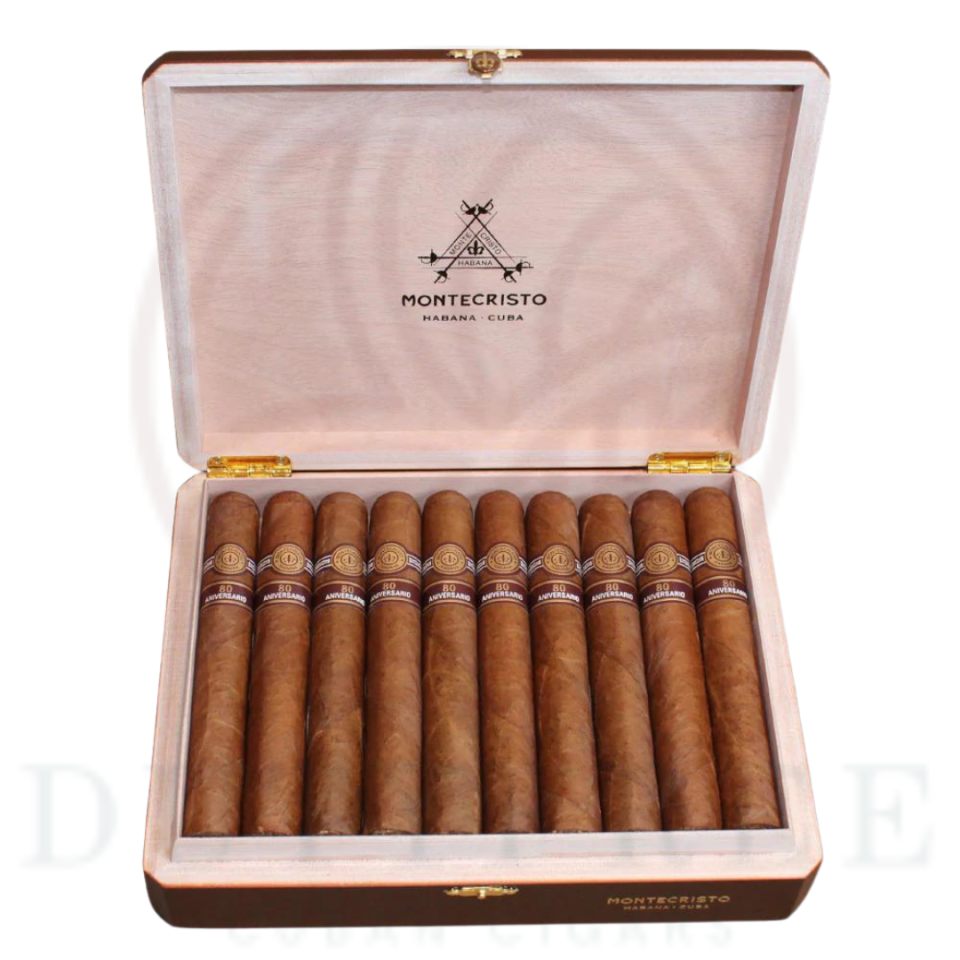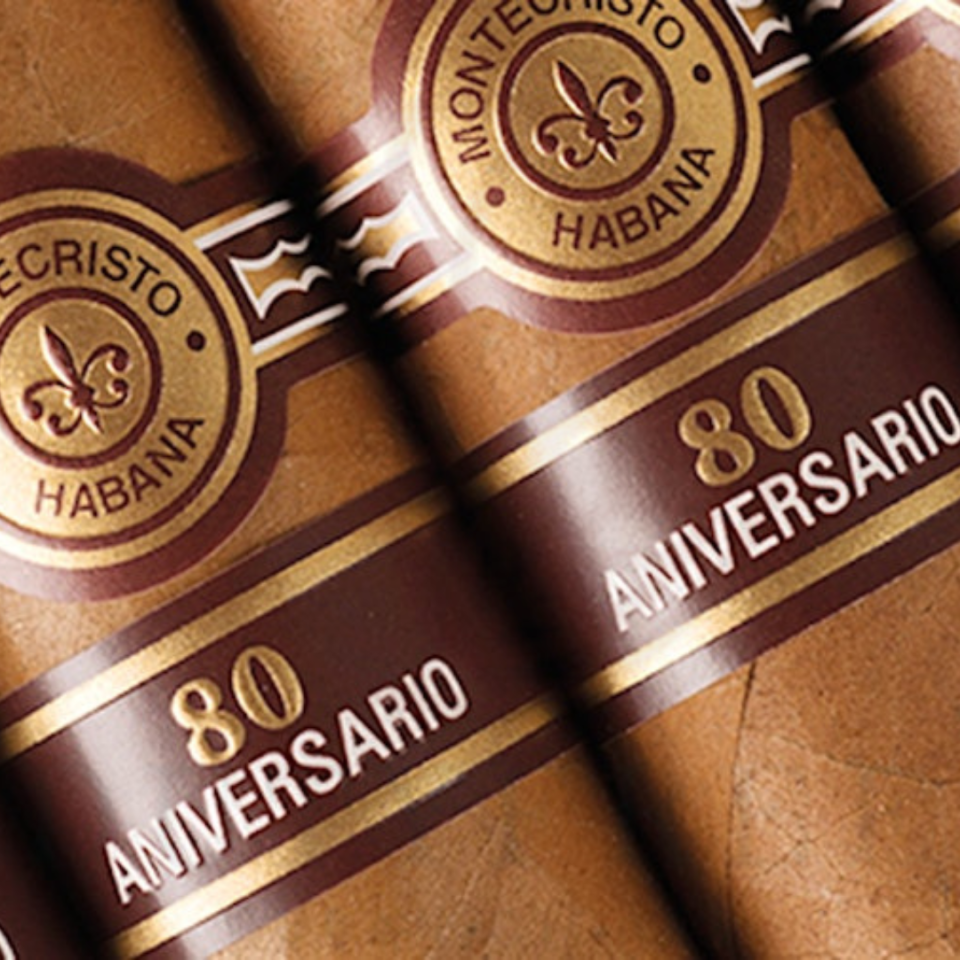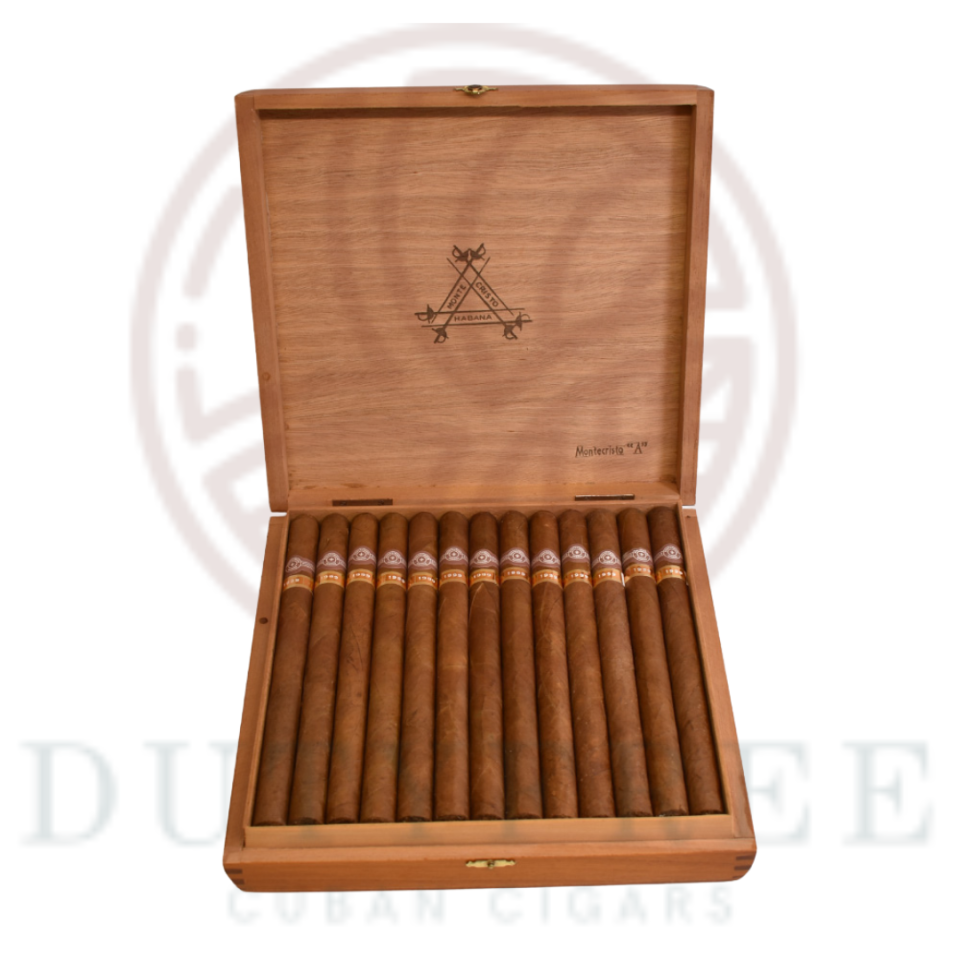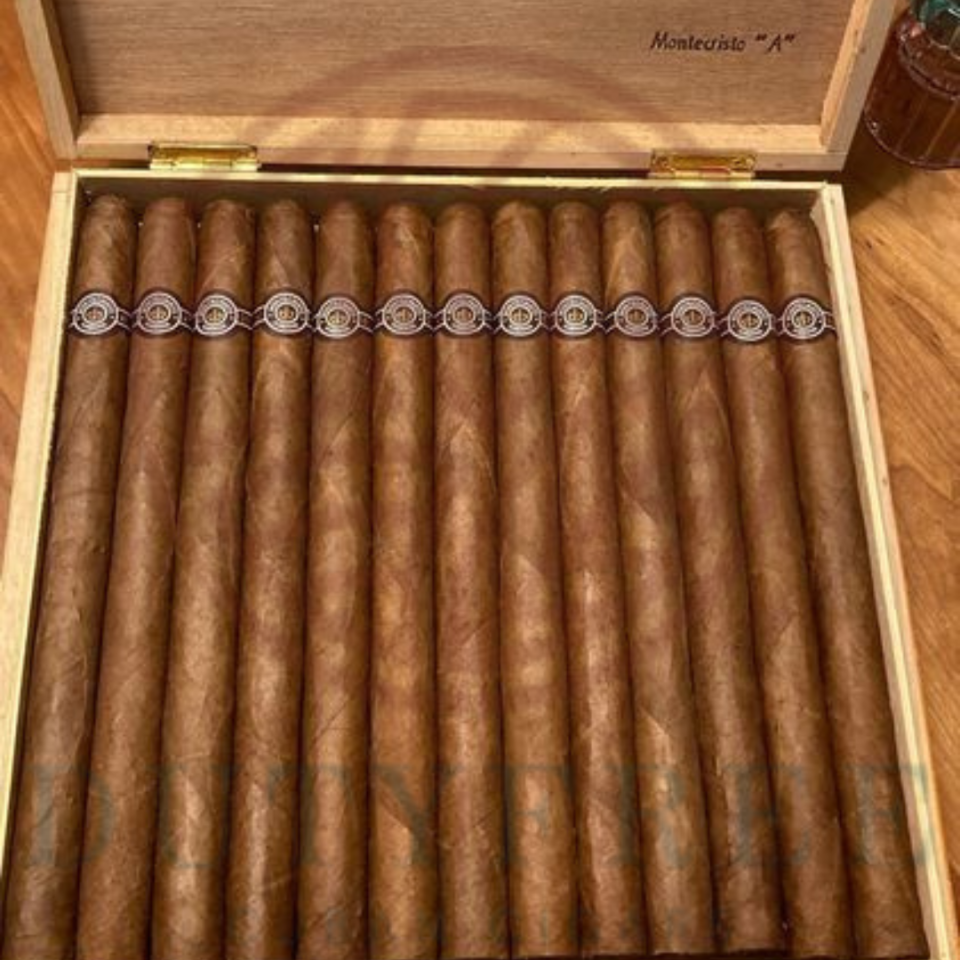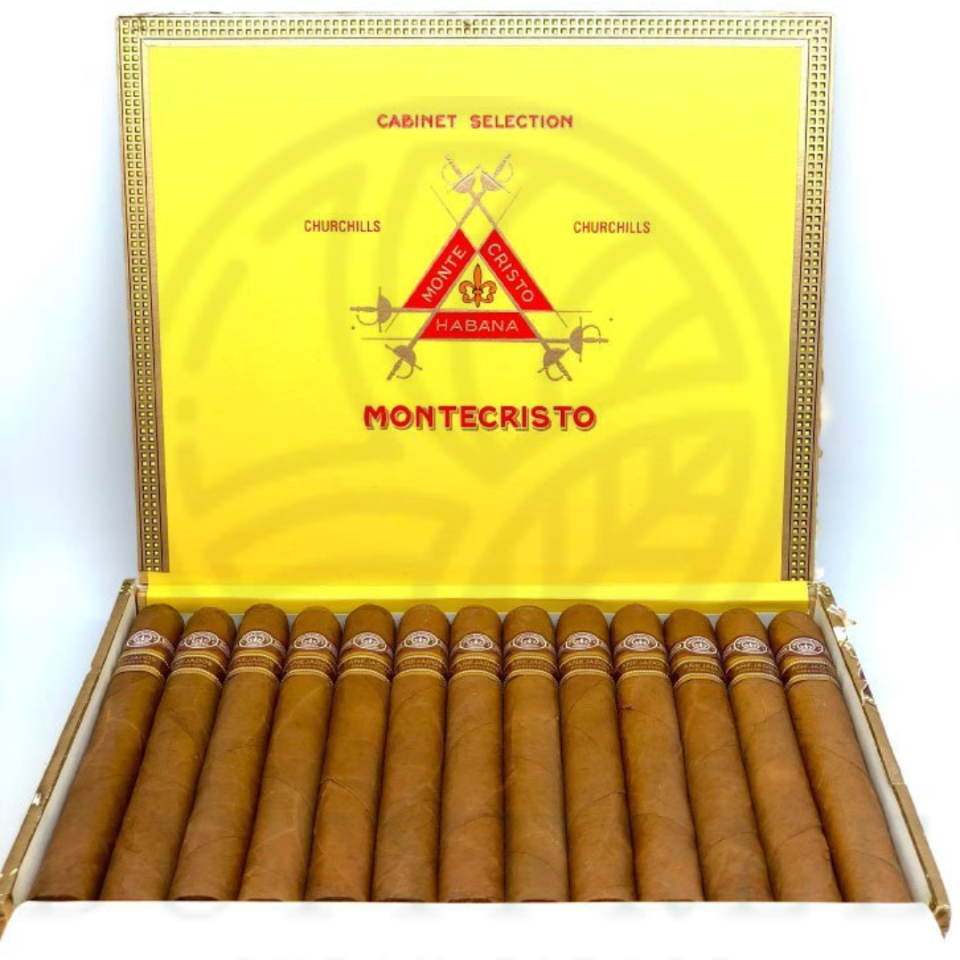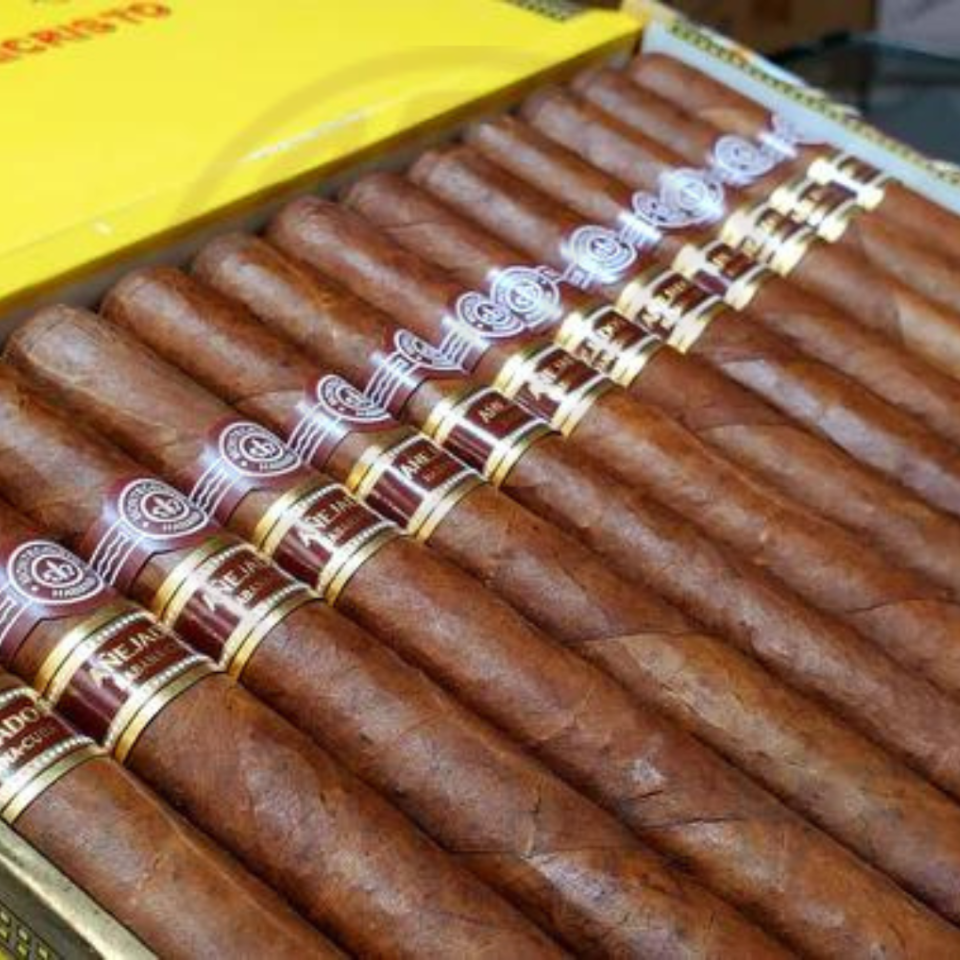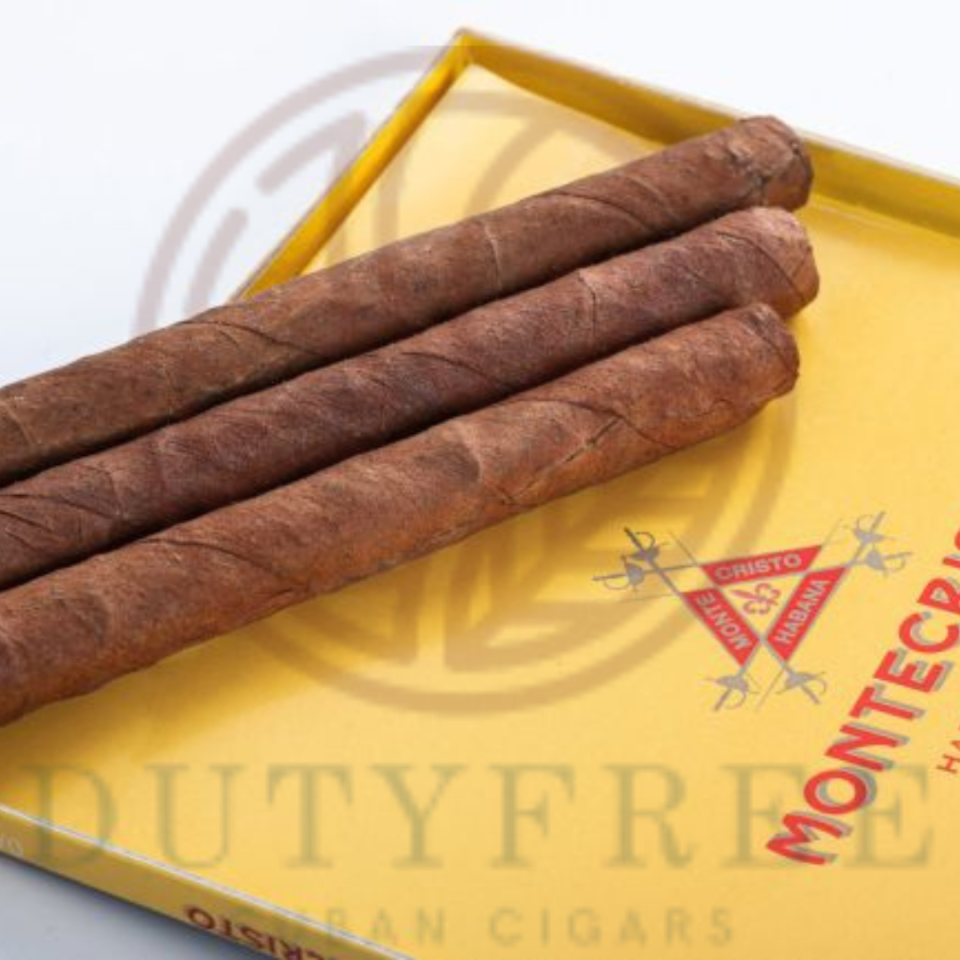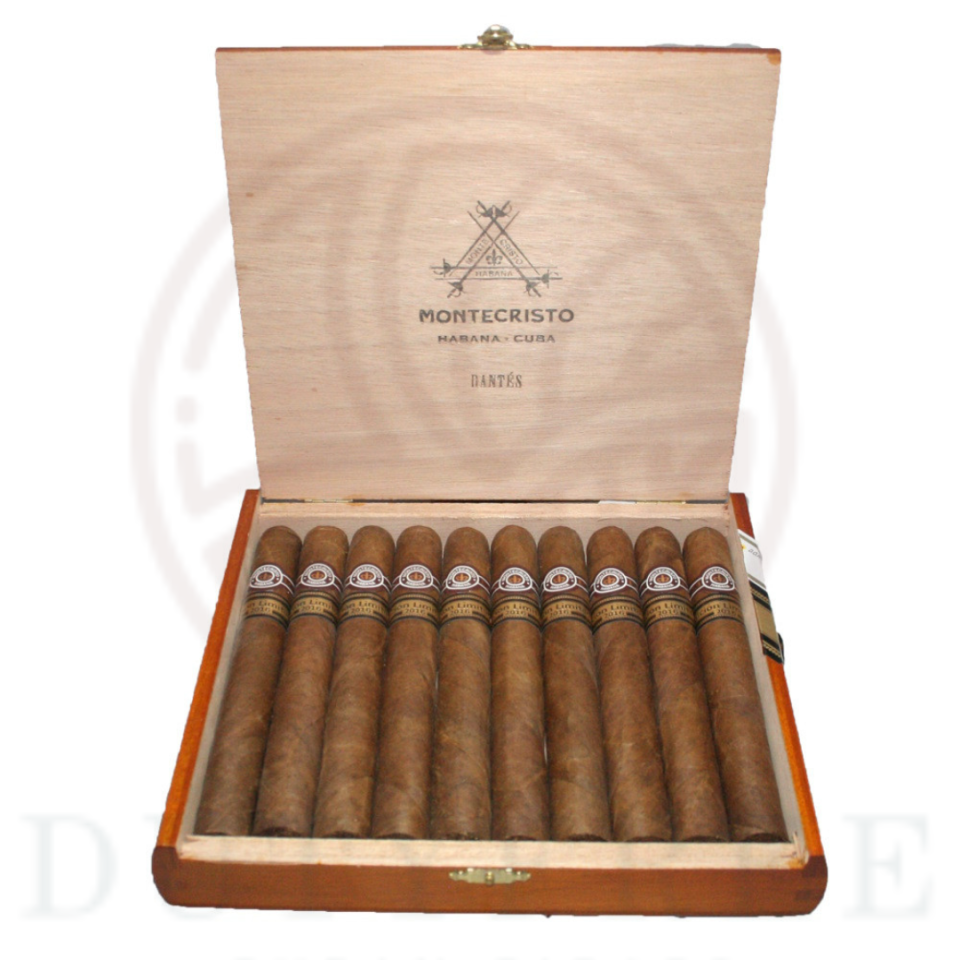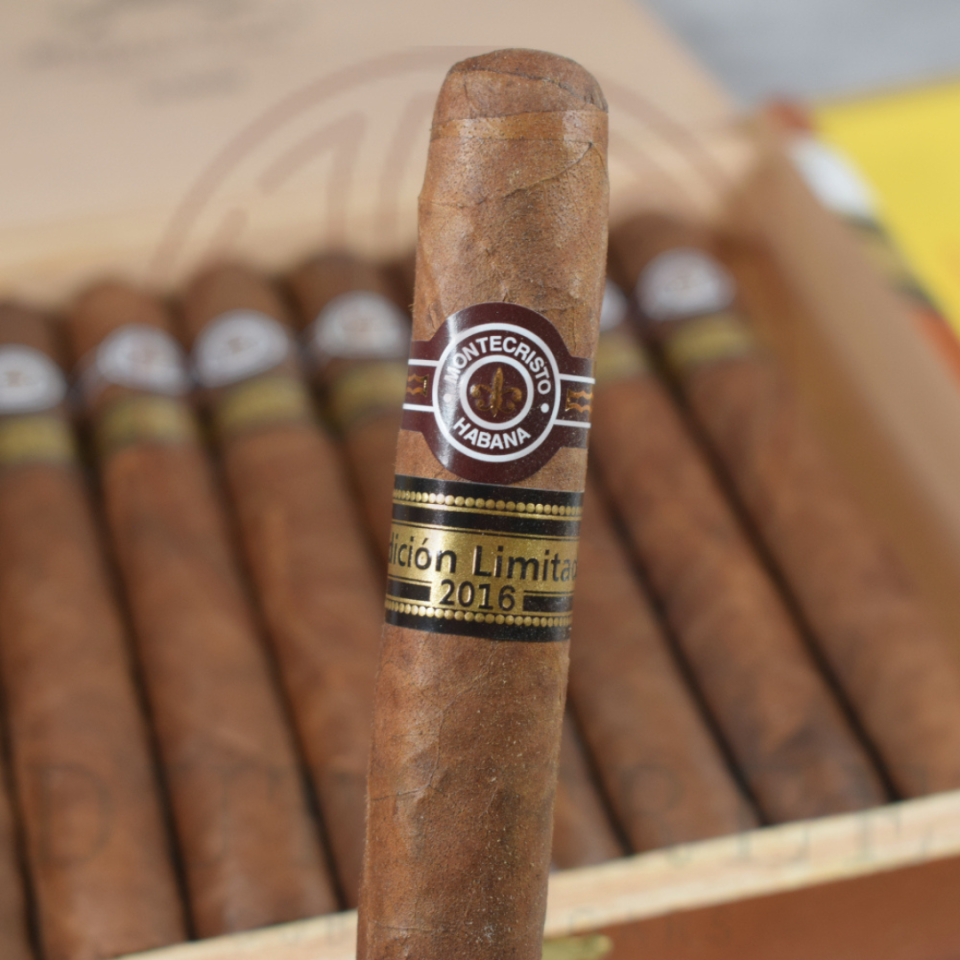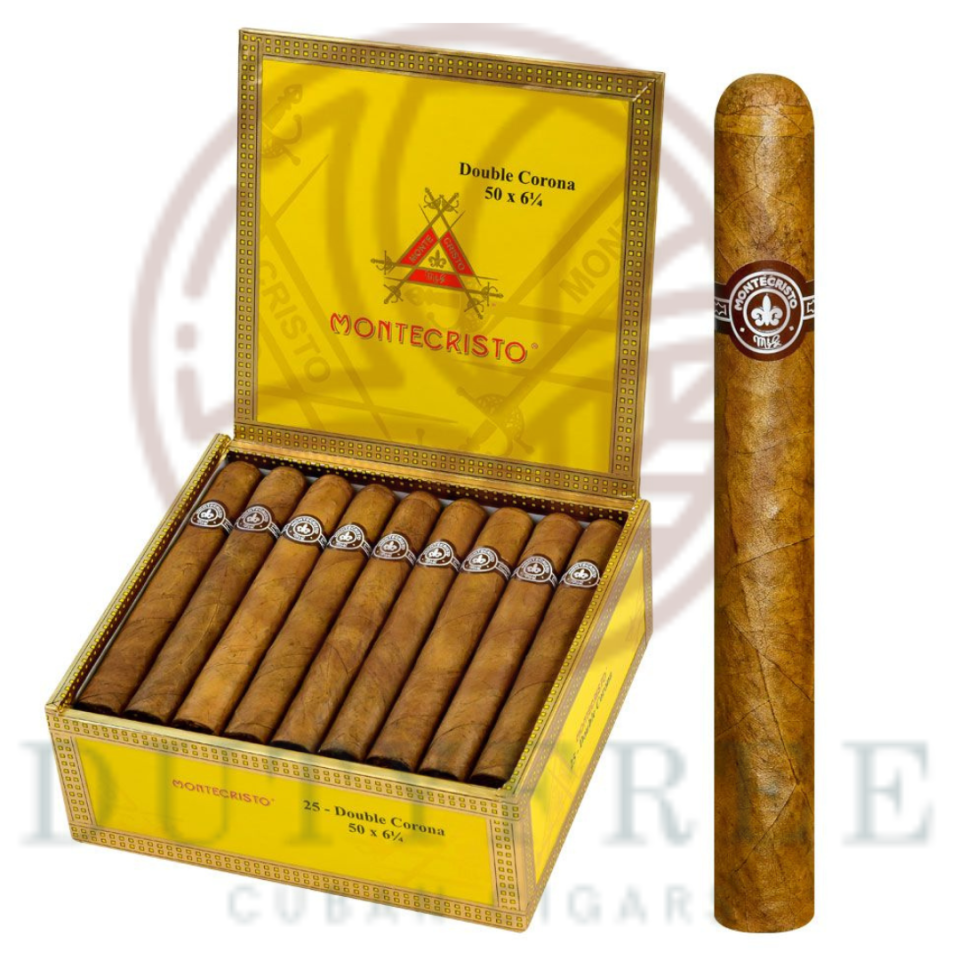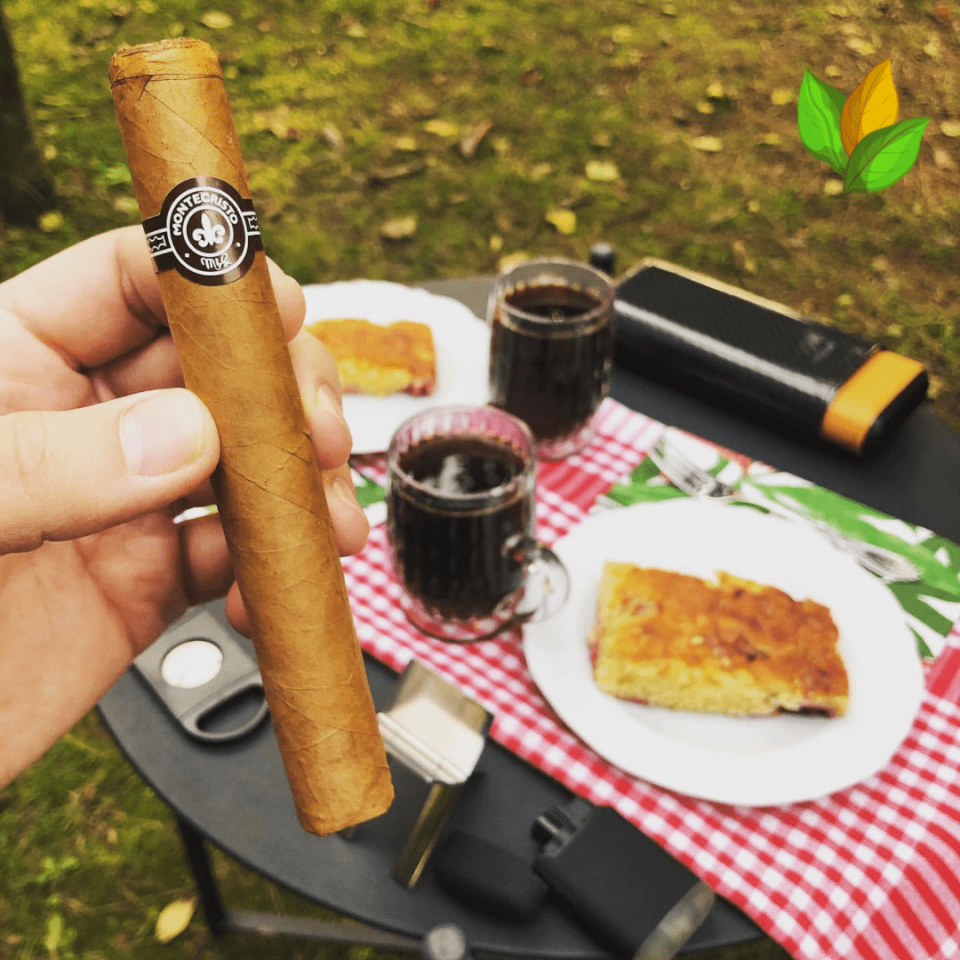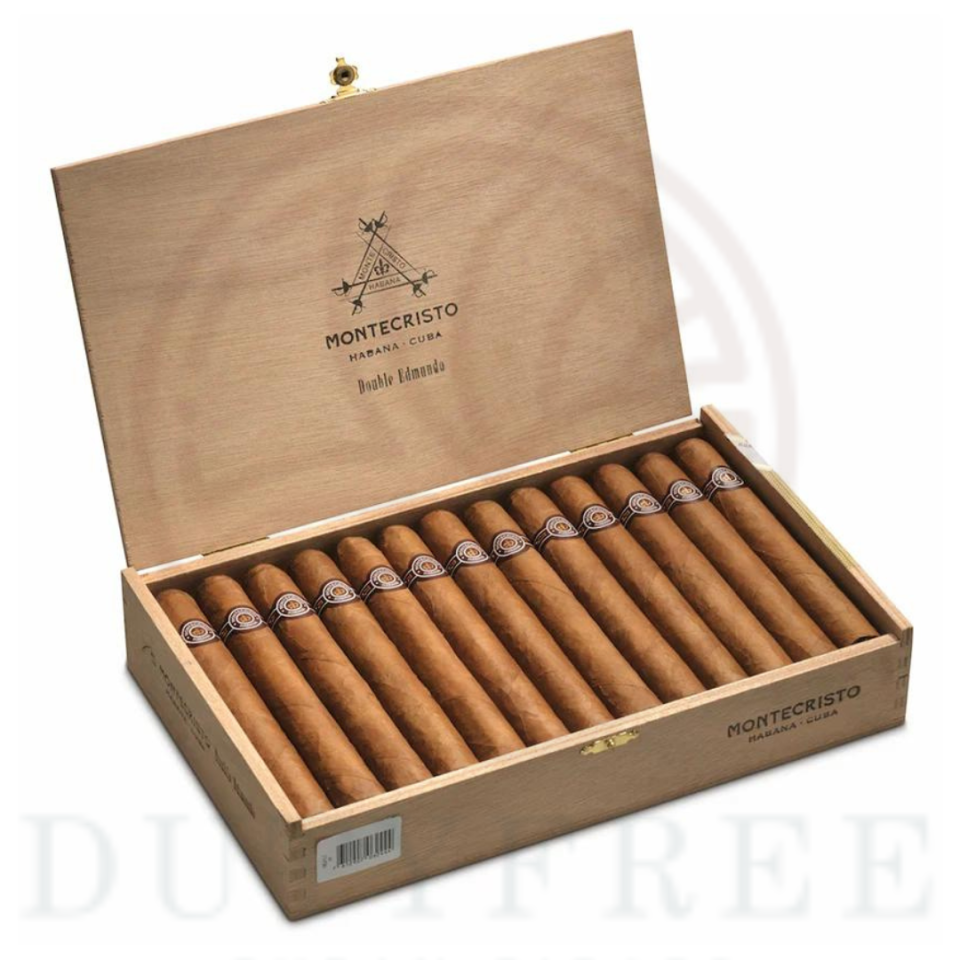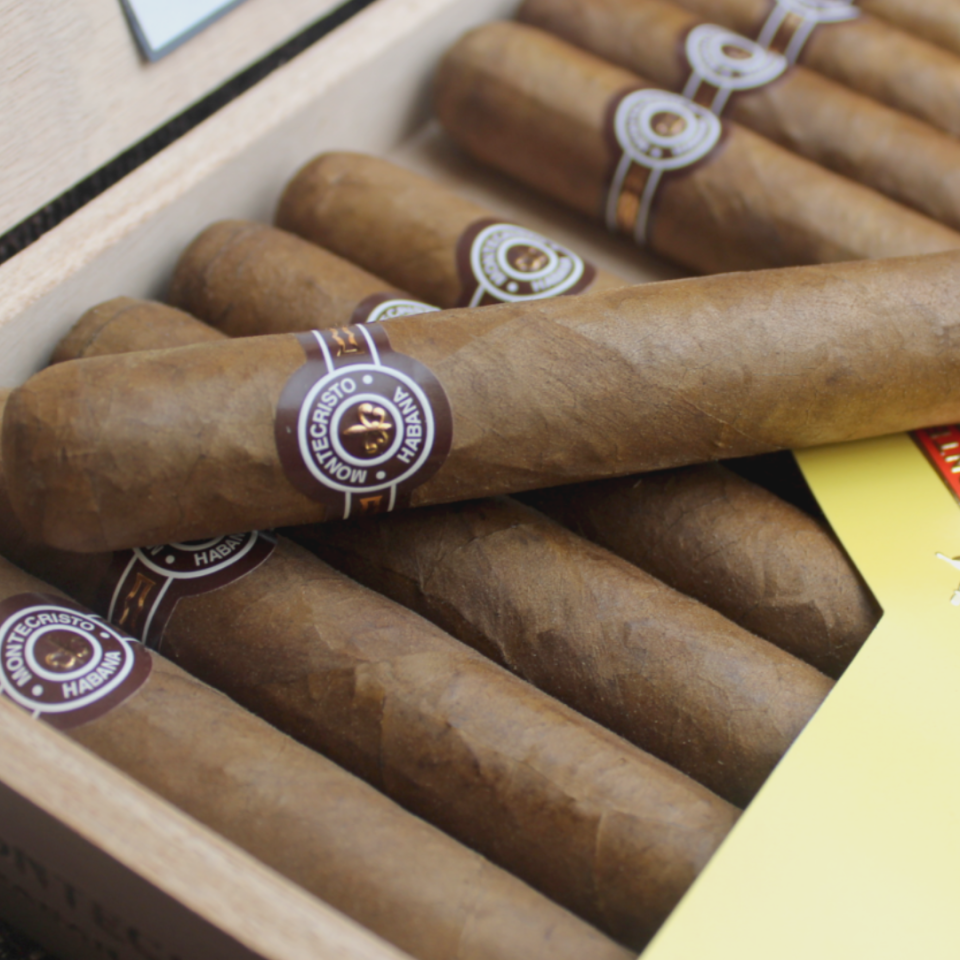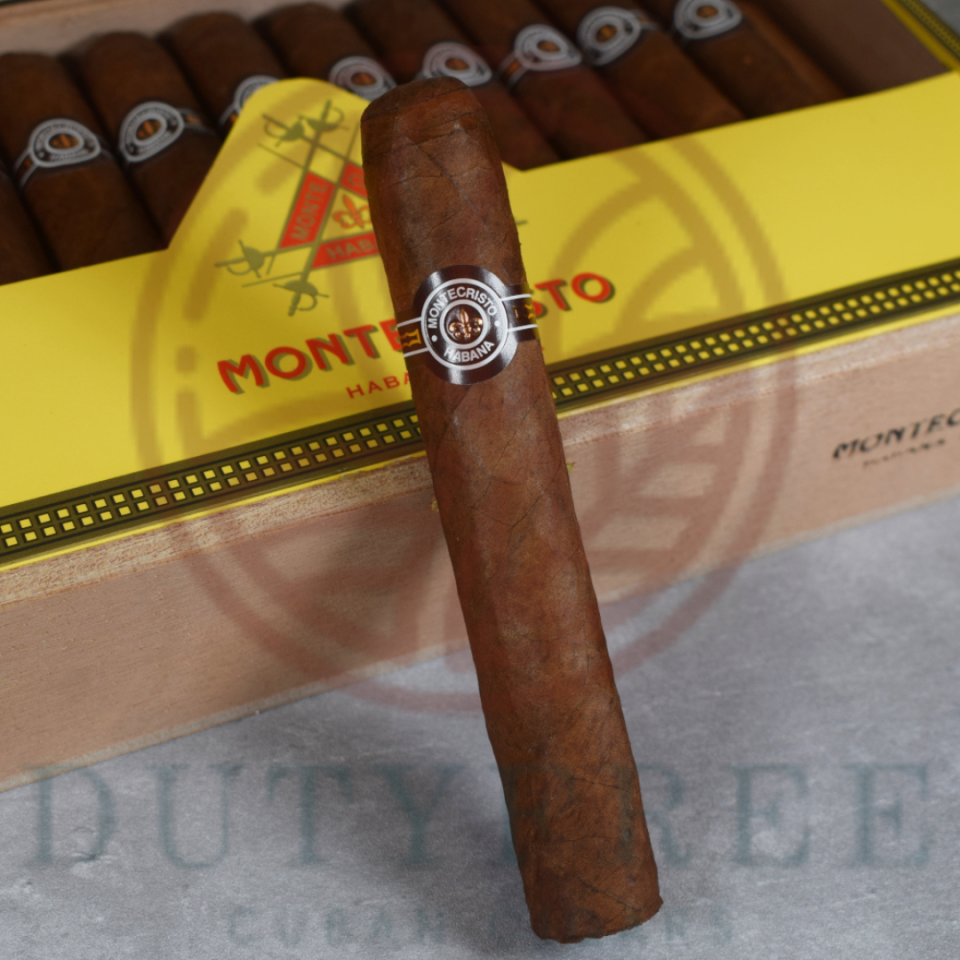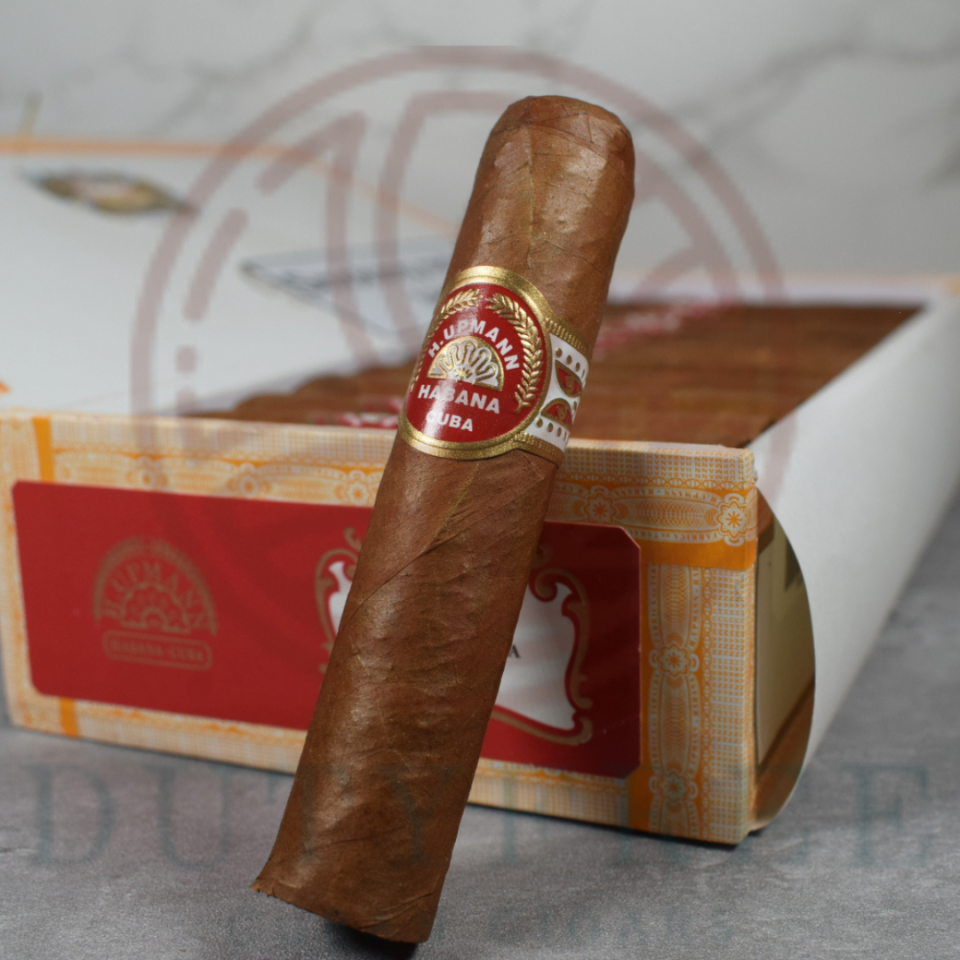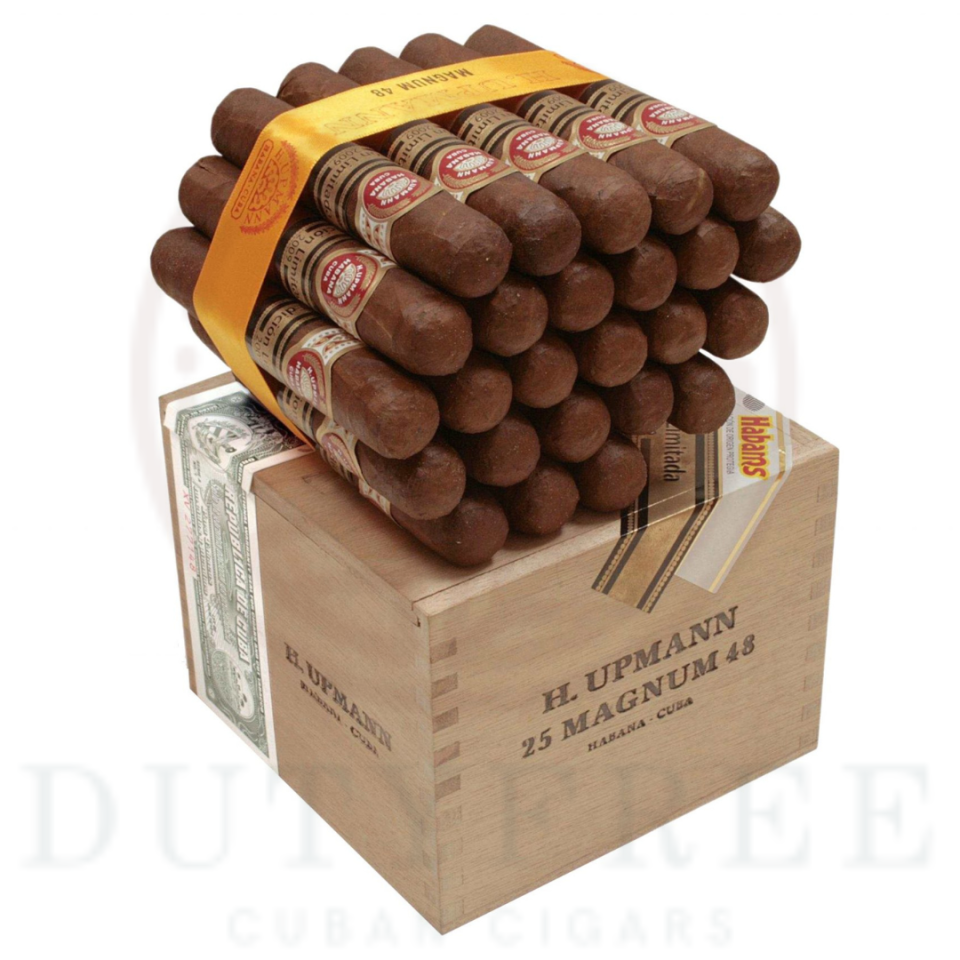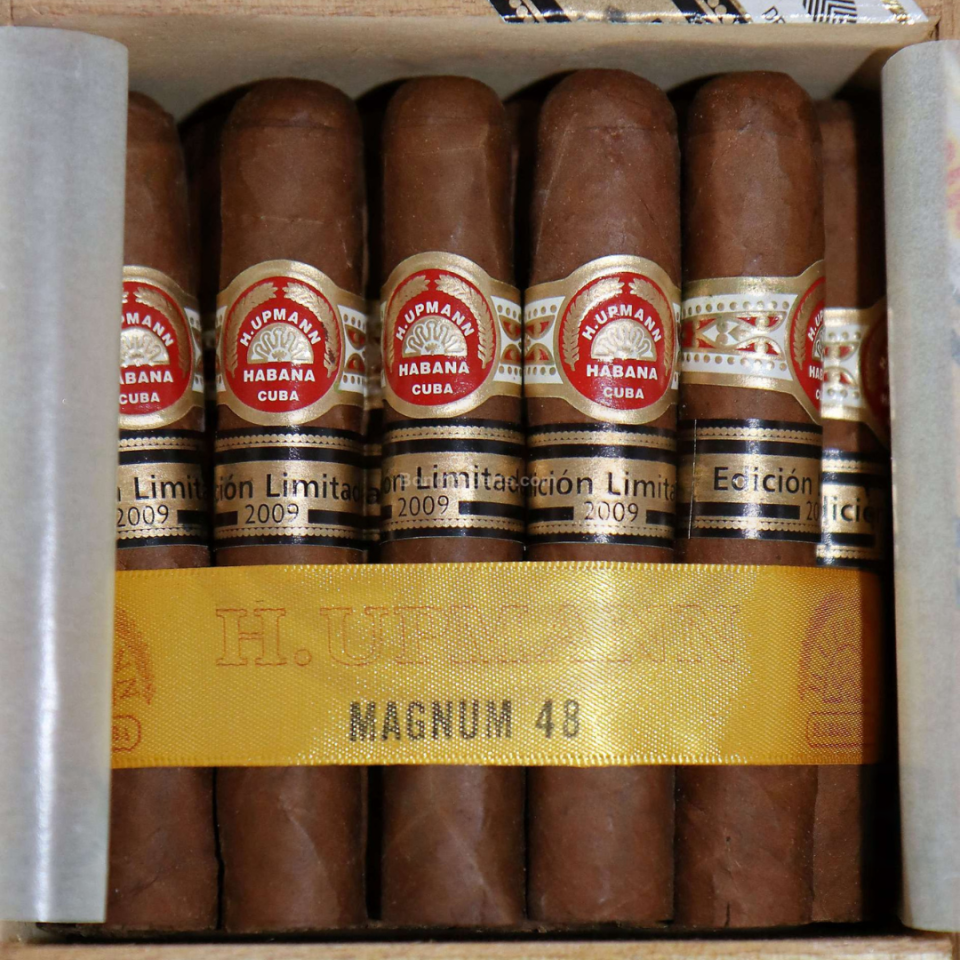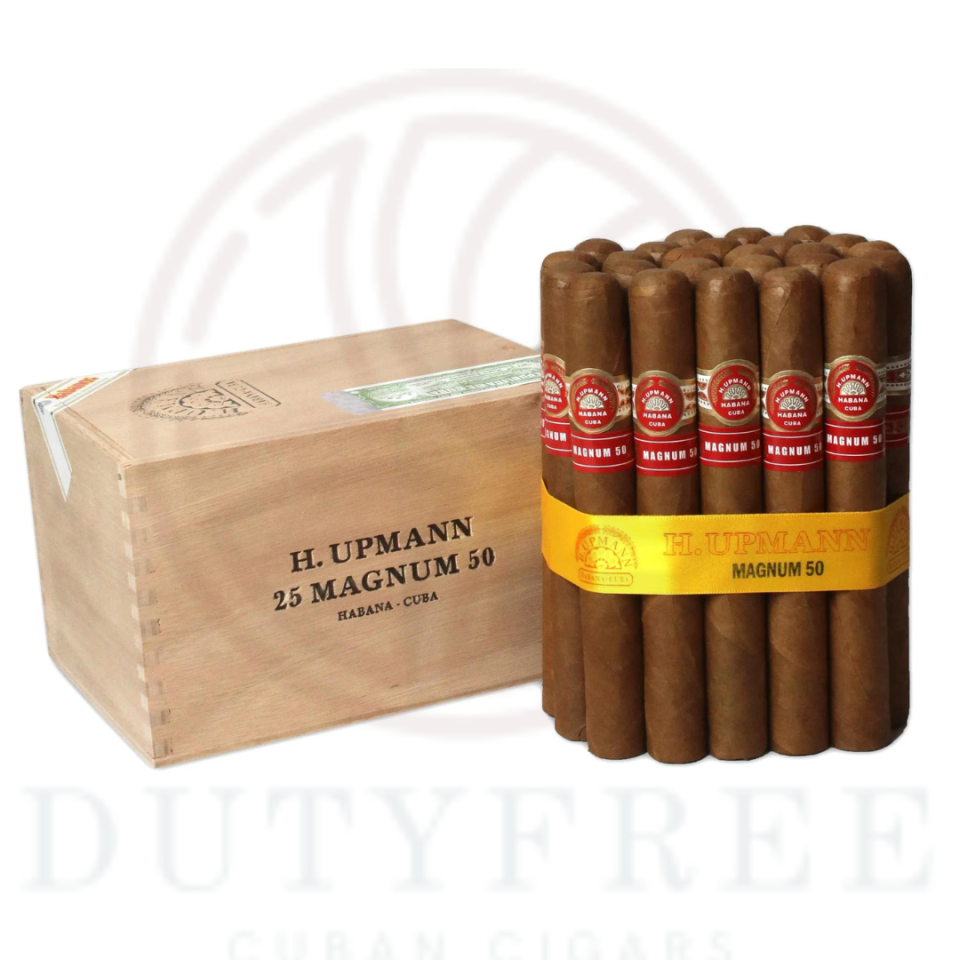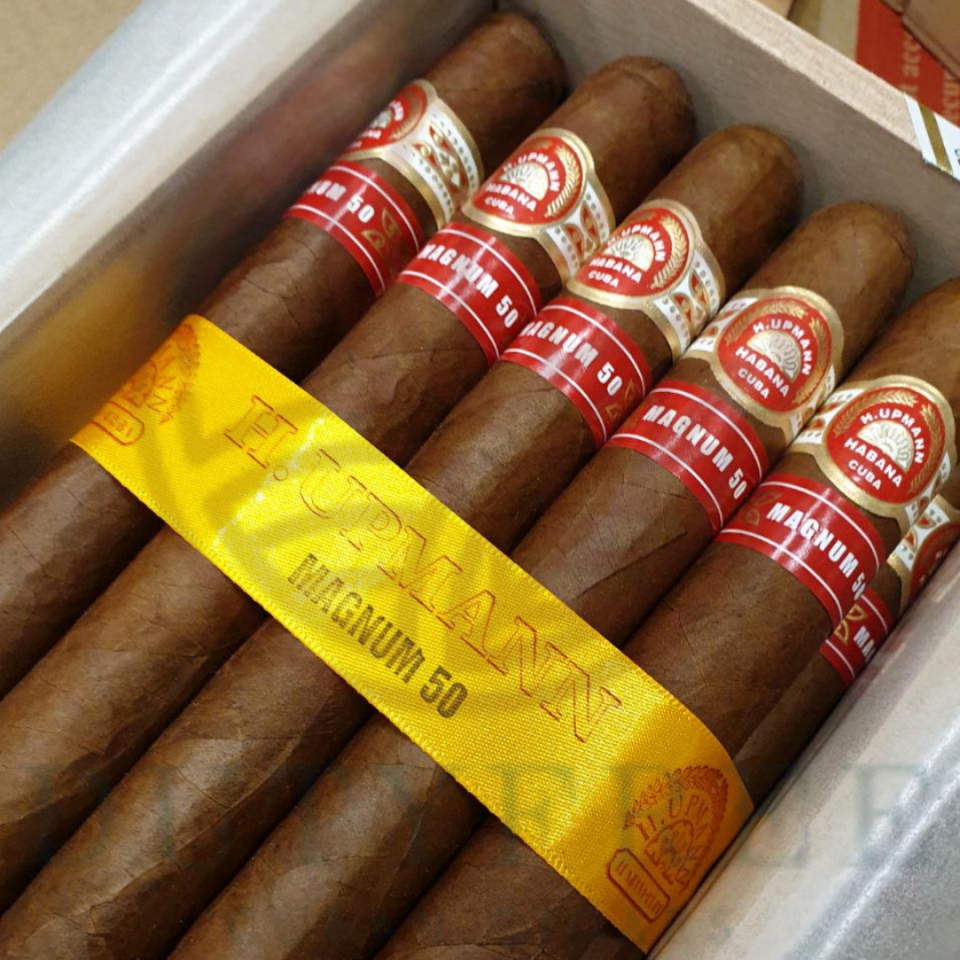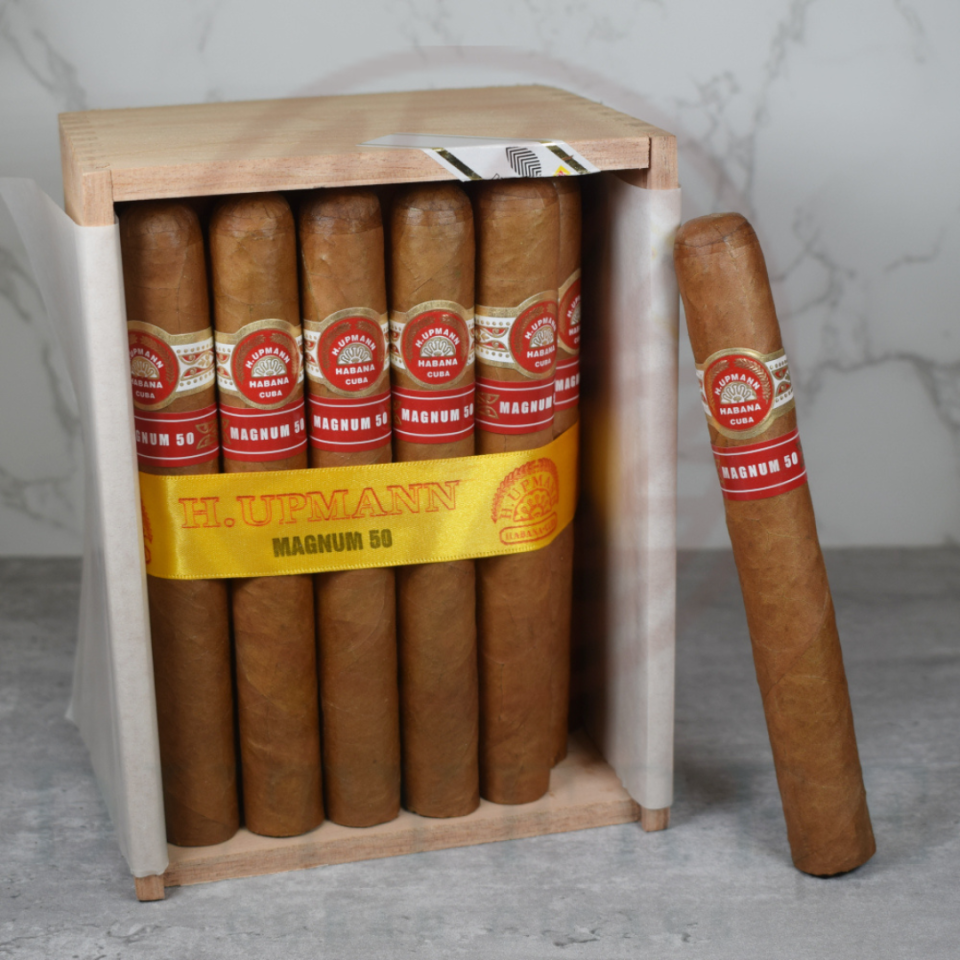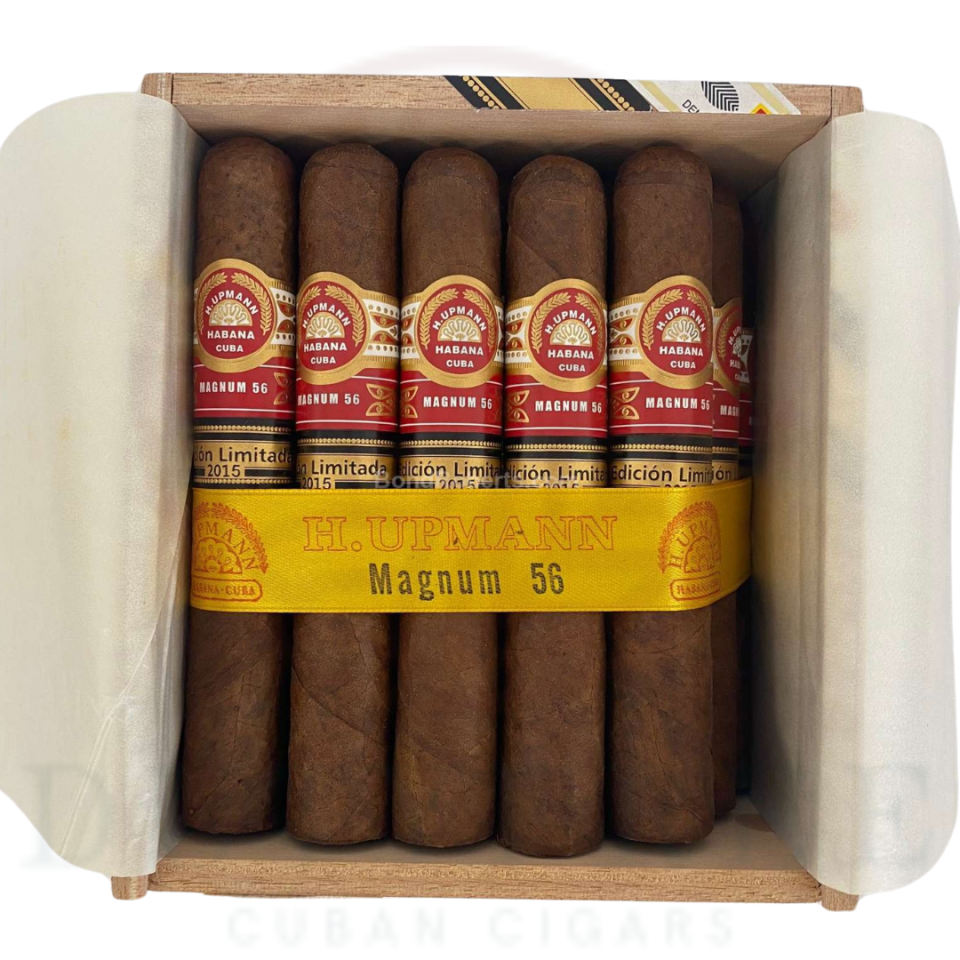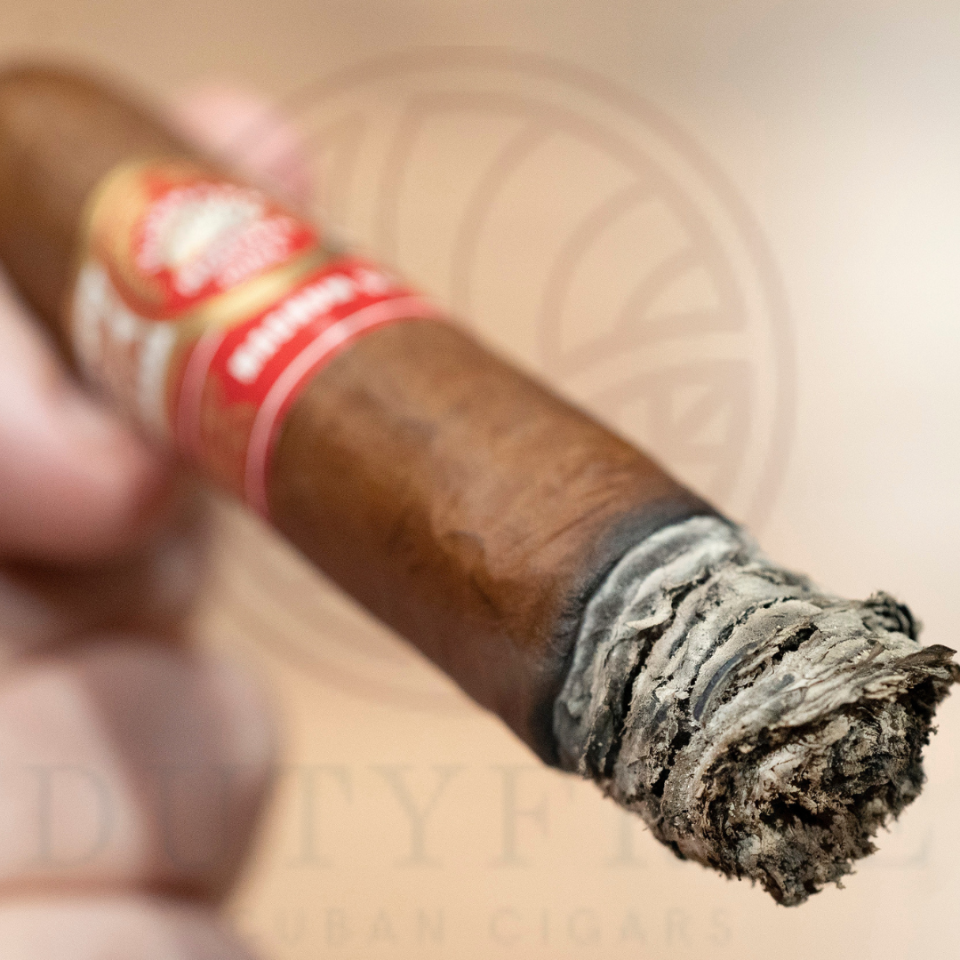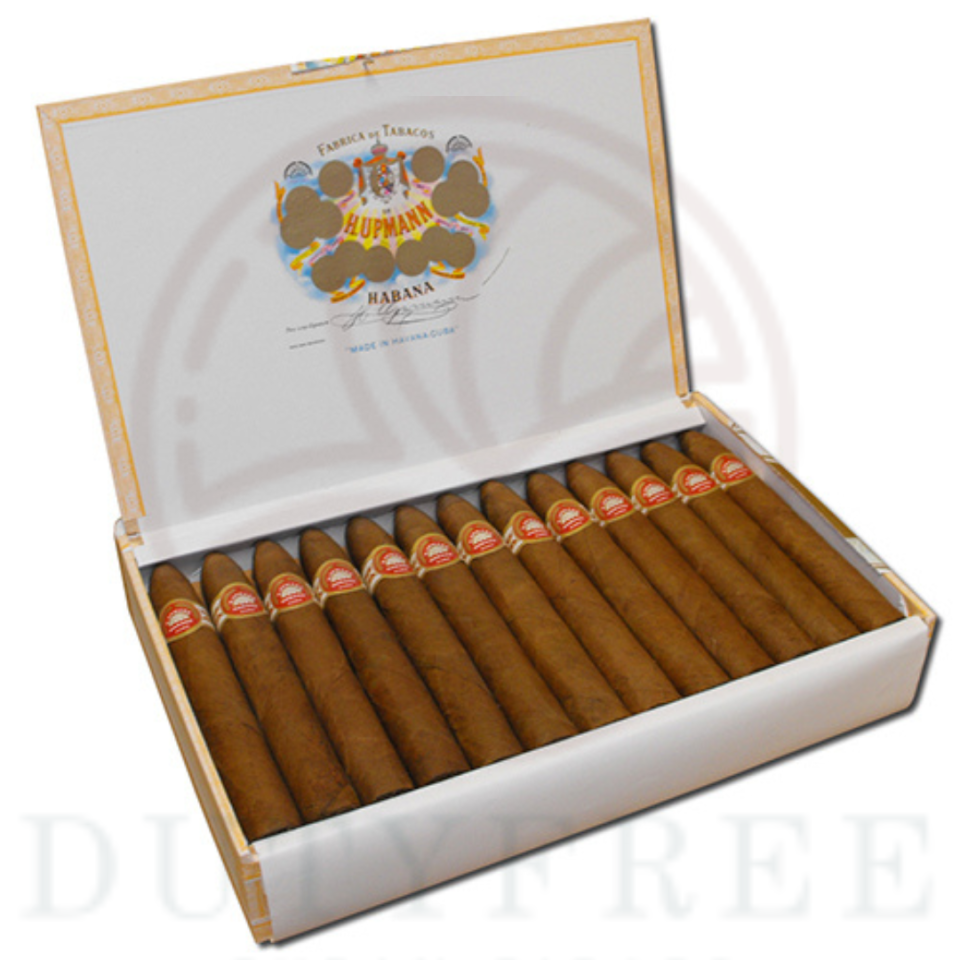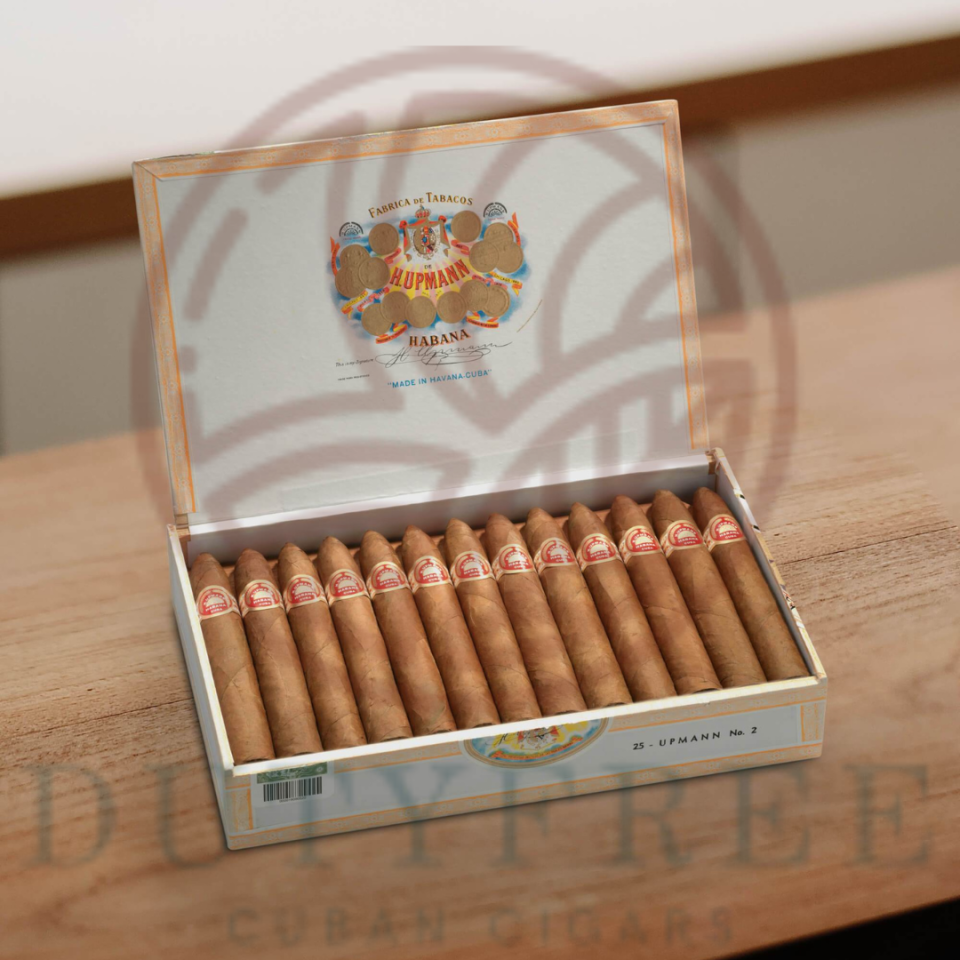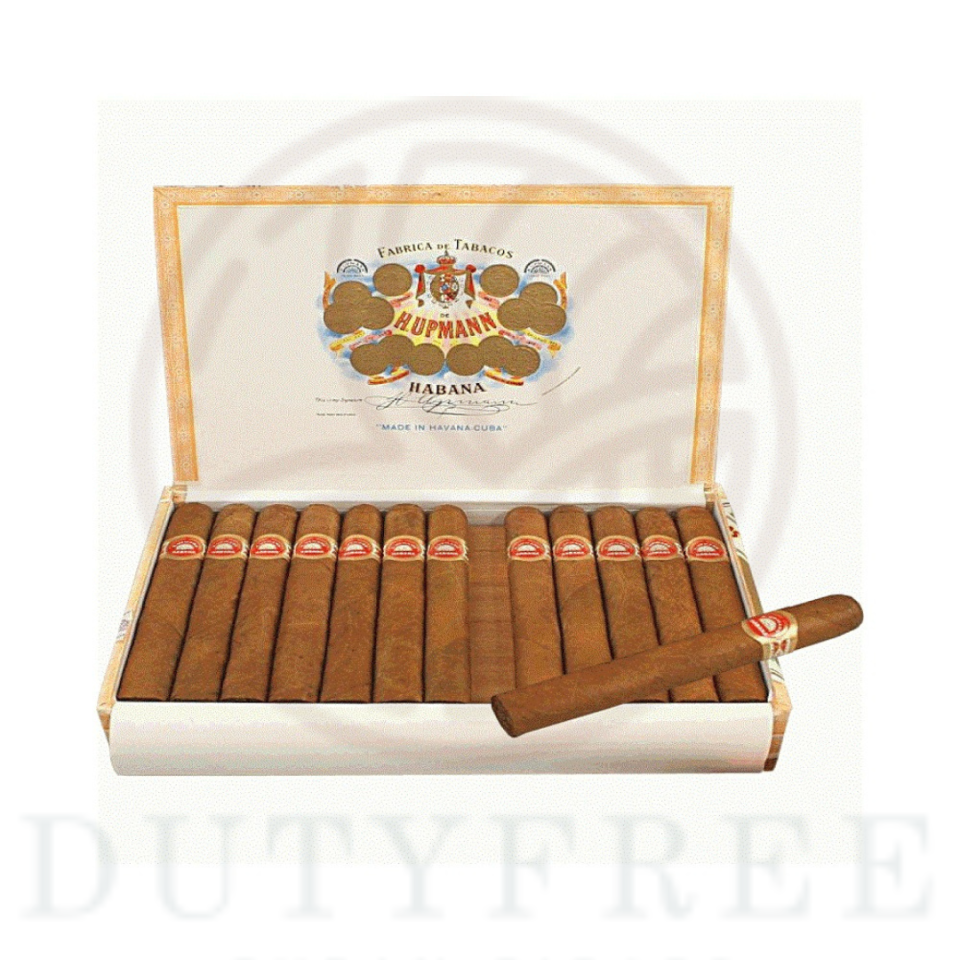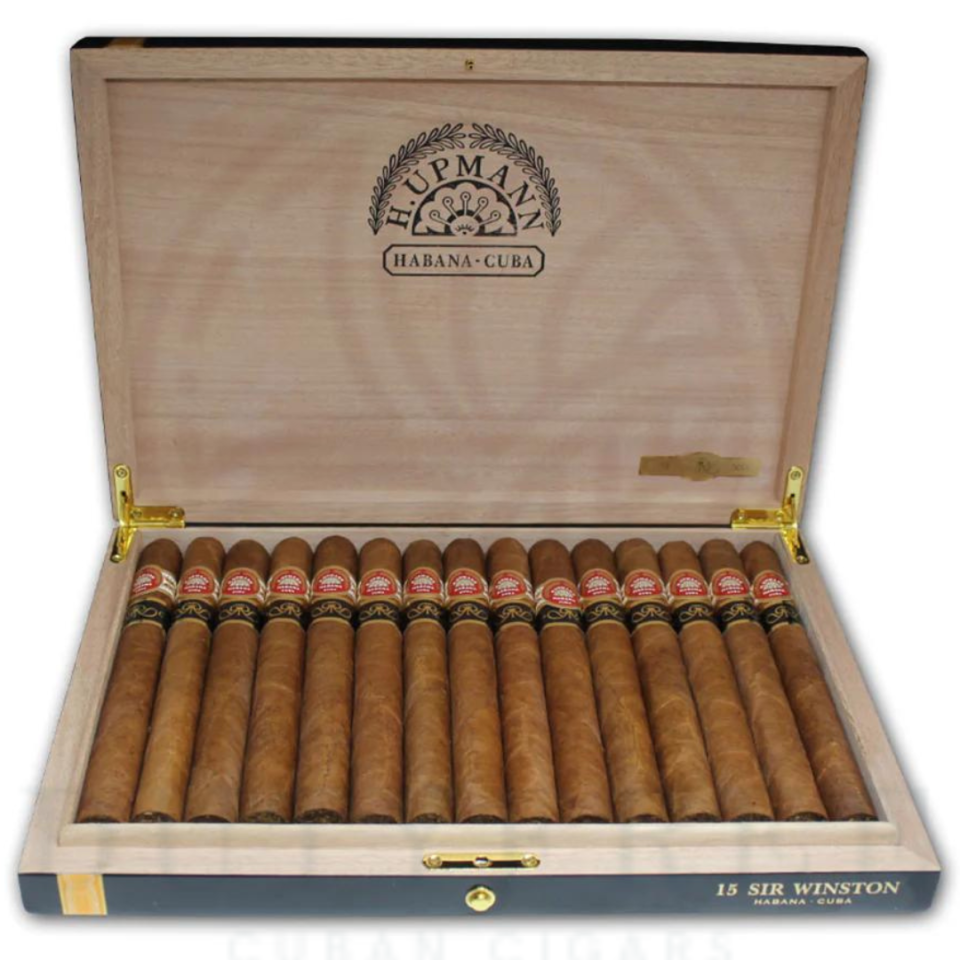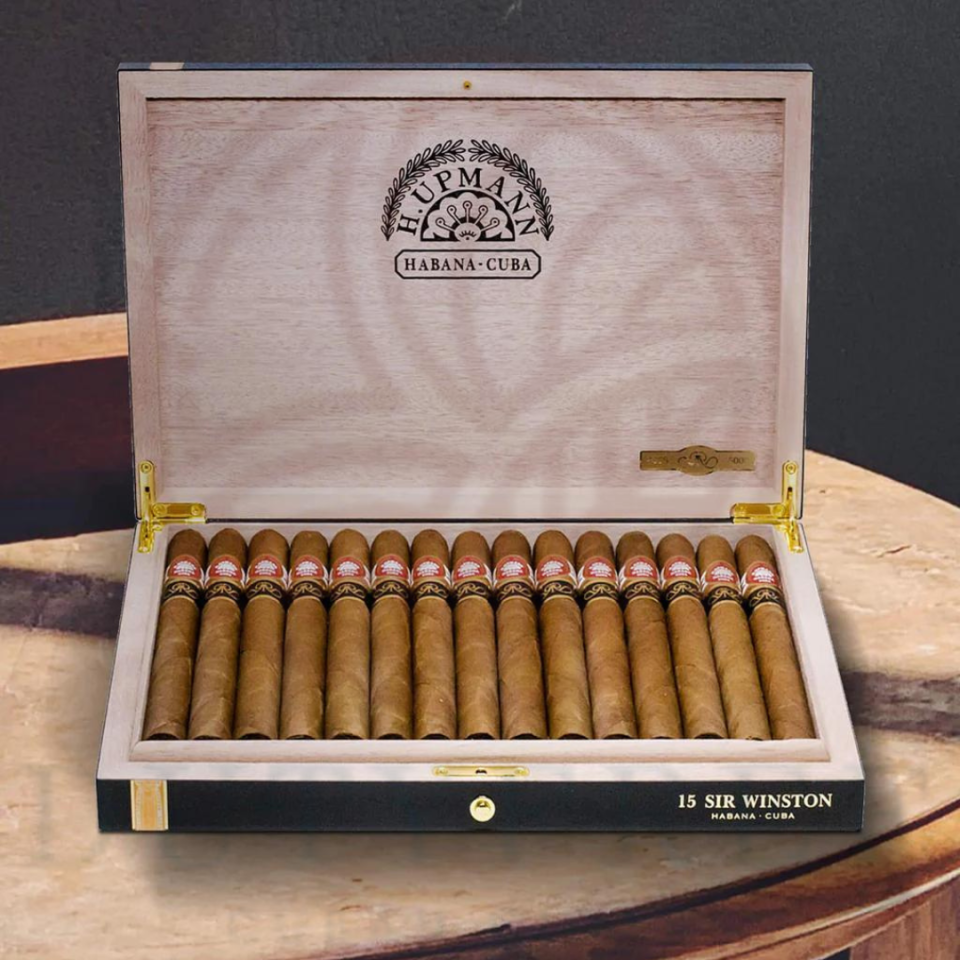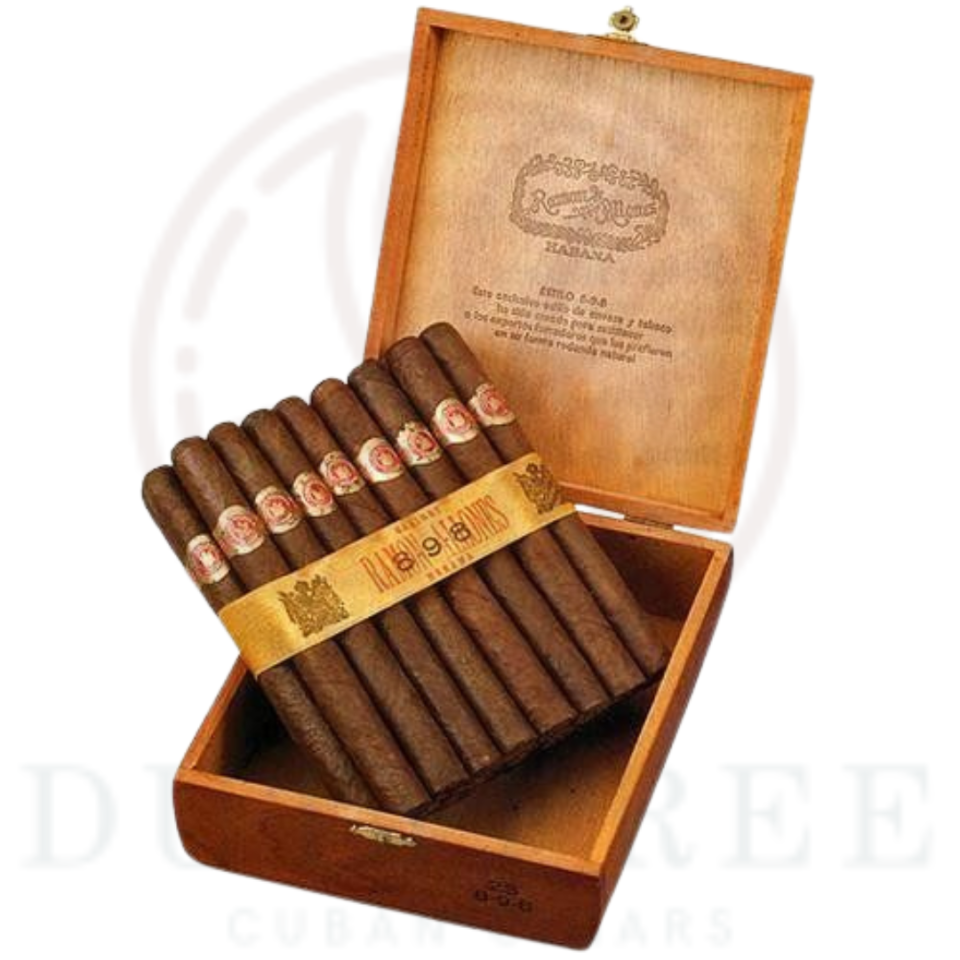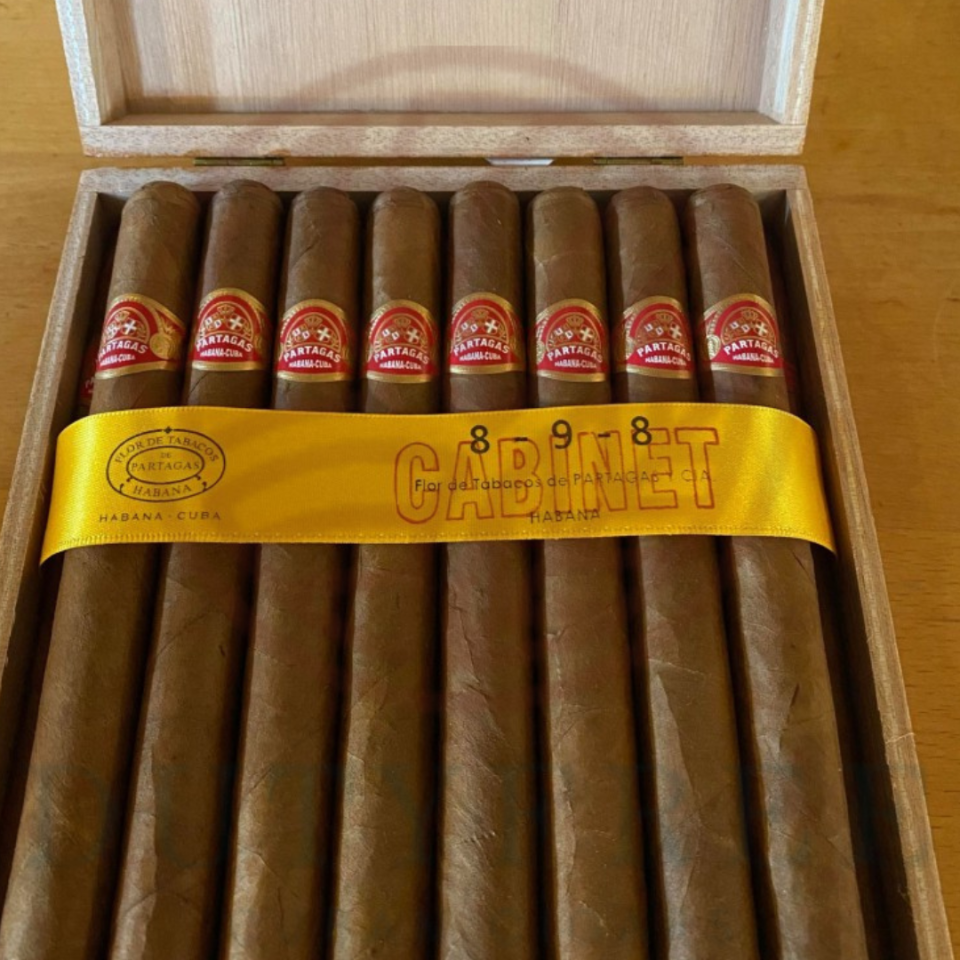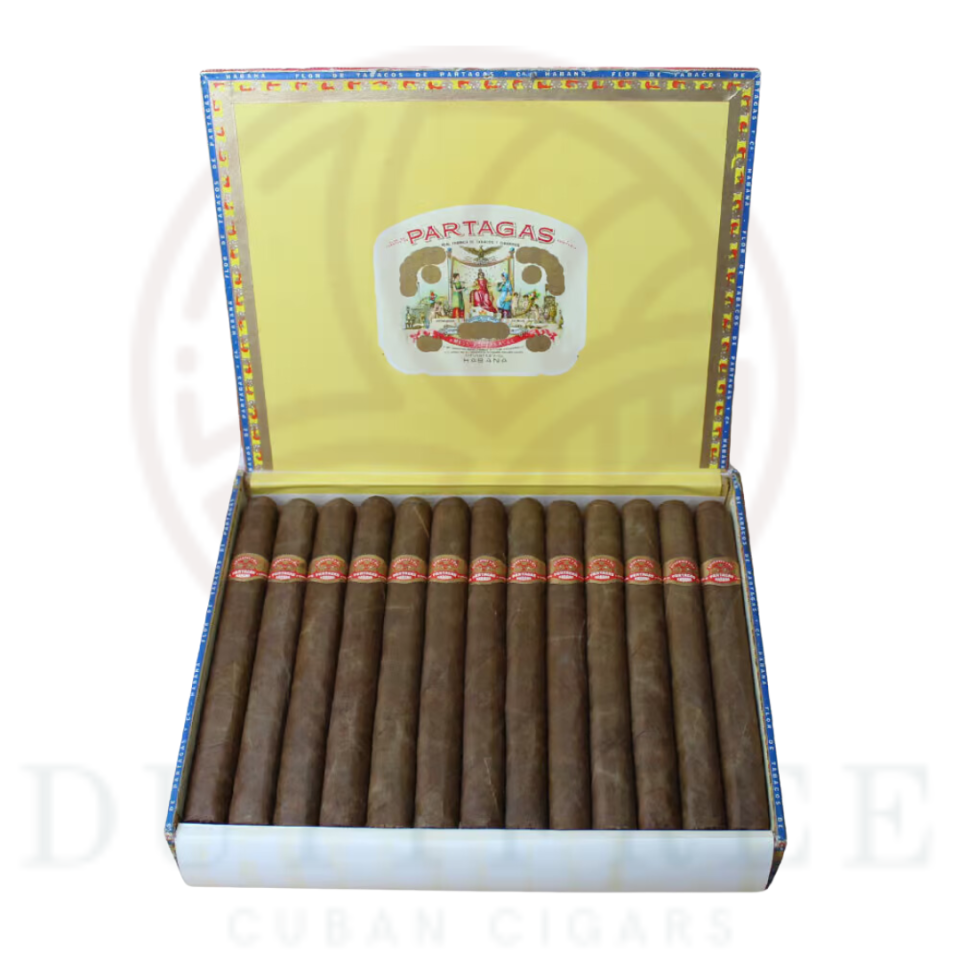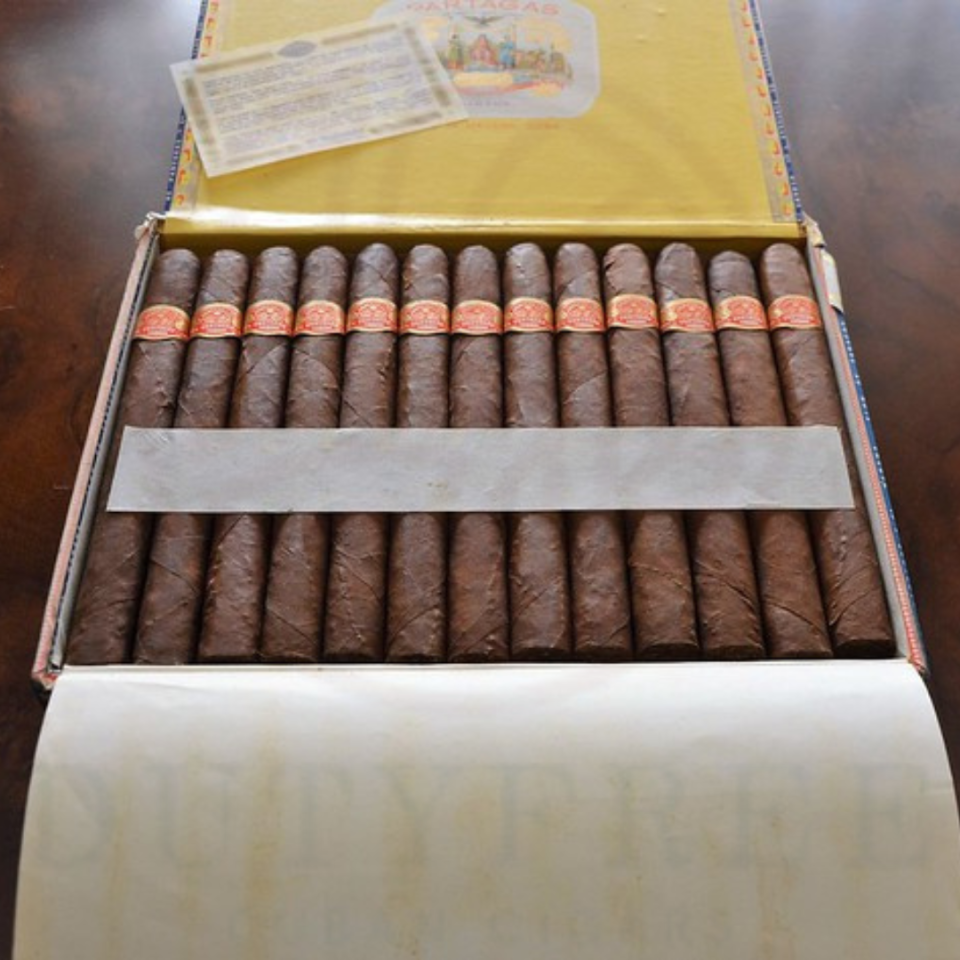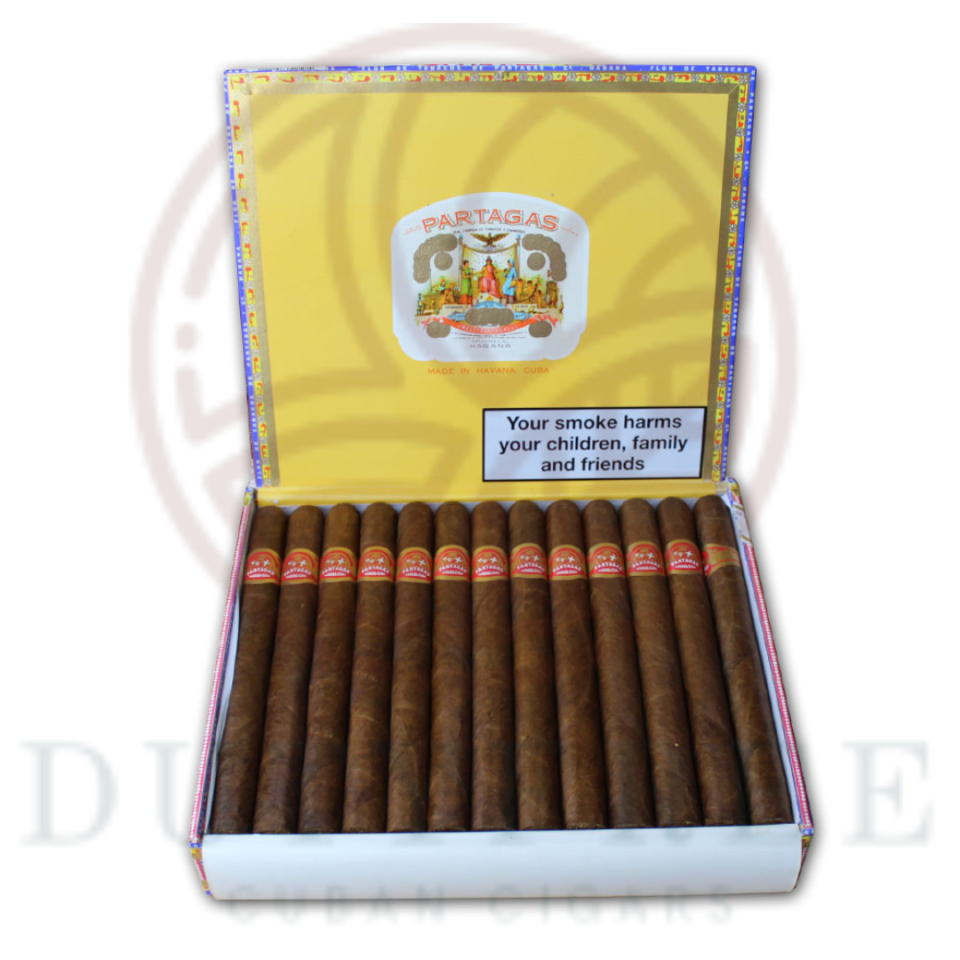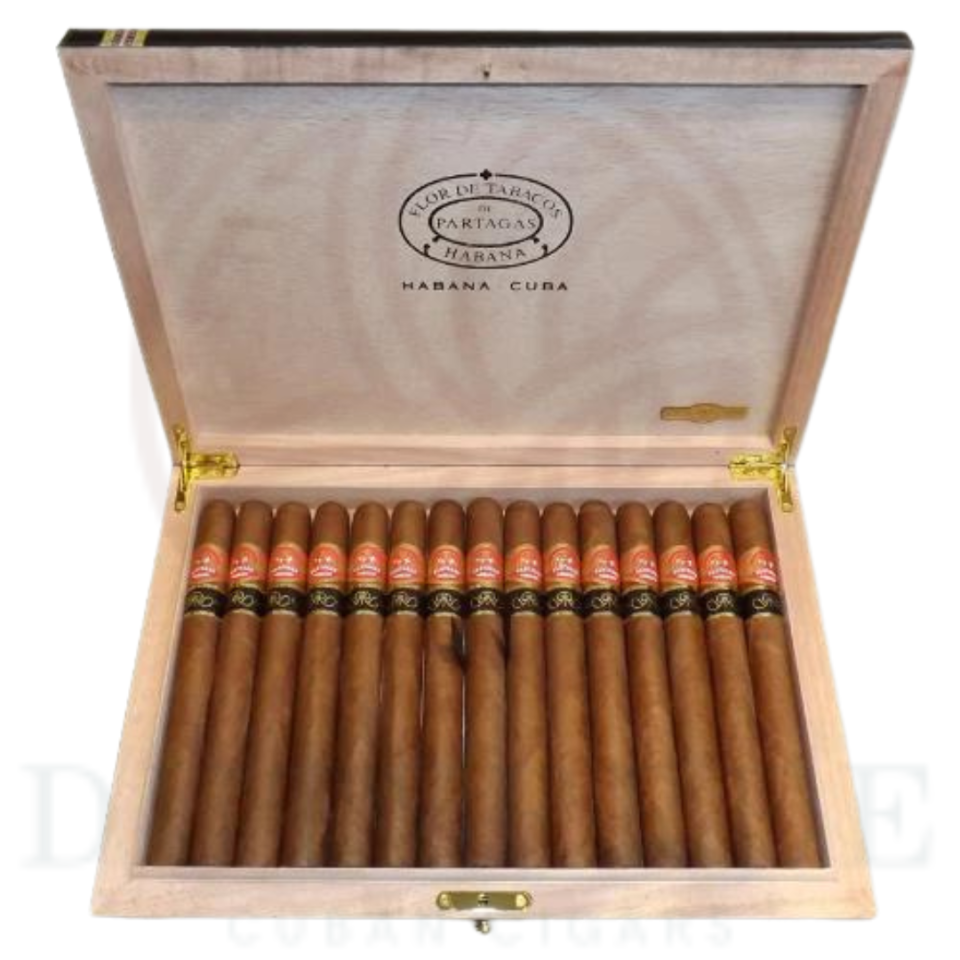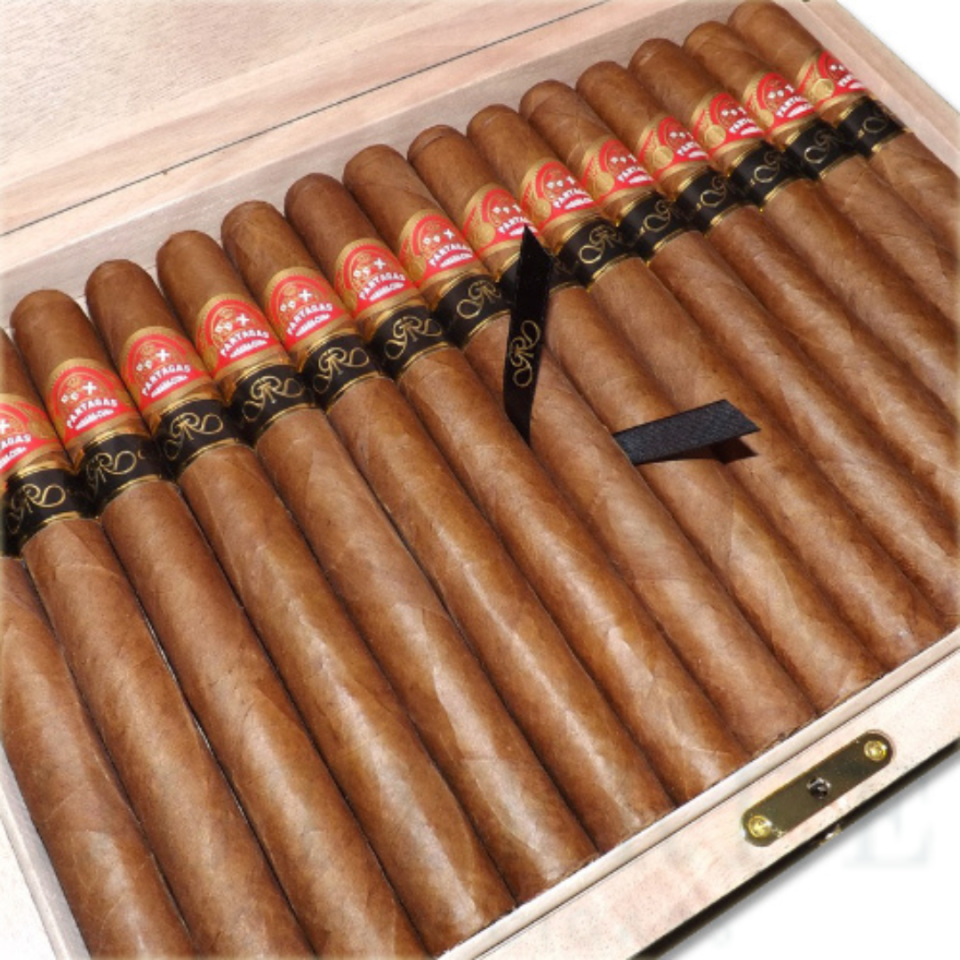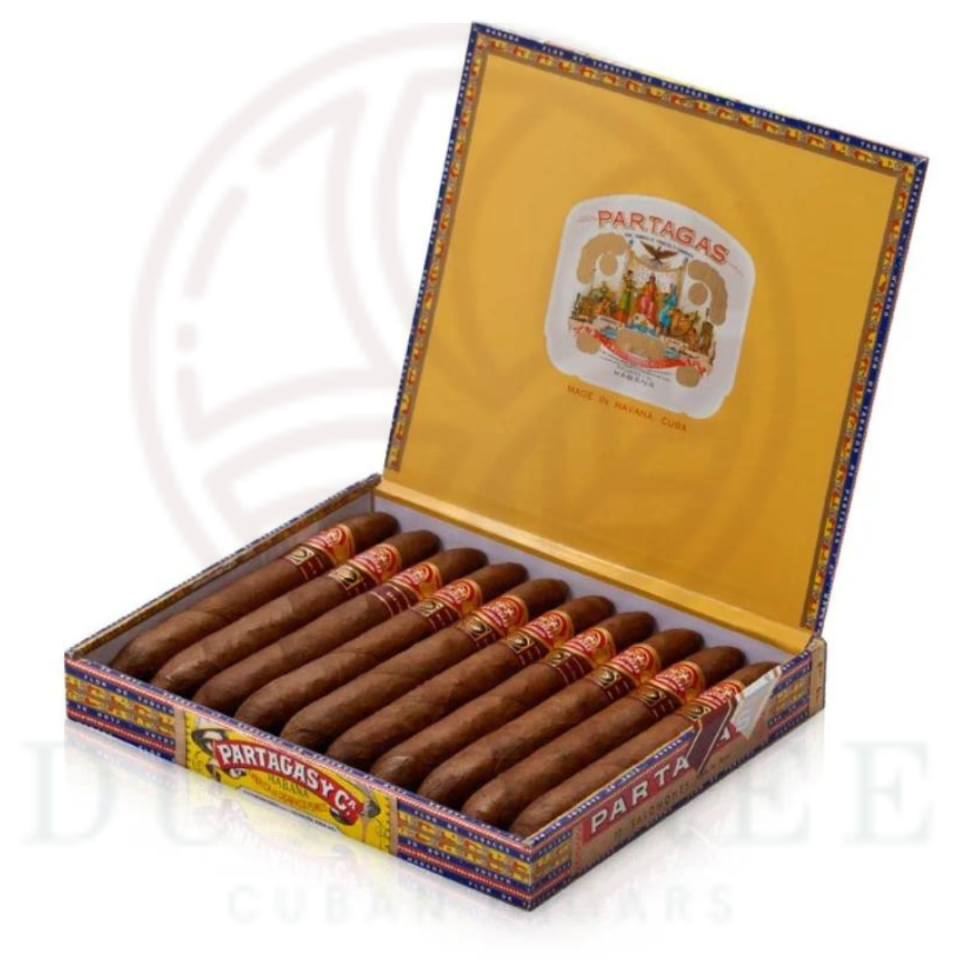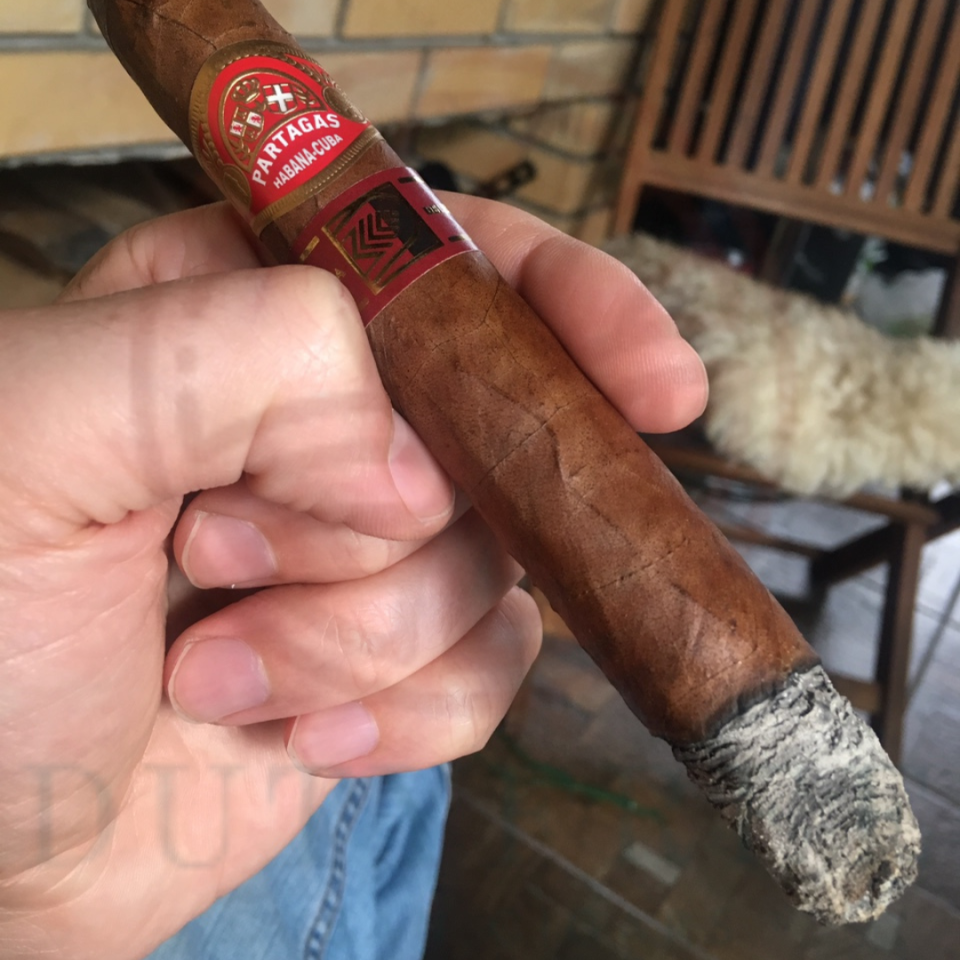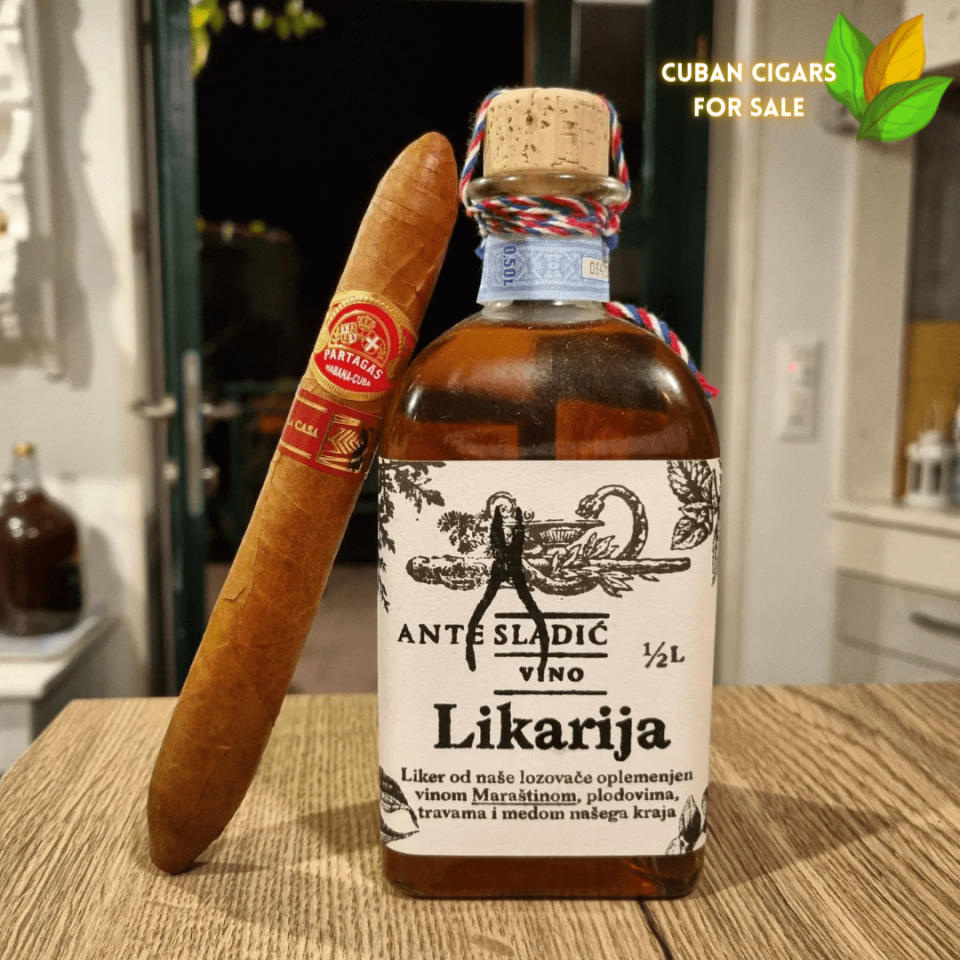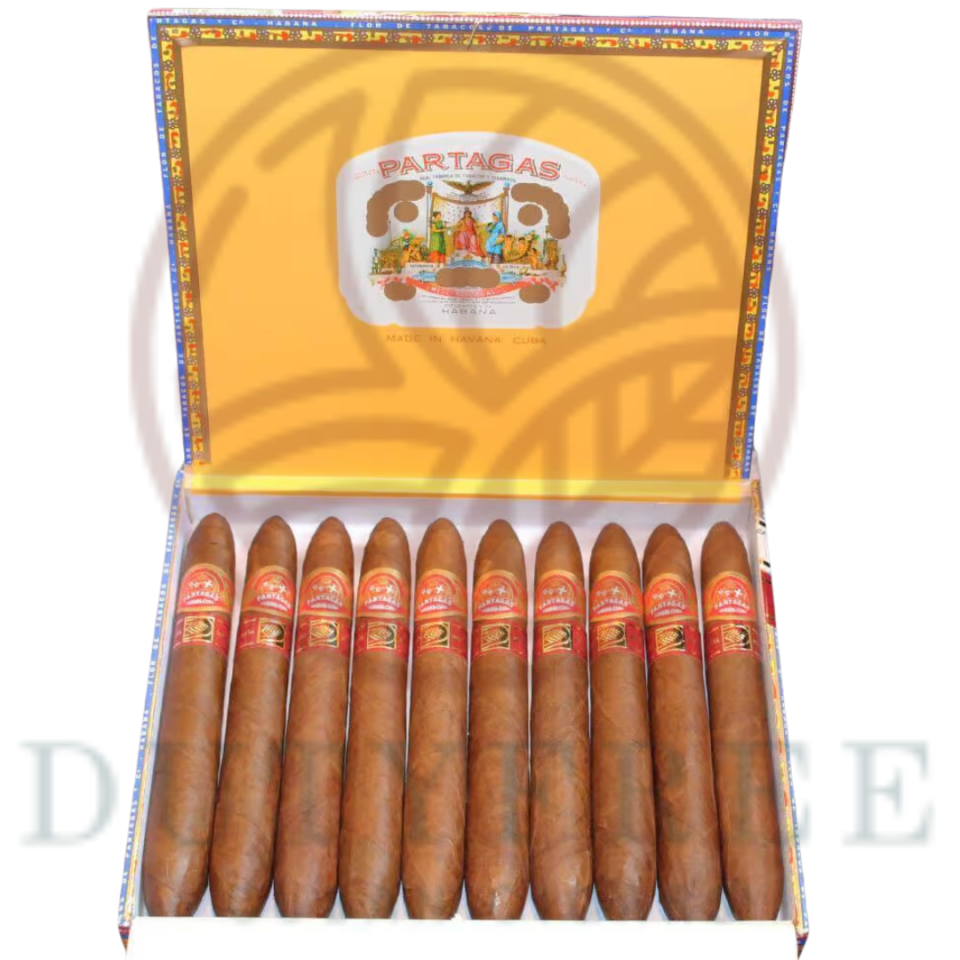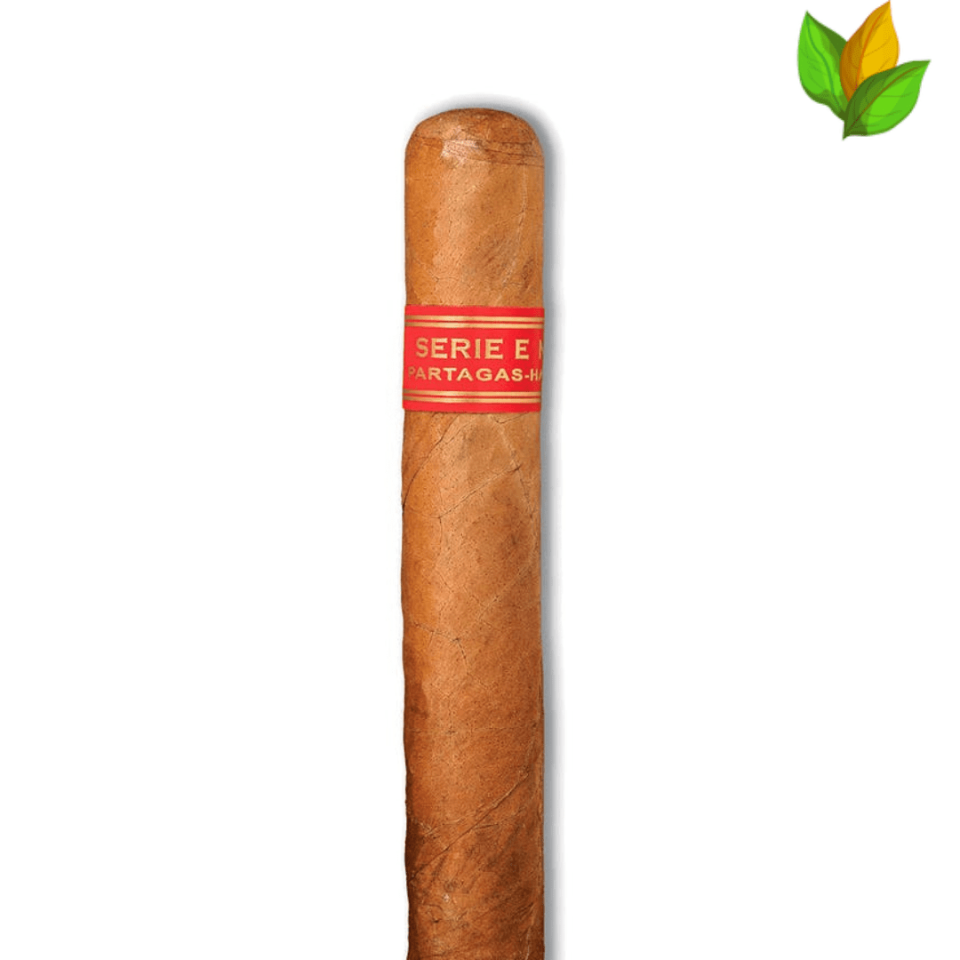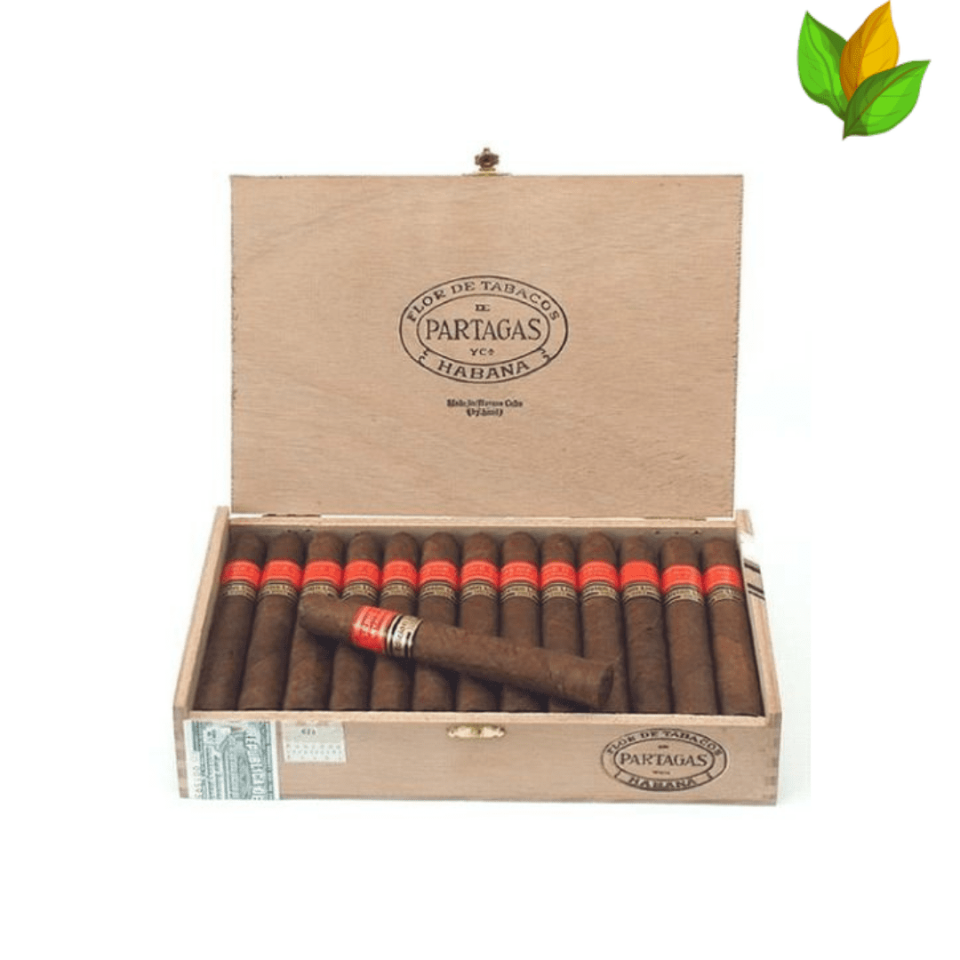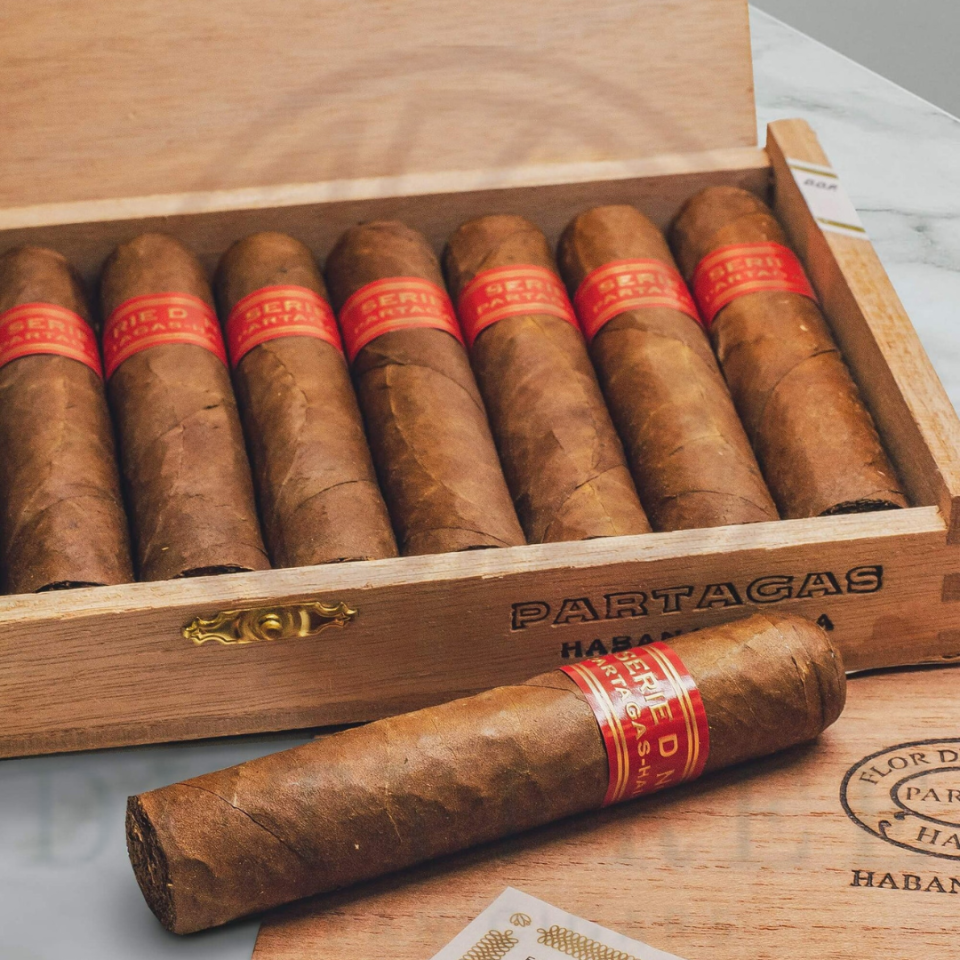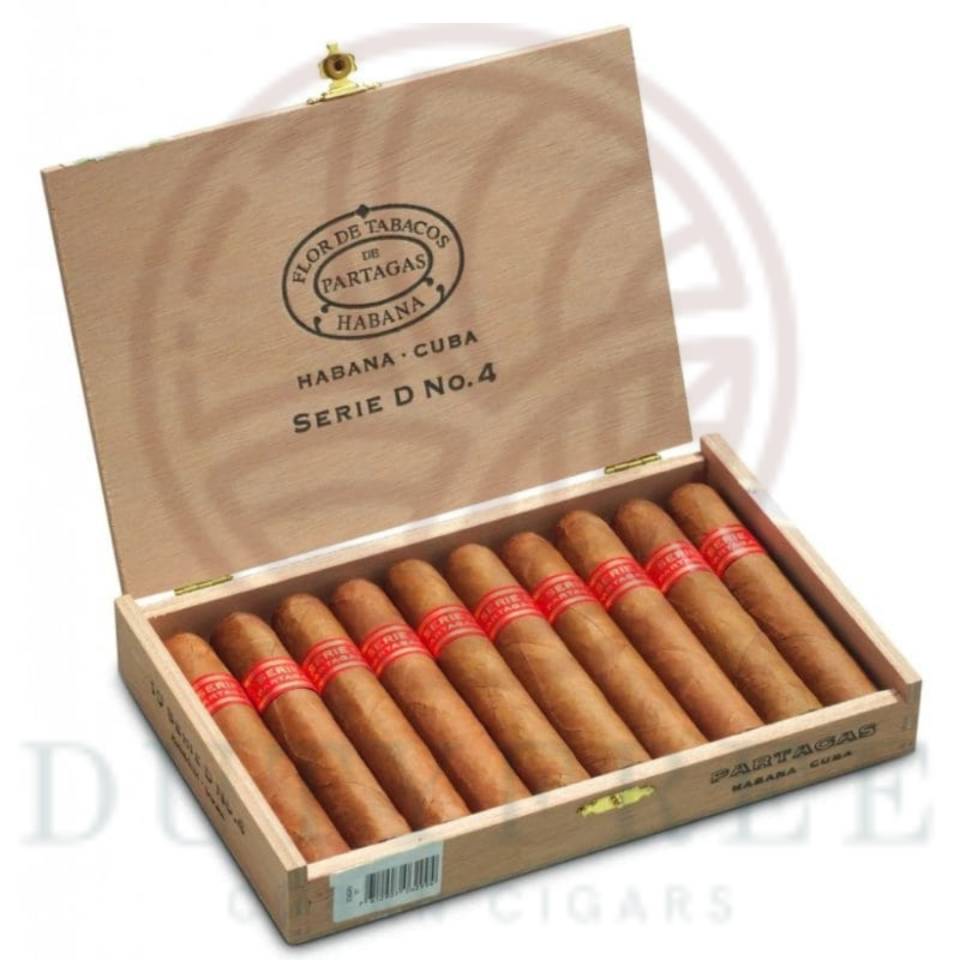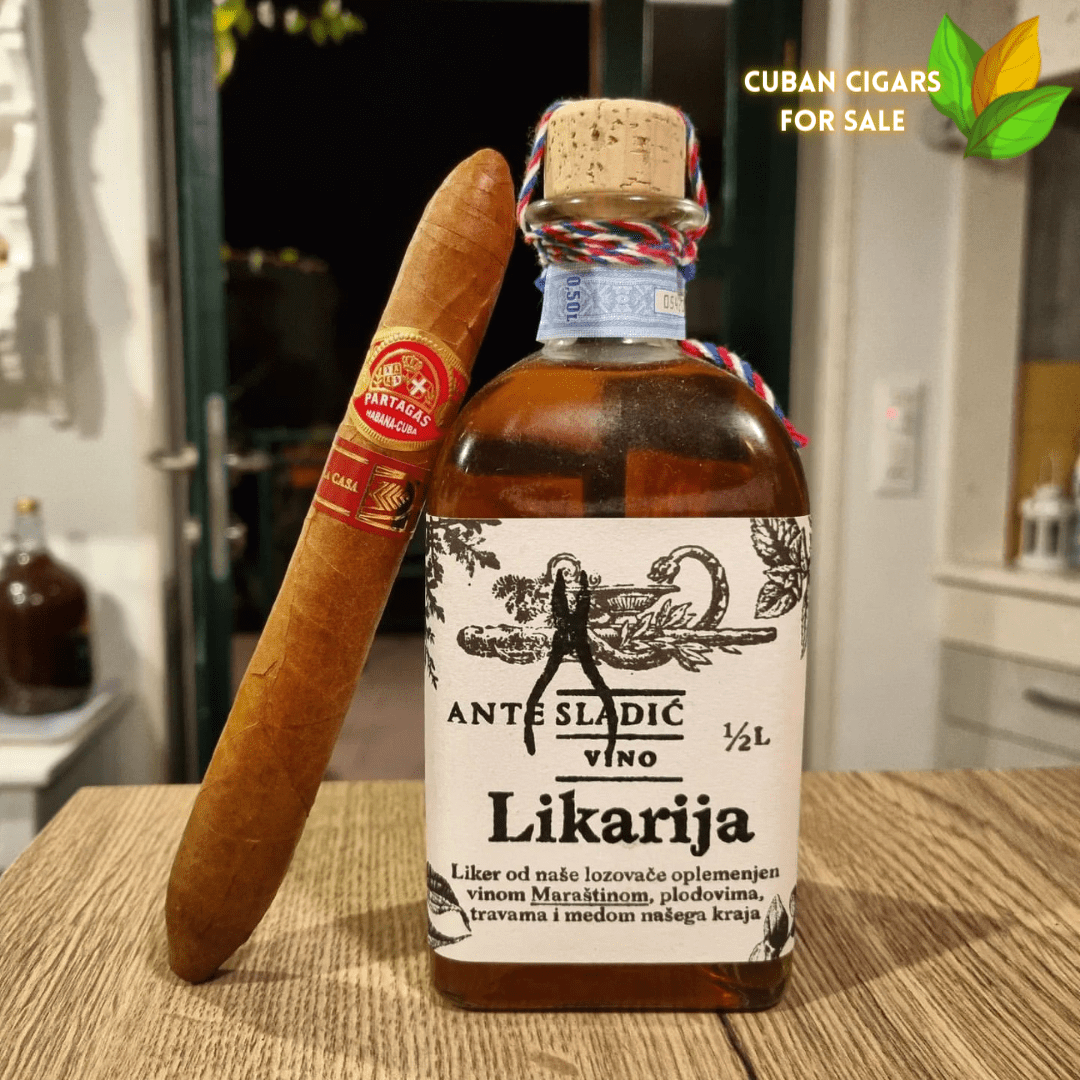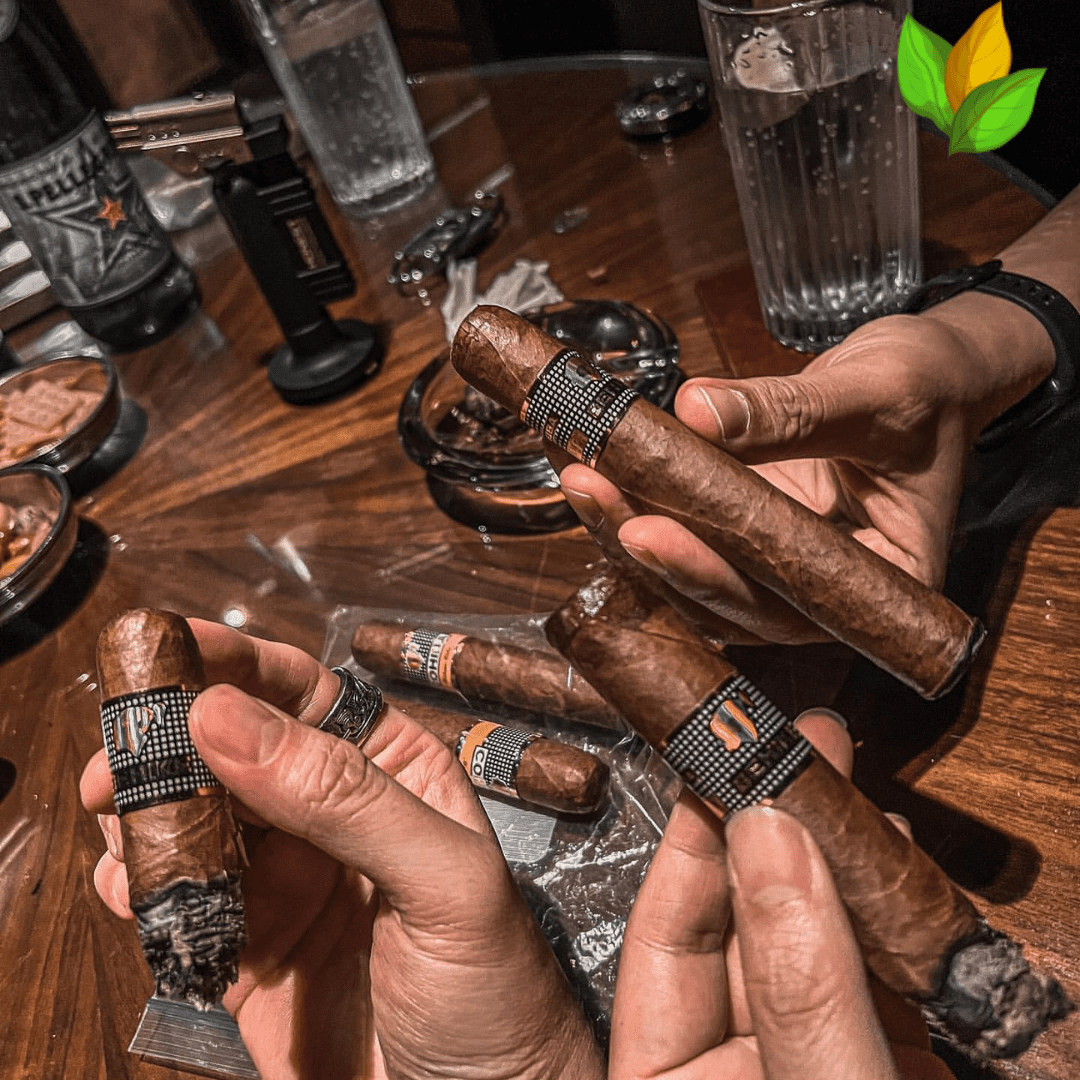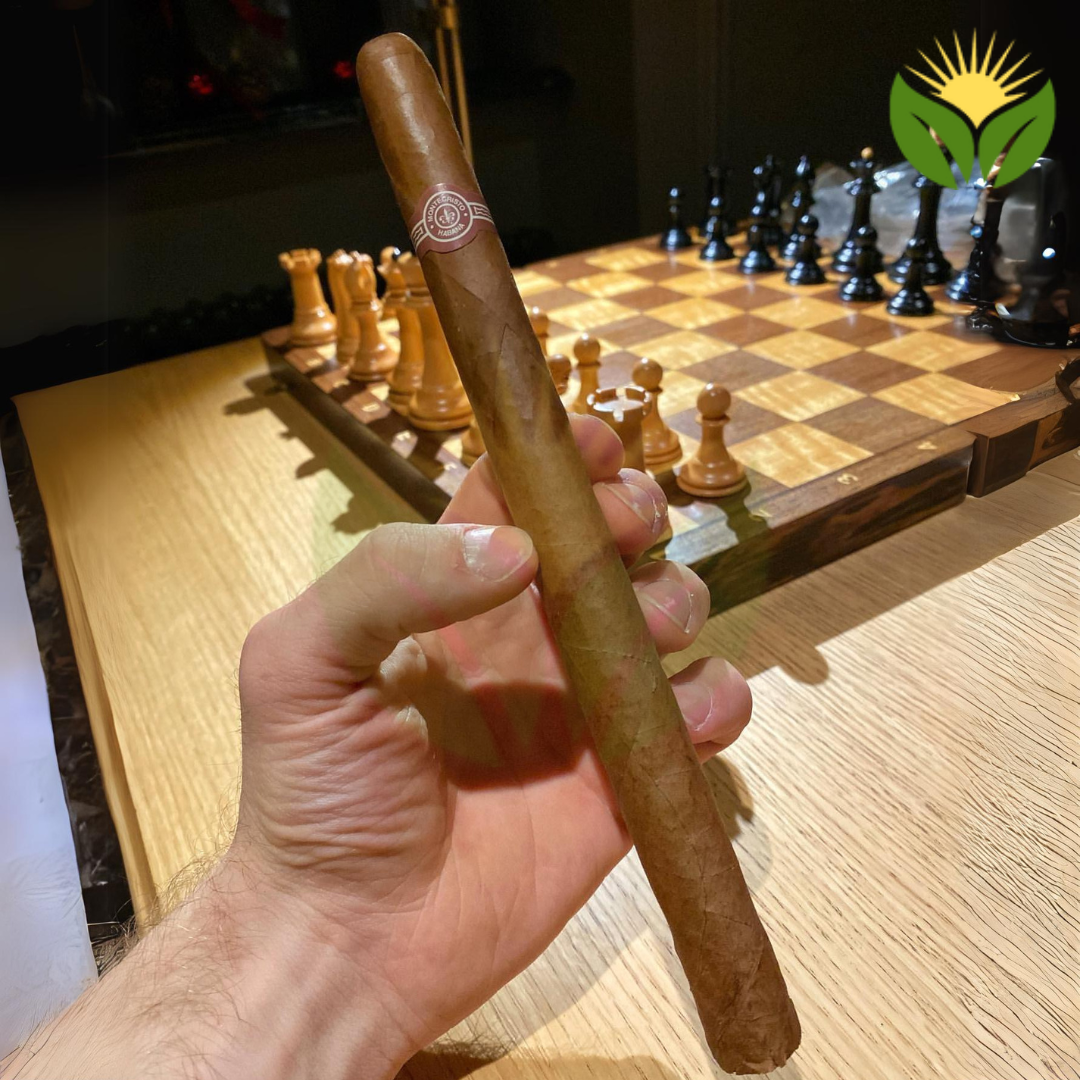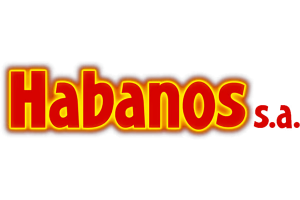


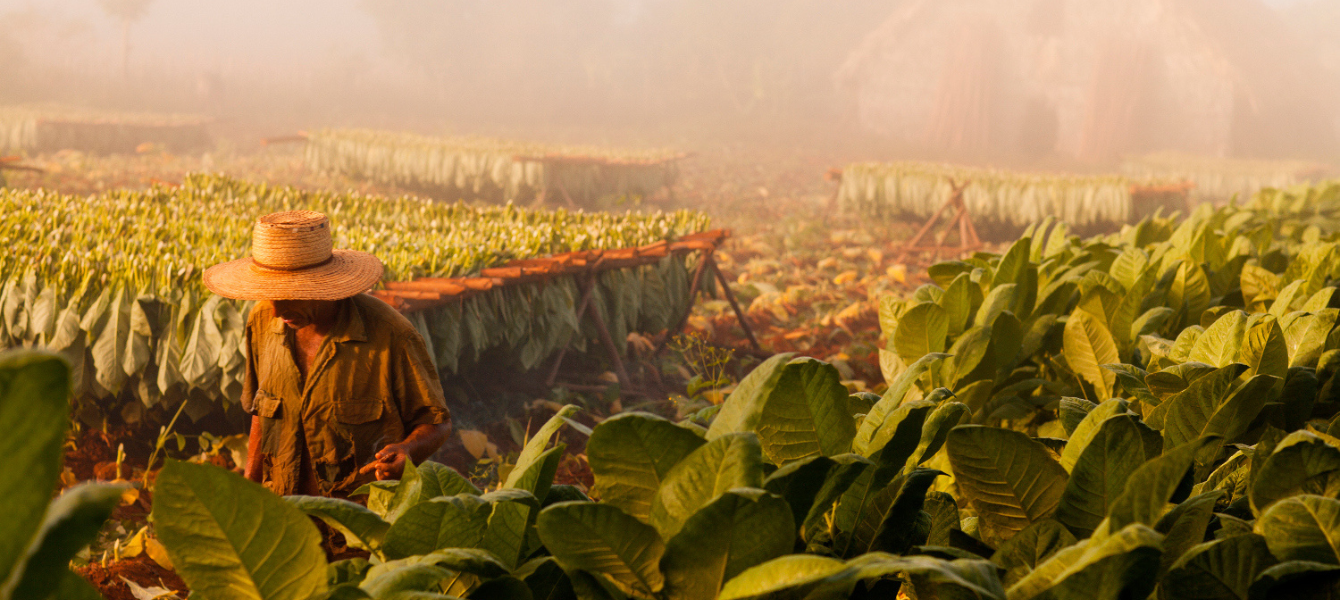
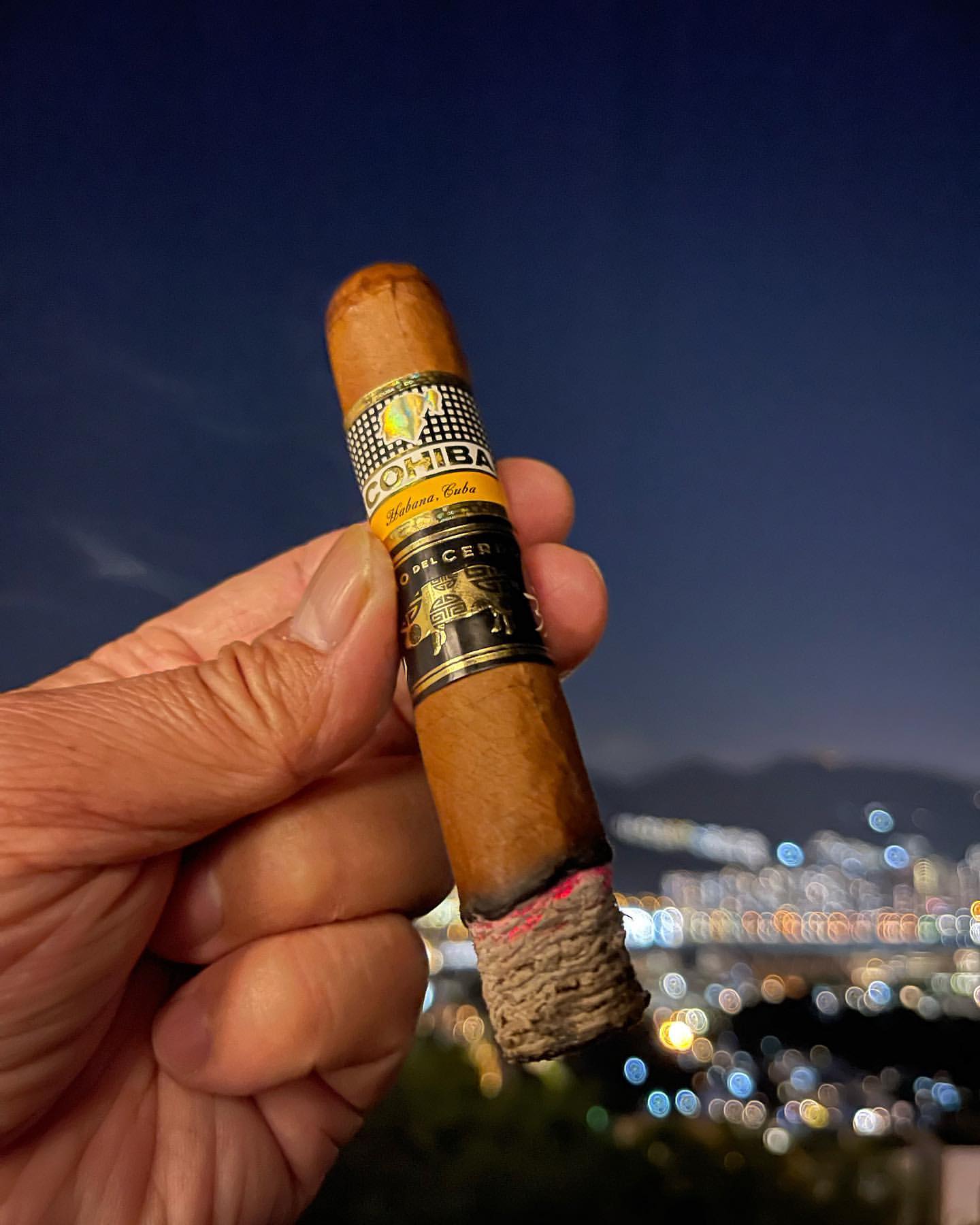

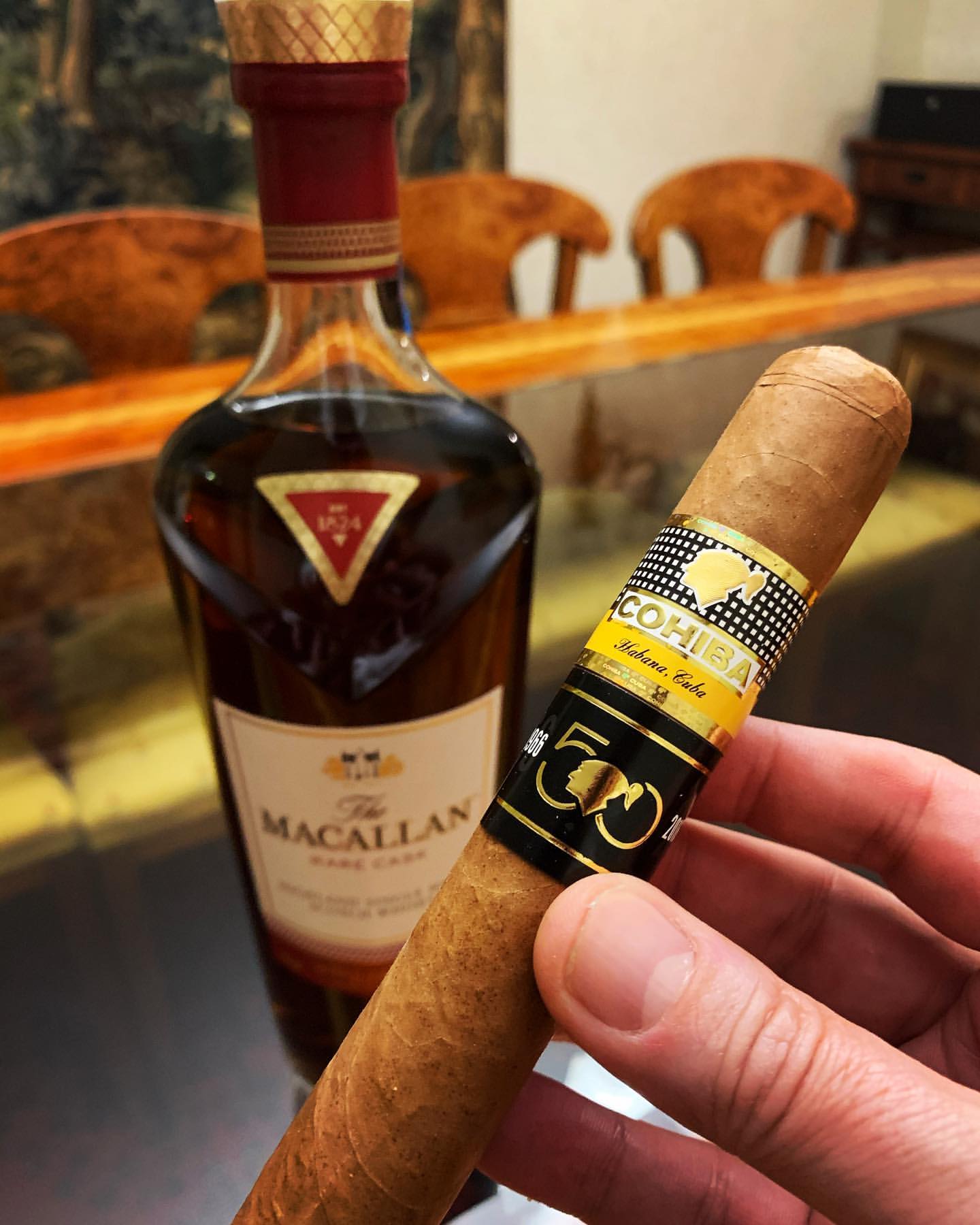
-
Free Delivery
-
Money Back Guarantee
-
Worldwide & USA Shipping
-
Credit Card Available
Explore Our Exclusive Collection of Cuban Cigars for Sale
Duty Free Cuban Cigars Online: Your Trusted Source Since 1997
Duty Free Cuban Cigars Online was launched in 1997 and is proudly based in the tax-free Cayman Islands. Renowned worldwide as one of the top purveyors of authentic Cuban cigars, we are supplied by authorized Habanos SA distributors from tax-free zones in Switzerland, including Bern, Carouge, and Geneva.
With official releases from Habanos S.A. headquarters in Havana, Cuba, we provide a vast selection of Regional Ediciones, Ediciones Limitadas, La Casa del Habano (LCDH) exclusives, and rare collectible humidors and jars. All our products are genuine, delivered in original sealed boxes at duty-free prices to over 150 countries, including the USA.
Exciting News: We Are Back!
After a four-year hiatus, we are thrilled to announce that Duty Free Cuban Cigars Online is back, under new ownership and management. We now offer enhanced guarantees, more secure payment methods, and the best customer service possible.
Over 90% of our customers rate our cigars as "exceptional" in both flavor and freshness.
What Sets Us Apart?
Premium Quality, Duty-Free Prices
Shop world-renowned brands at prices only duty-free can deliver.
Limited-Edition Cigars
From rare finds to limited releases, our exclusive duty-free collection you won’t find anywhere else.
No Middlemen
We cut out the middleman to bring you top-tier cigars directly from the source, keeping quality high and prices low.
Up to 40% Savings on Top Brands
Enjoy premium cigars at a fraction of the cost. Our duty-free advantage brings you savings up to 40% on iconic brands.
Freshness Guaranteed
Each cigar is carefully stored and shipped in optimal conditions, ensuring freshness and authentic flavor with every puff.
Worldwide Shipping
Wherever you are, we bring premium cigars to your door with our trusted international shipping partners to over 150 countries. Plus, our hassle-free return policy ensures your complete satisfaction.
Curated Selection
Our expertly curated lineup has something for every taste and occasion, from smooth classics to bold and complex flavors.
Authentic Cigars
We guarantee authenticity and quality, partnering only with licensed suppliers to bring you trusted, real cigars in original sealed boxes.
Fast and Secure Shipping
Experience fast, reliable delivery, with every order tracked and supported by our dedicated customer service team.
Enhanced Security
Enjoy premium cigars at a fraction of the cost. Our duty-free advantage brings you savings up to 40% on iconic brands.
Exceptional Service
The new ownership is dedicated to providing the best customer service and user experience. We’re here to help you resolve all your concerns.
Sustainable
We are committed to ethical sourcing and packaging as environmentally and socially responsible producers.
Our Offerings
In addition to Cuban cigars, we carry a wide array of Habanos & Bidosa porcelain cigar ashtrays, a tasty variety of Cuban coffee brands (Cubita, Serrano, Turquino), and Cuban cigarettes (Cohiba, H Upmann, Popular, Hollywood).
We also offer the top 10 best-selling premium cigar brands, as surveyed by Cigar Aficionado in 2016 and 2017, including Arturo Fuente, Opus X, Ashton, Rocky Patel, Padron, Romeo y Julieta, Montecristo, and Oliva.
Why Choose Us?
- Authentic Products: Guaranteed real Cuban cigars in original sealed boxes.
- Worldwide Delivery: Duty-free prices shipped to over 150 countries.
- Enhanced Security: More secure payment methods for your peace of mind.
- Exceptional Service: New ownership dedicated to providing the best customer service.
Experience the finest Cuban cigars and exceptional service at Duty Free Cuban Cigars Online. Welcome back to a world of premium quality and trusted expertise.
How It Works
Browse Online Selection
Explore a curated collection and find your favorite cigar. Simply add them to your cart and go for the checkout process.
Checkout
With our secure checkout system, completing your purchase is fast and worry-free. Choose your payment method, review your order, and confirm—all within minutes.
Receive & Enjoy
You’ll receive tracking information of your order. It will be delivered 5-14 days depending upon domestic and international shipping.
"A Cuban cigar is like a journey; it takes you through a spectrum of flavors and experiences, leaving you with a lingering memory of elegance and craftsmanship."
Reviews



Blogs and Guides
-
Free Delivery
-
Money Back Guarantee
-
24/7 Support
-
Stamped boxes


